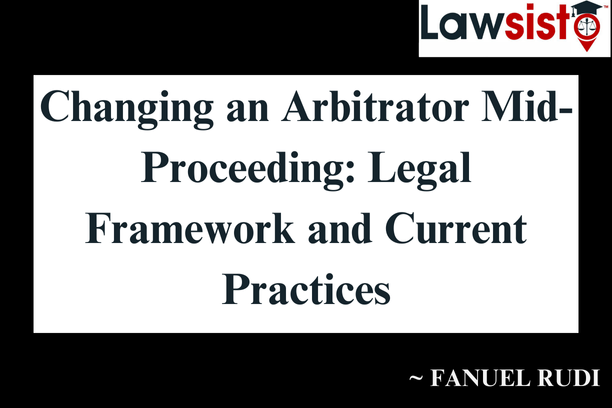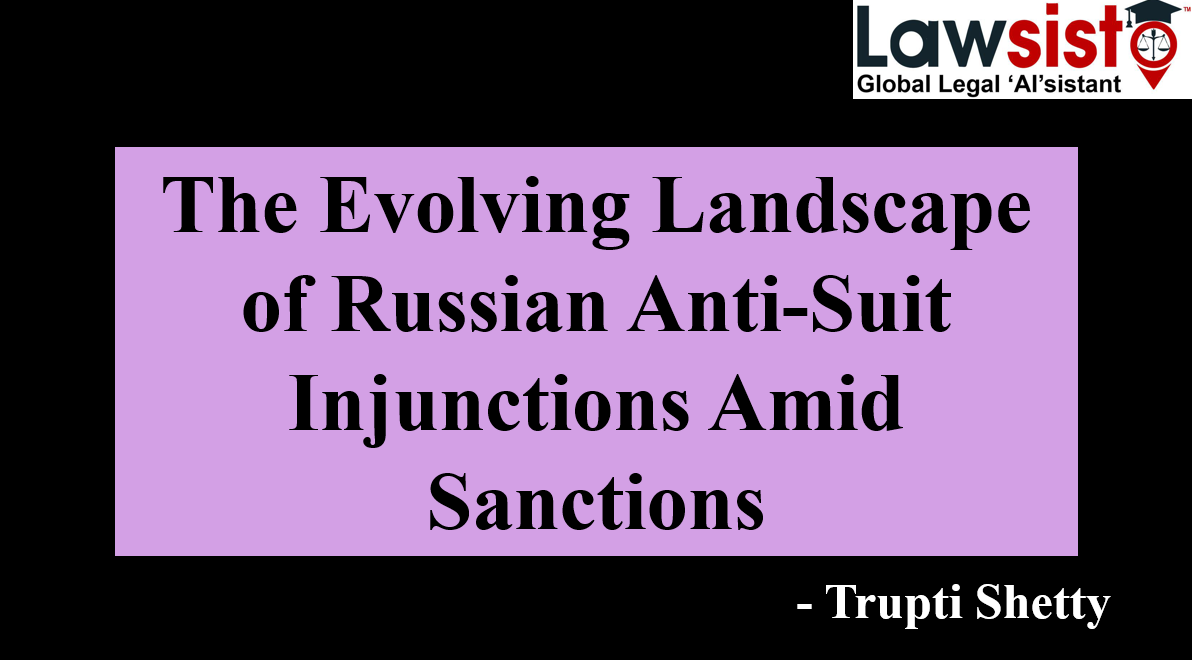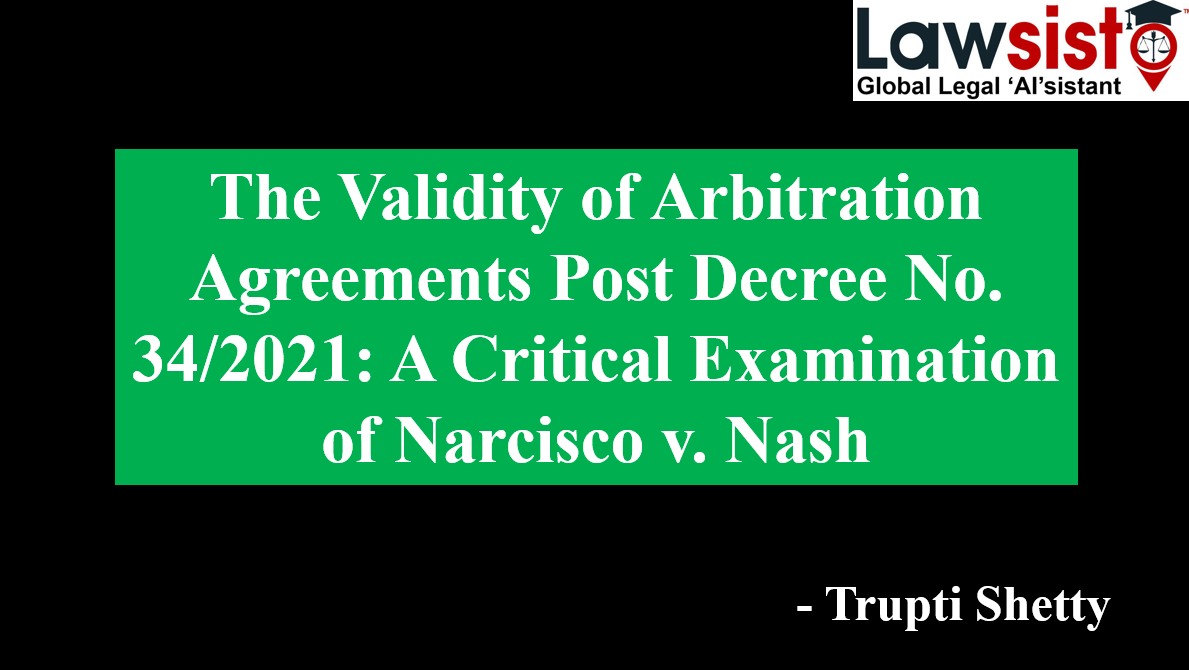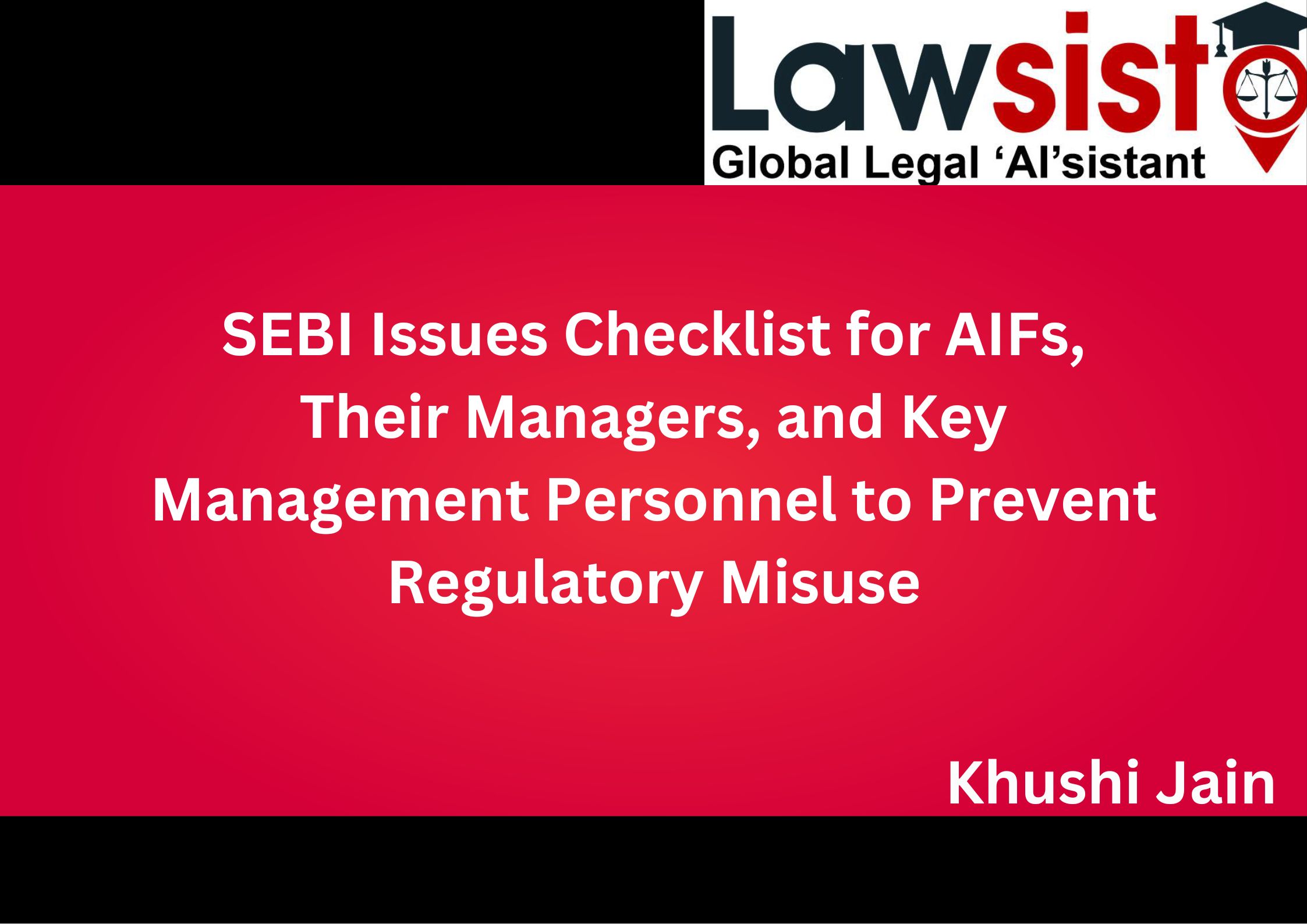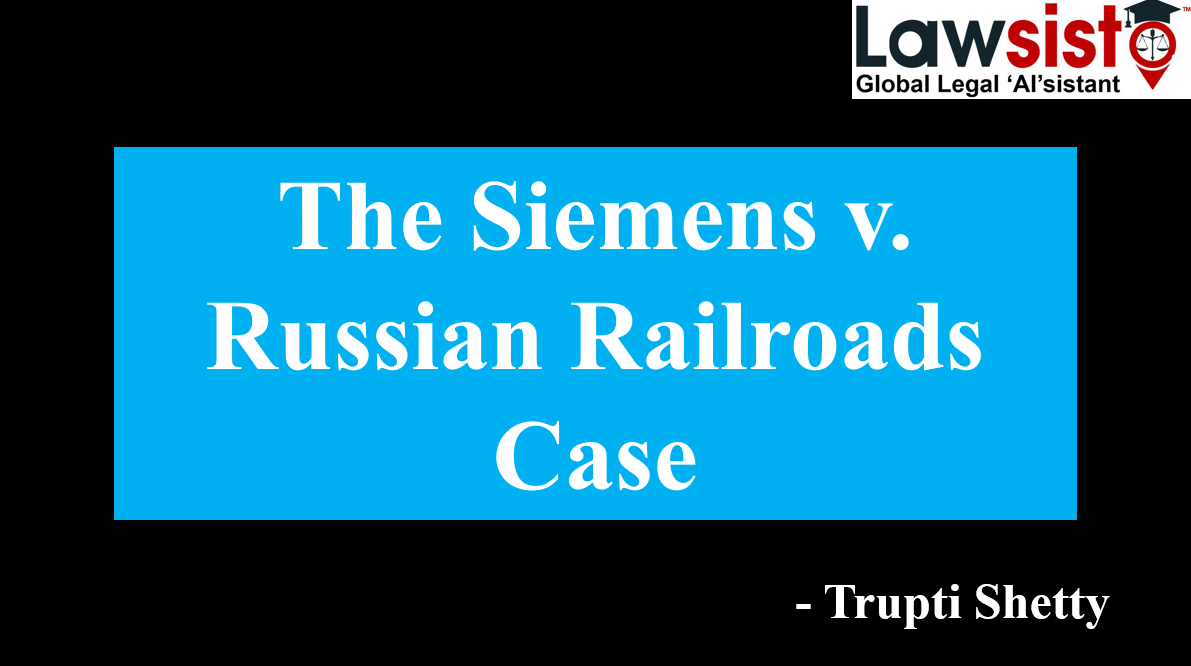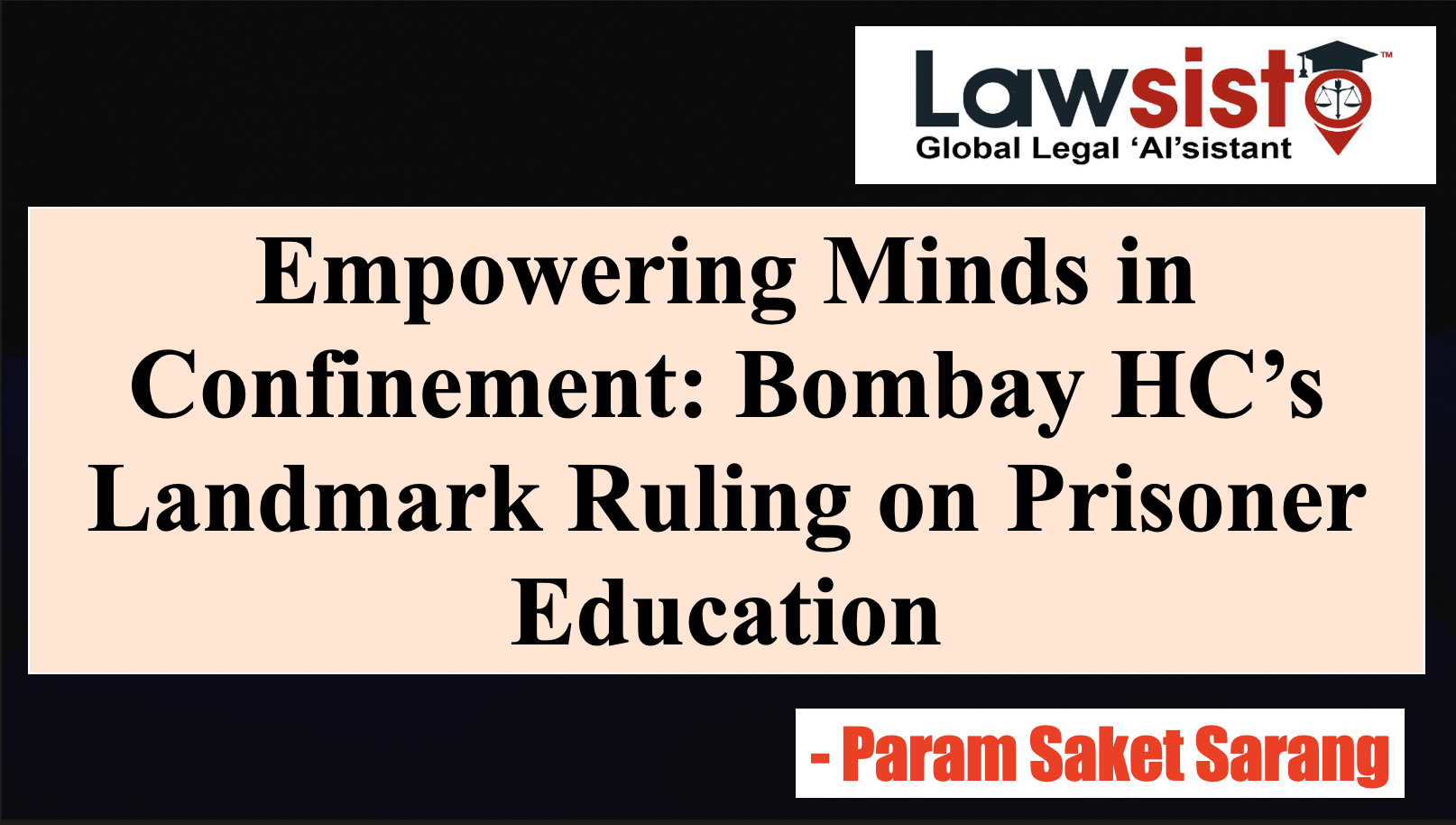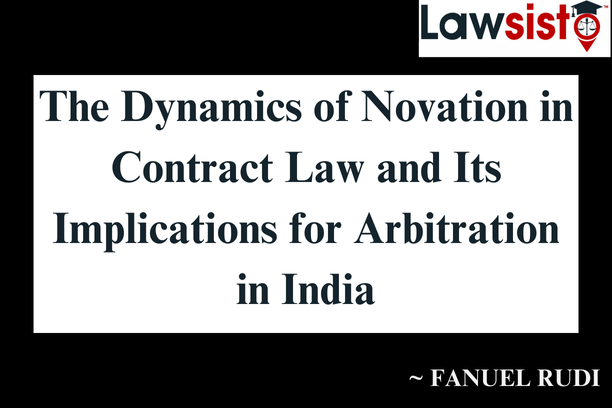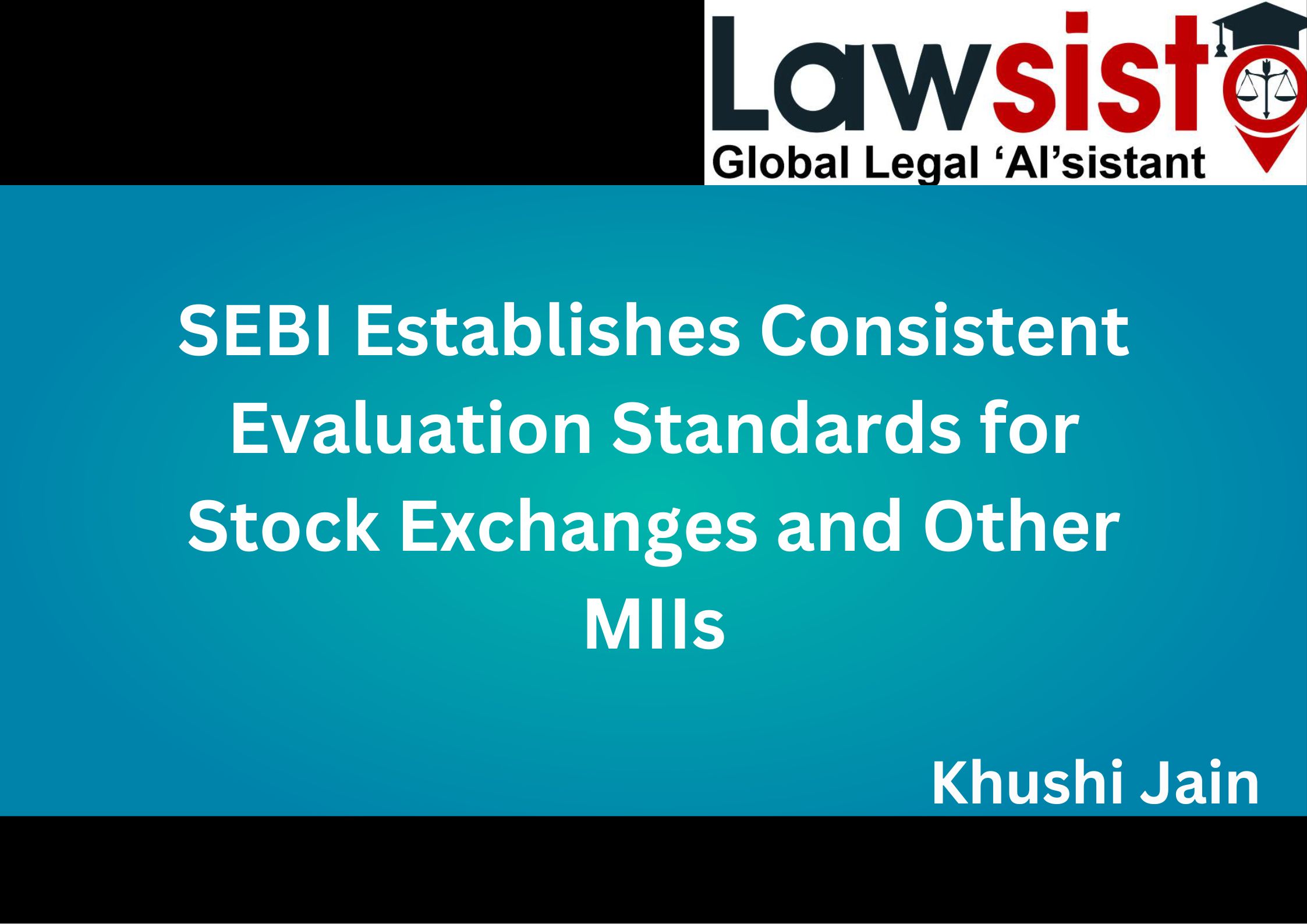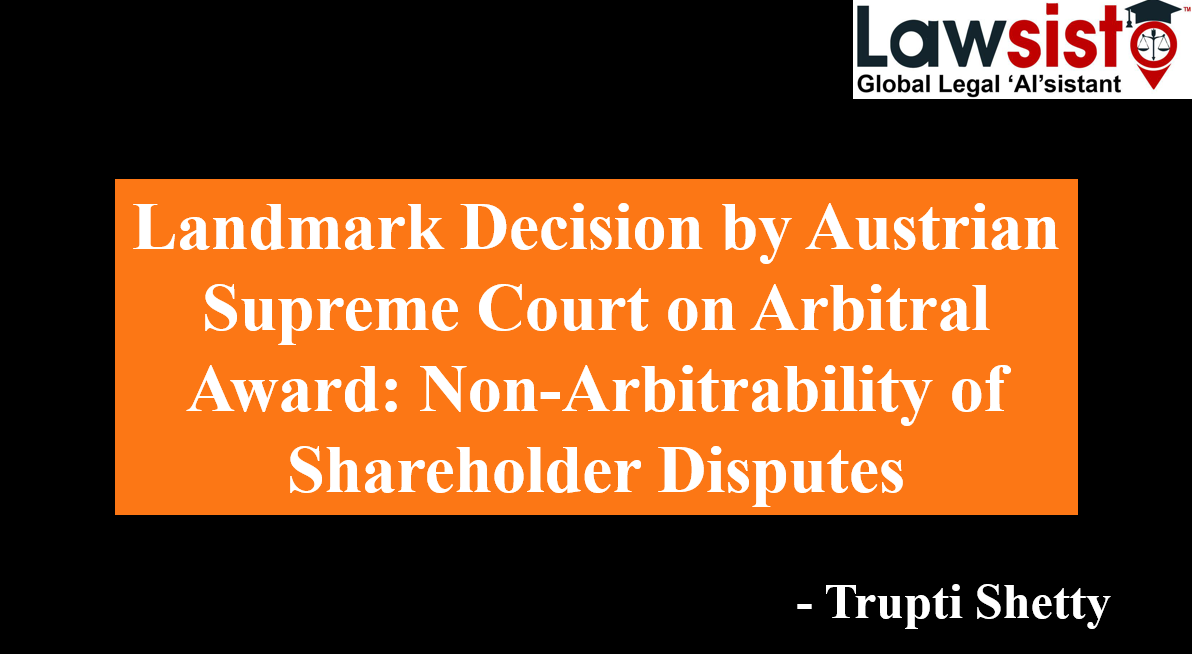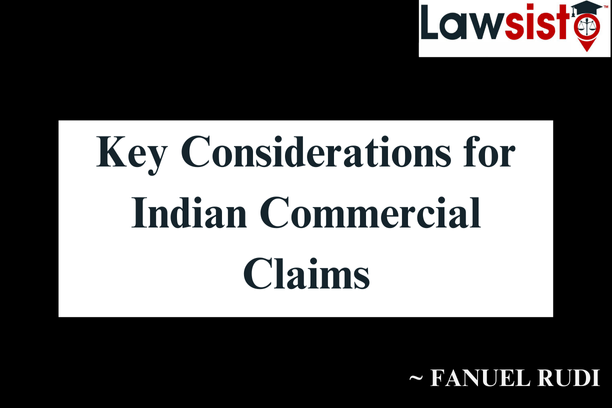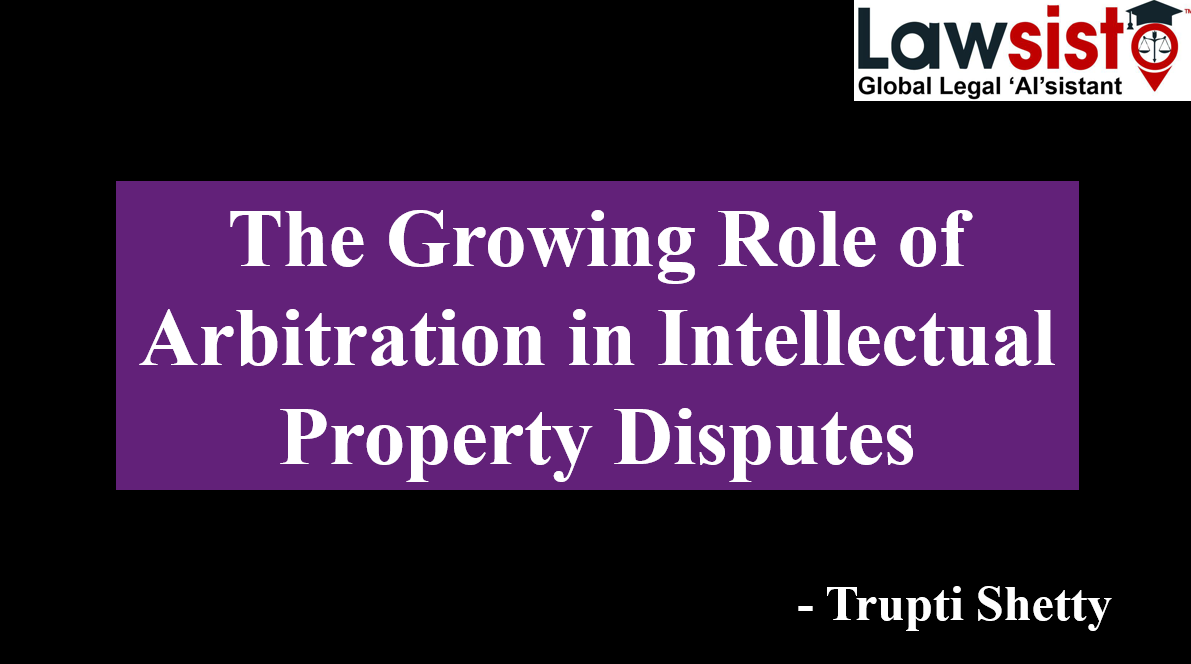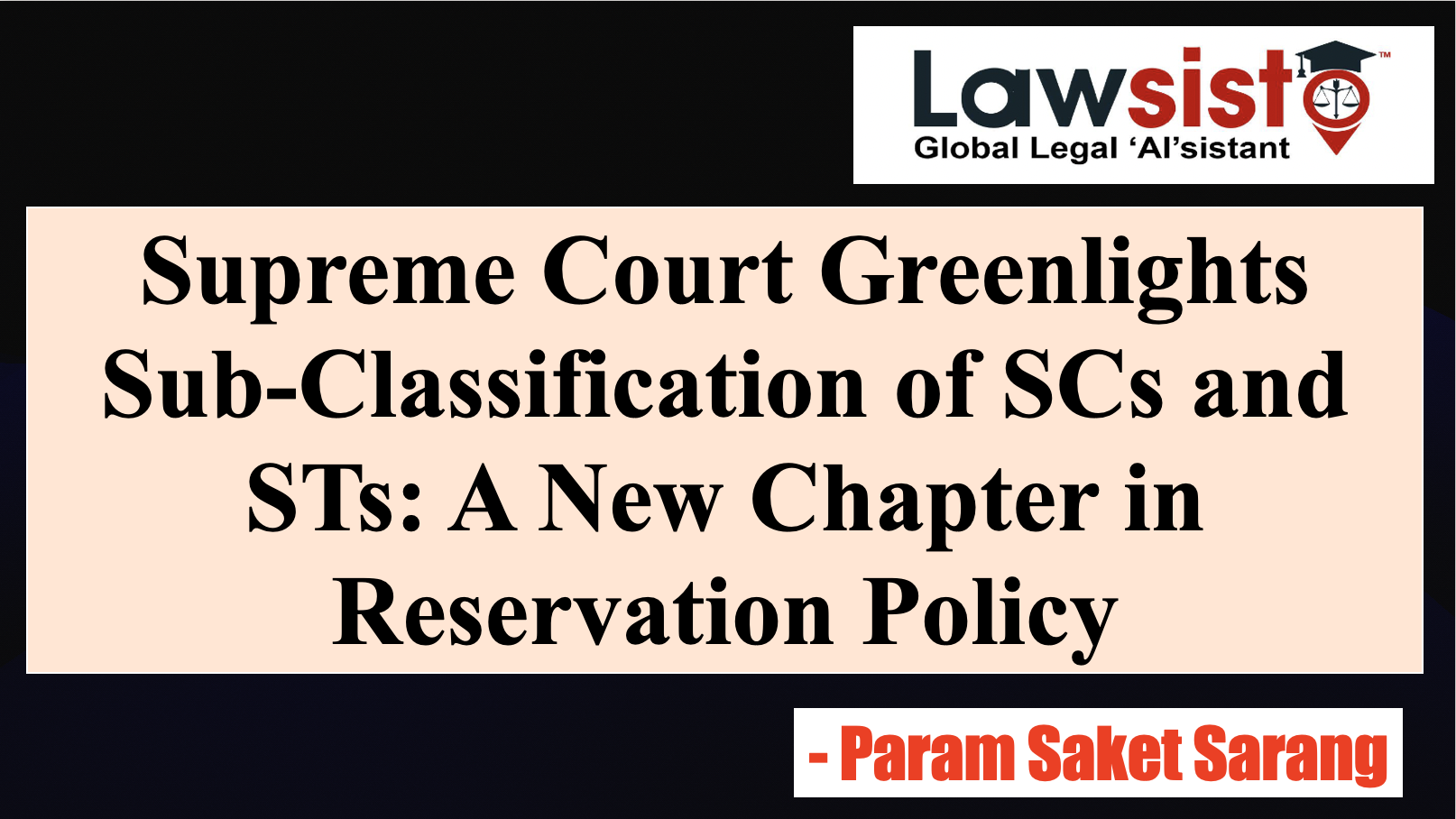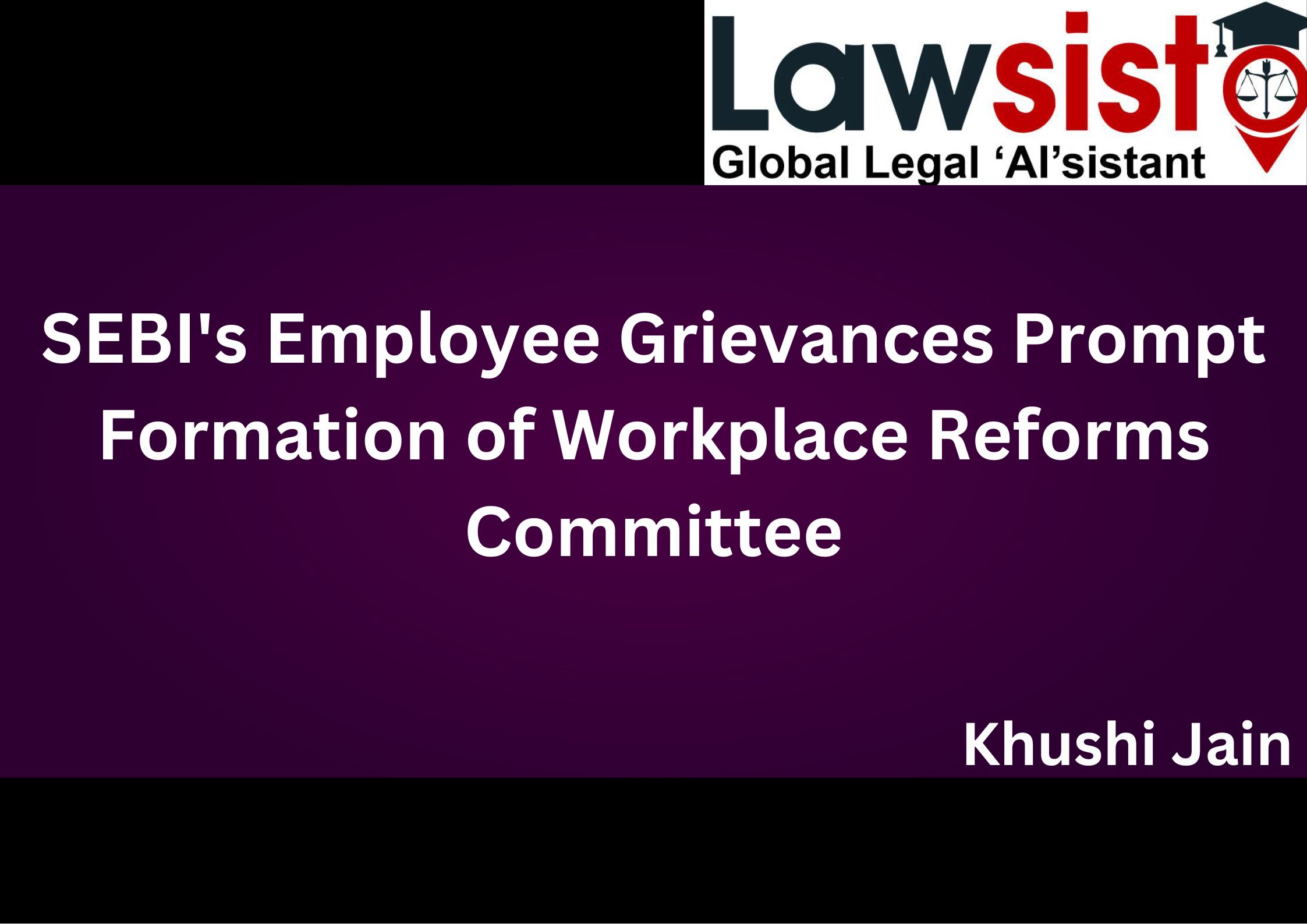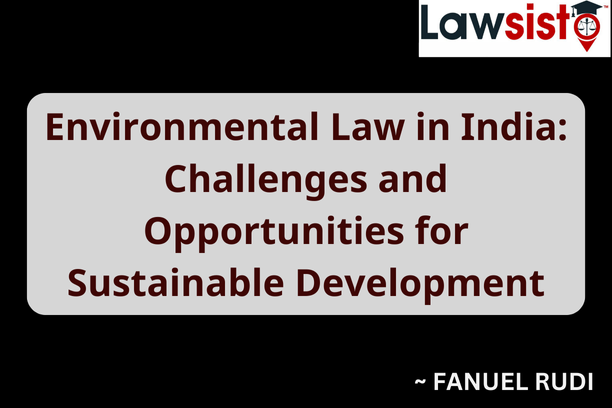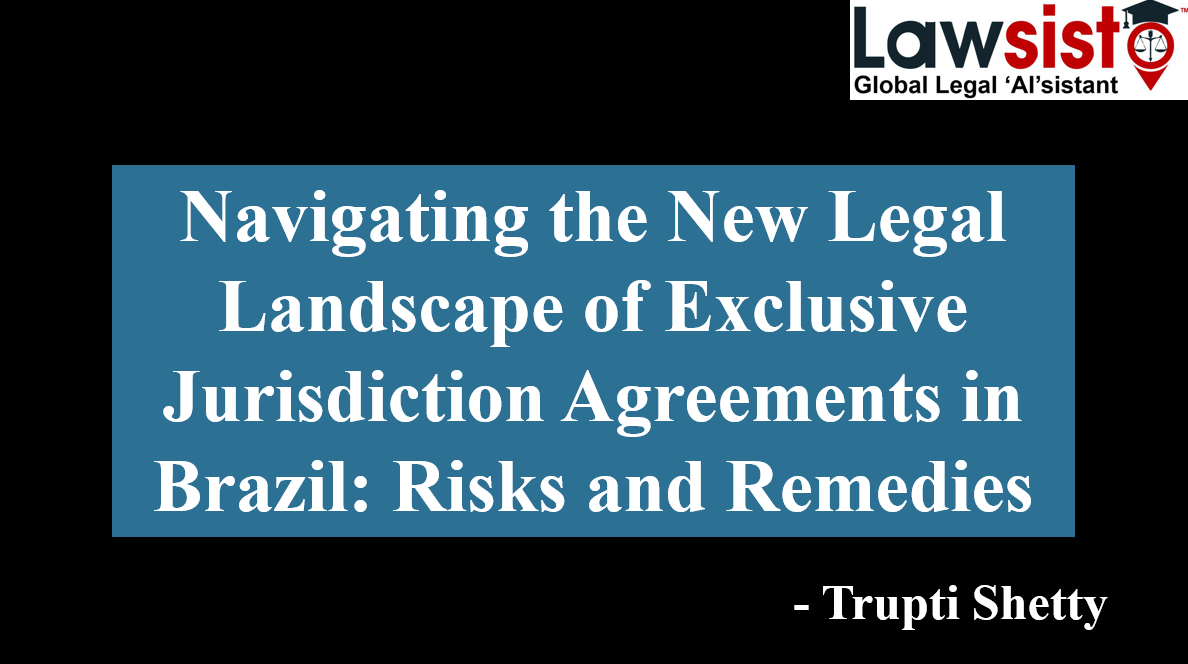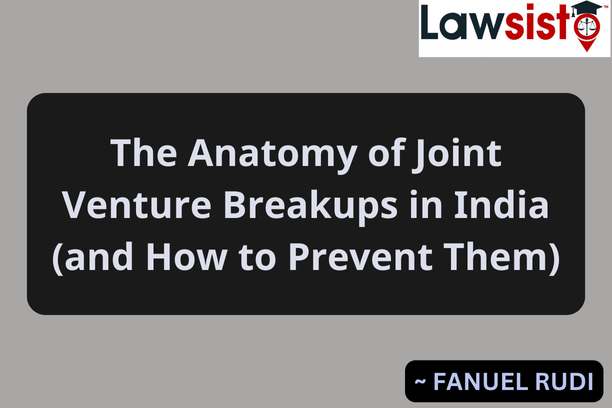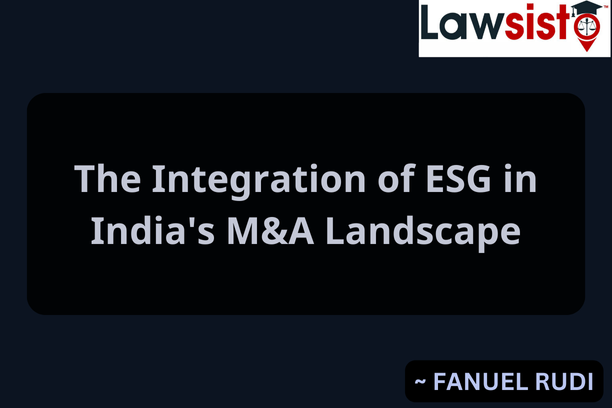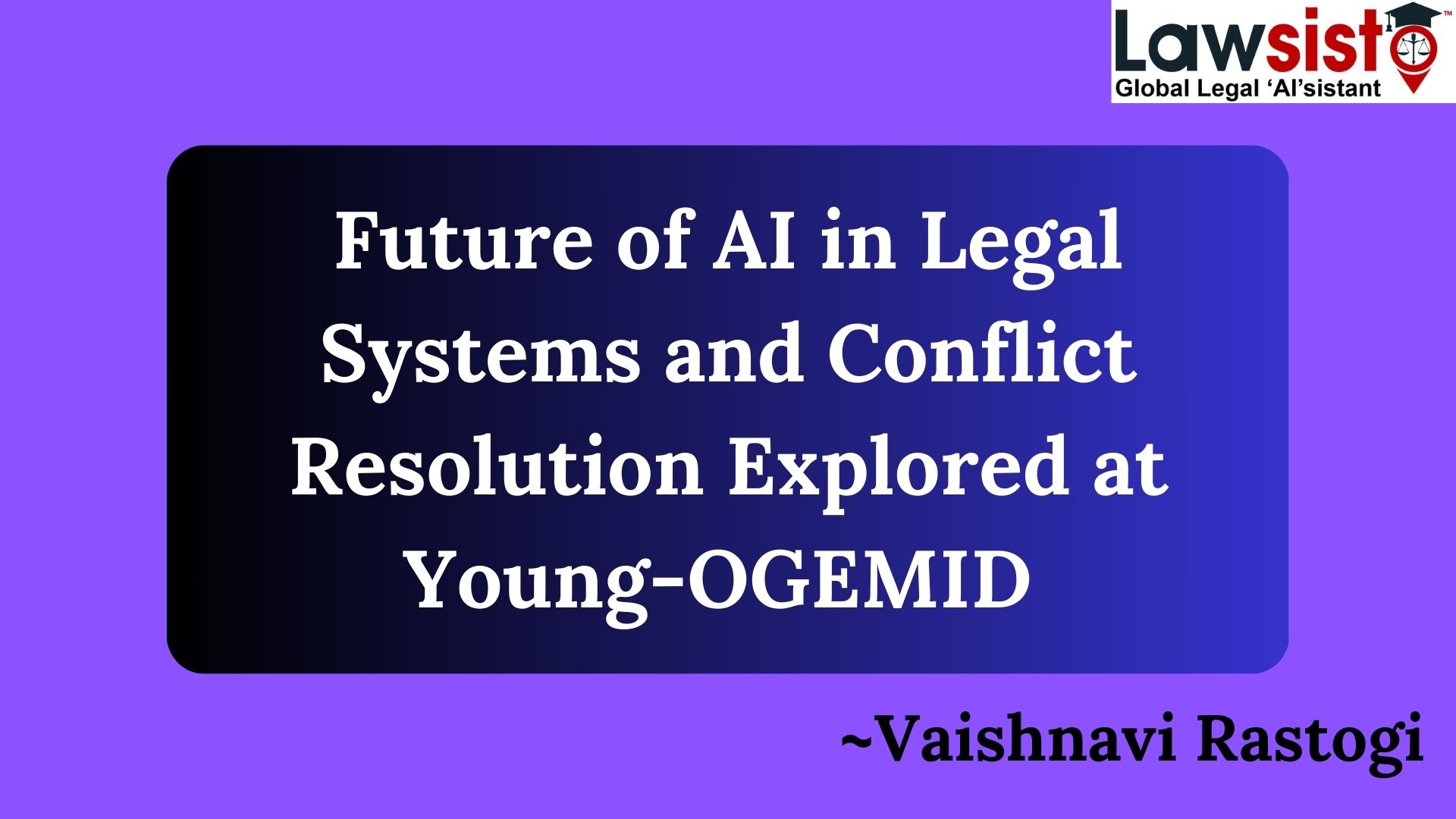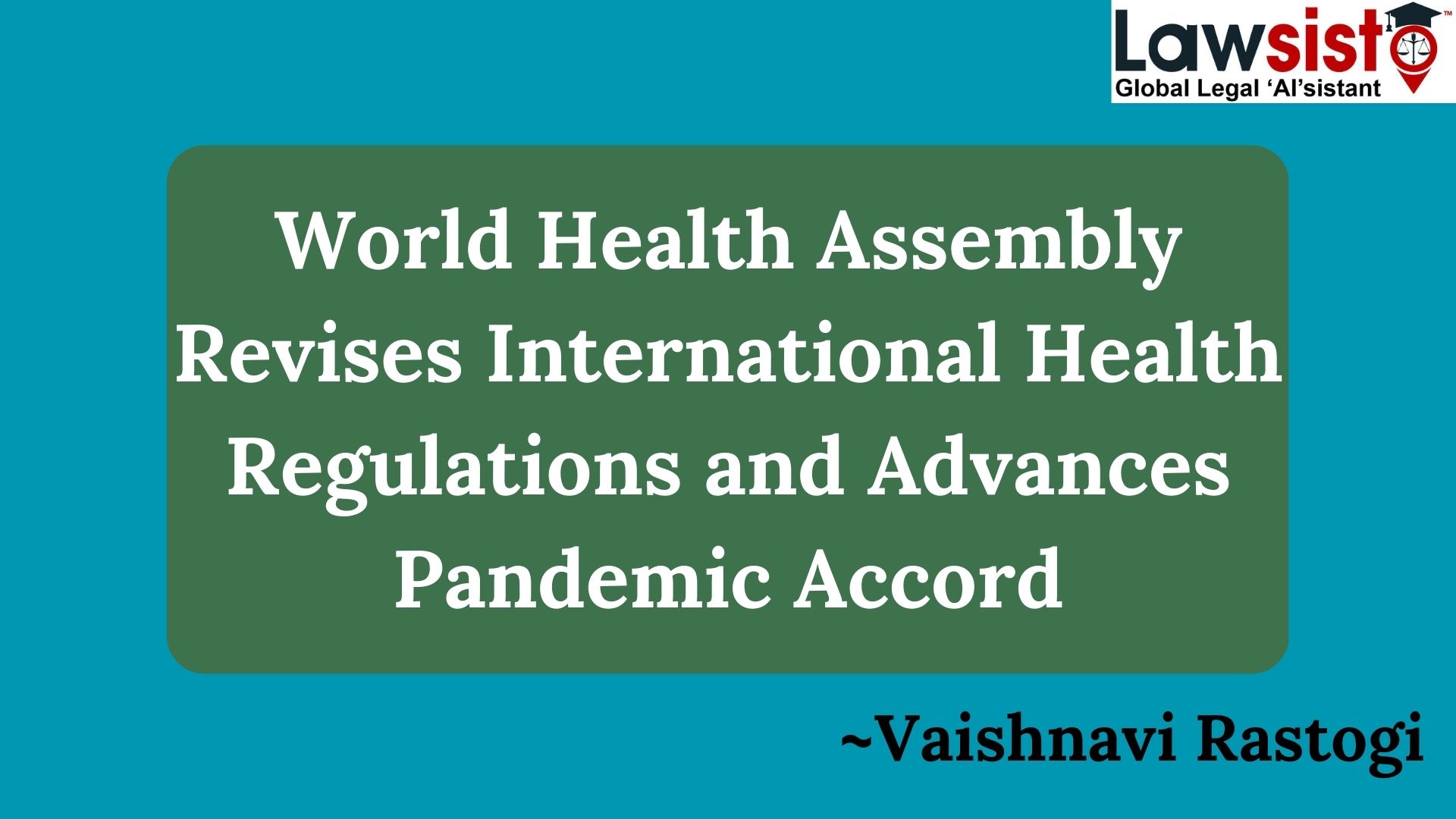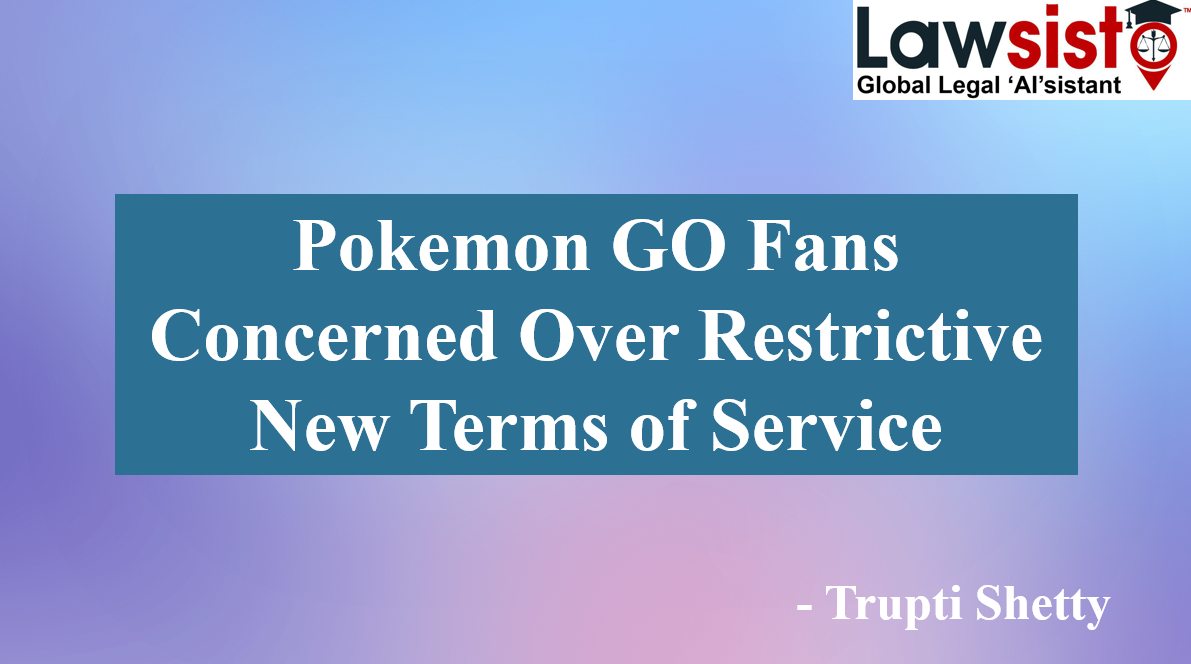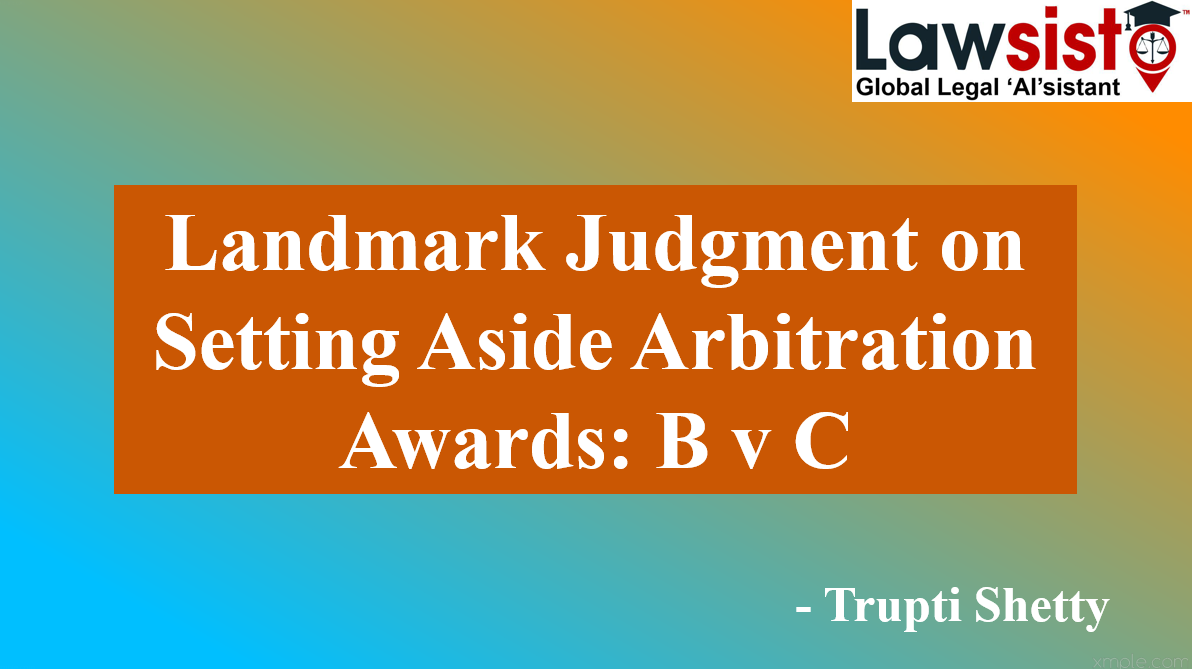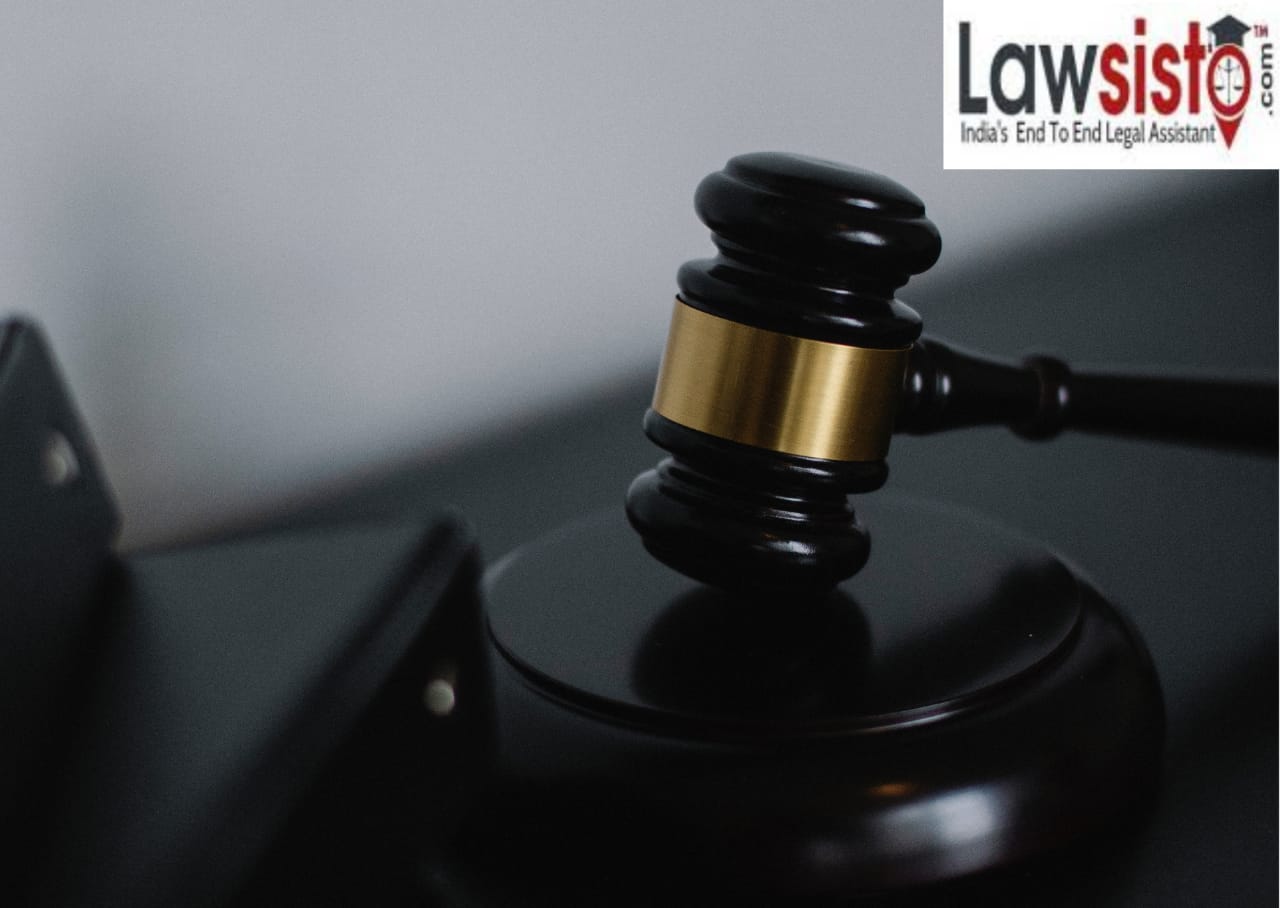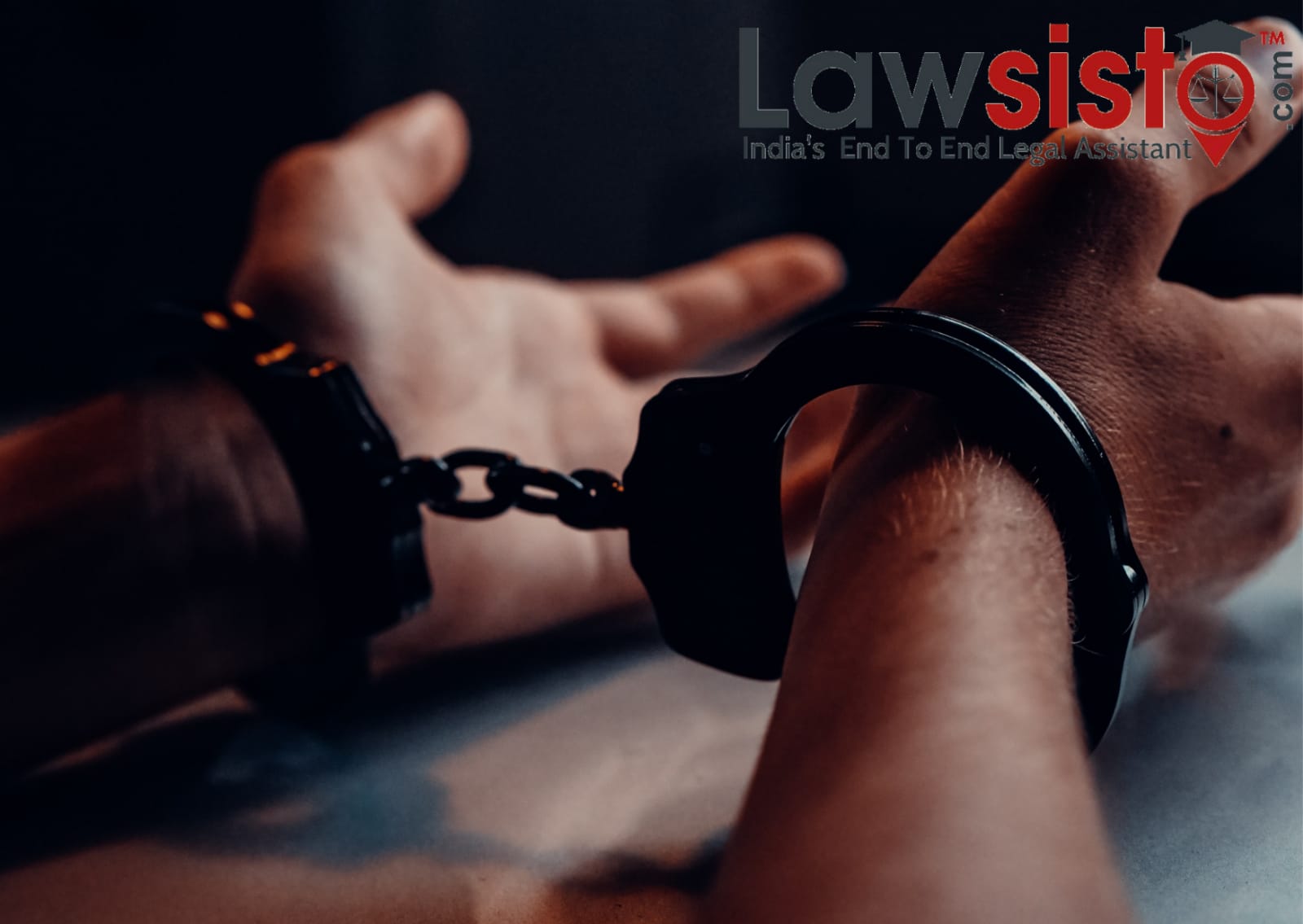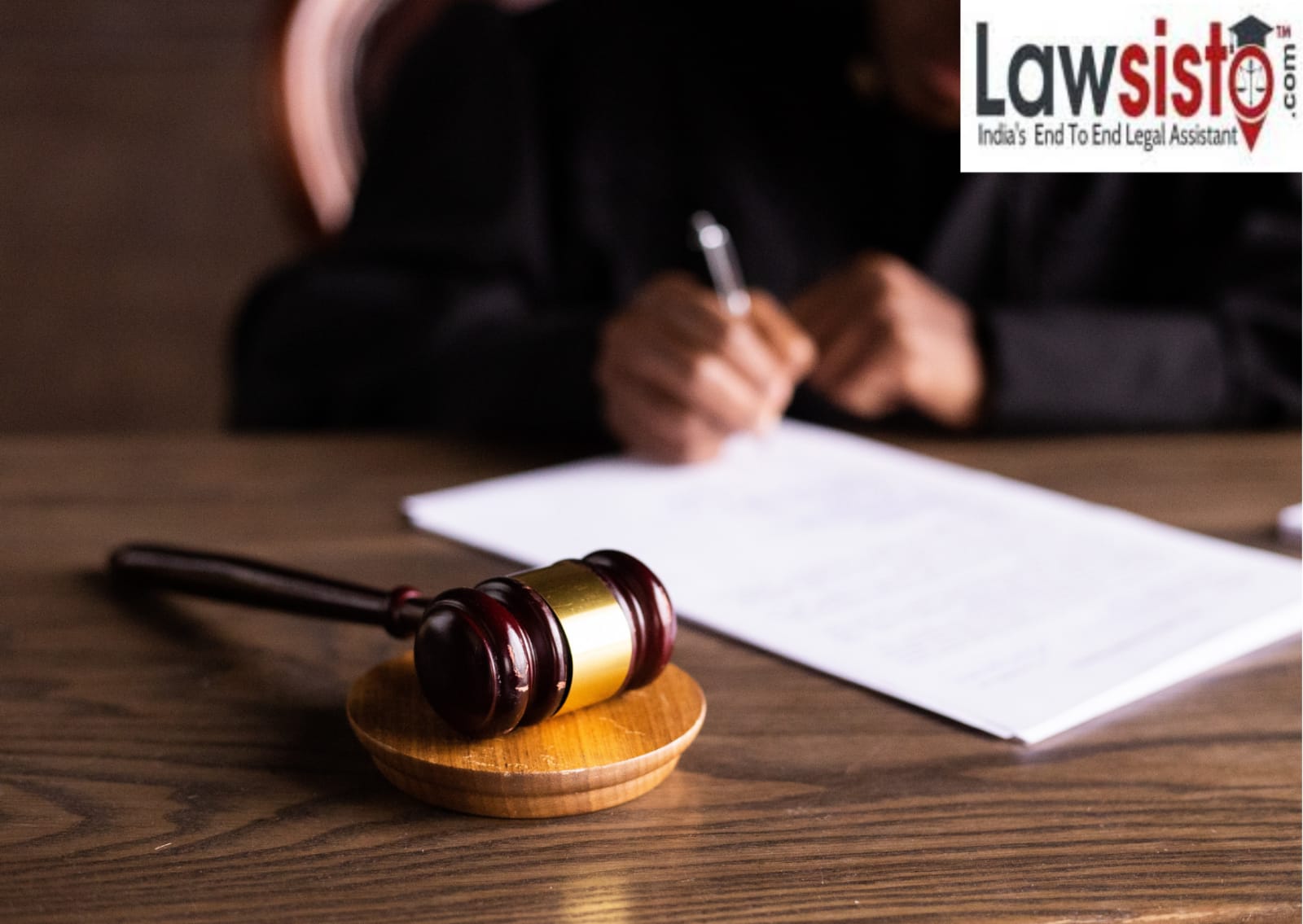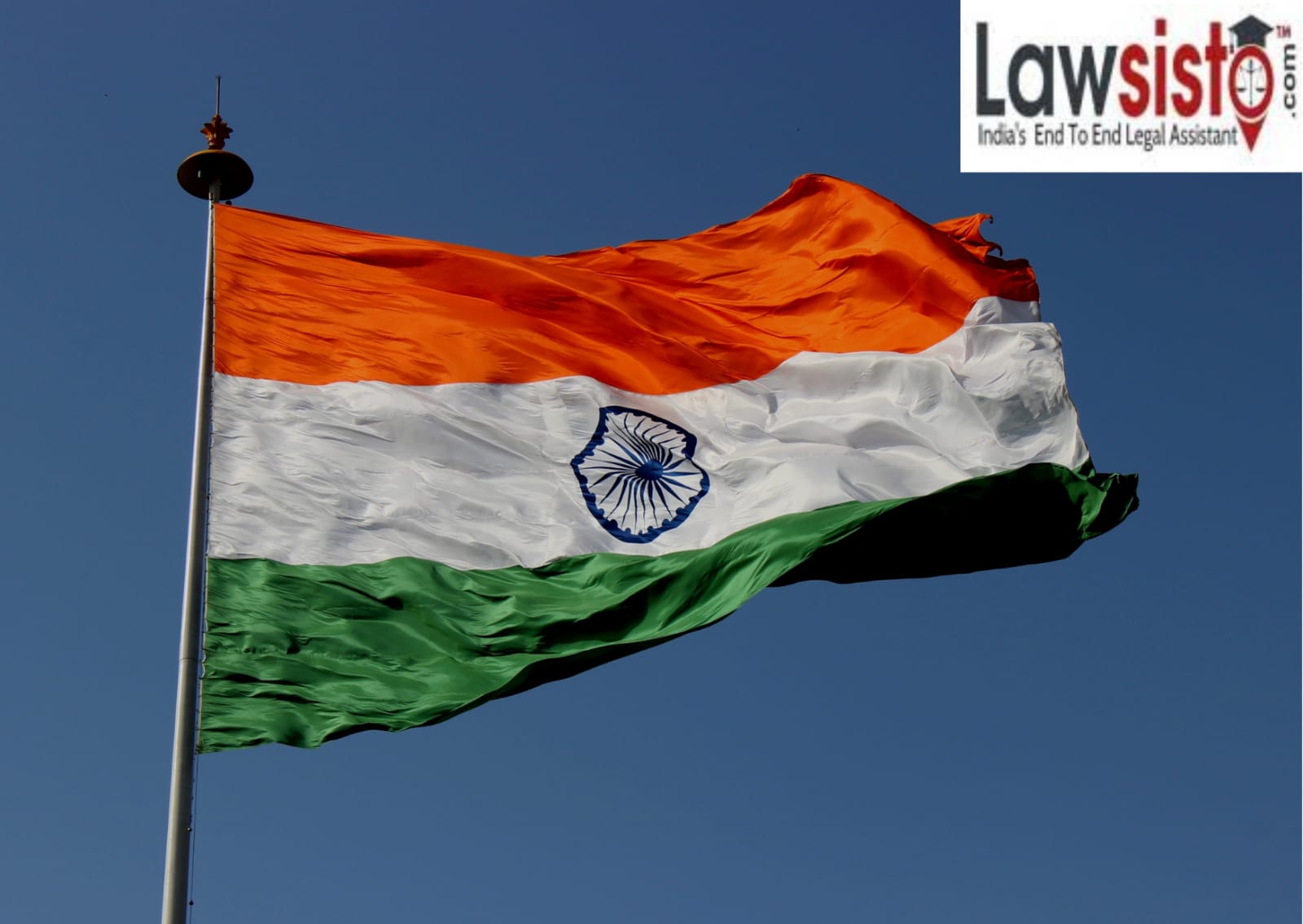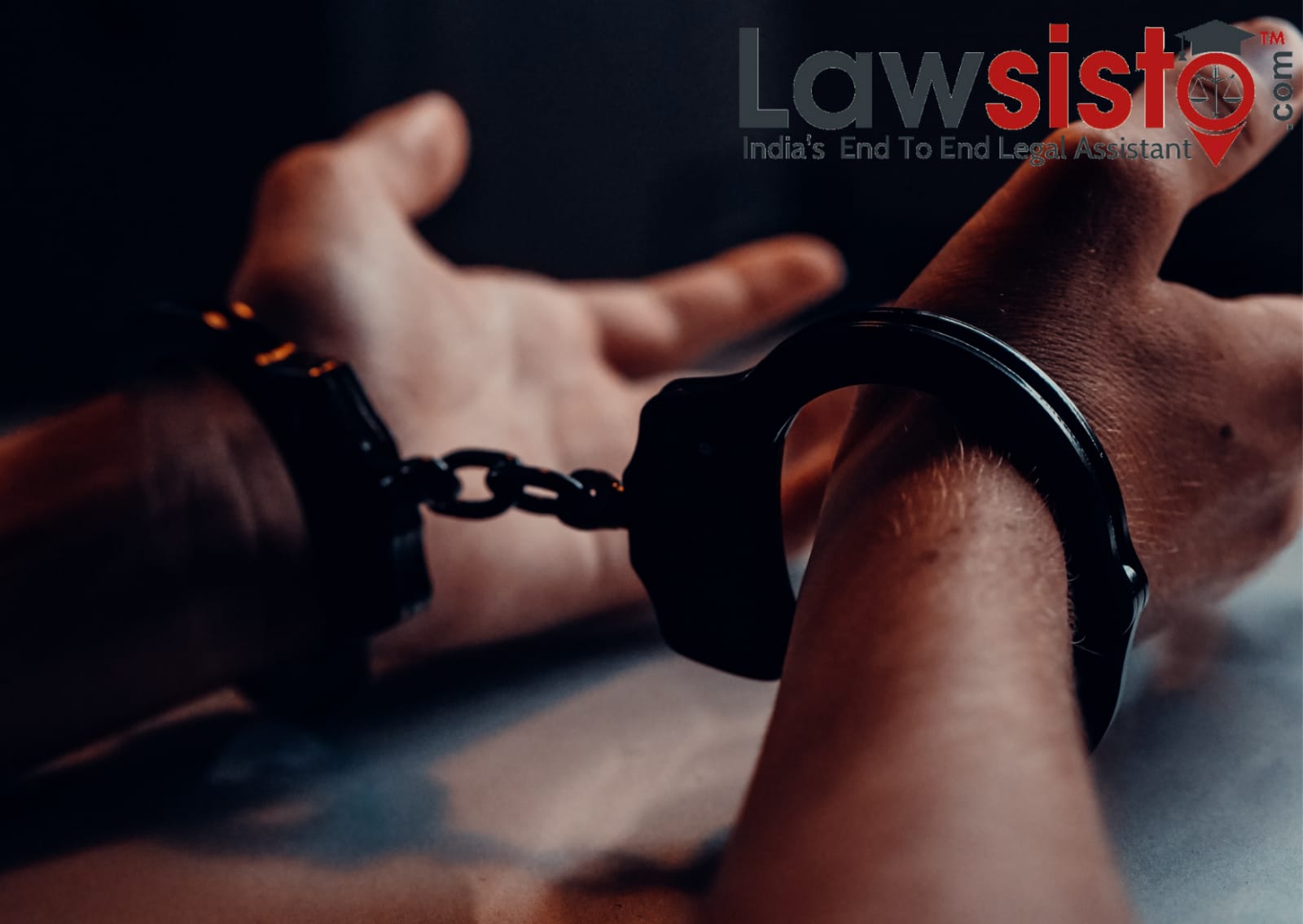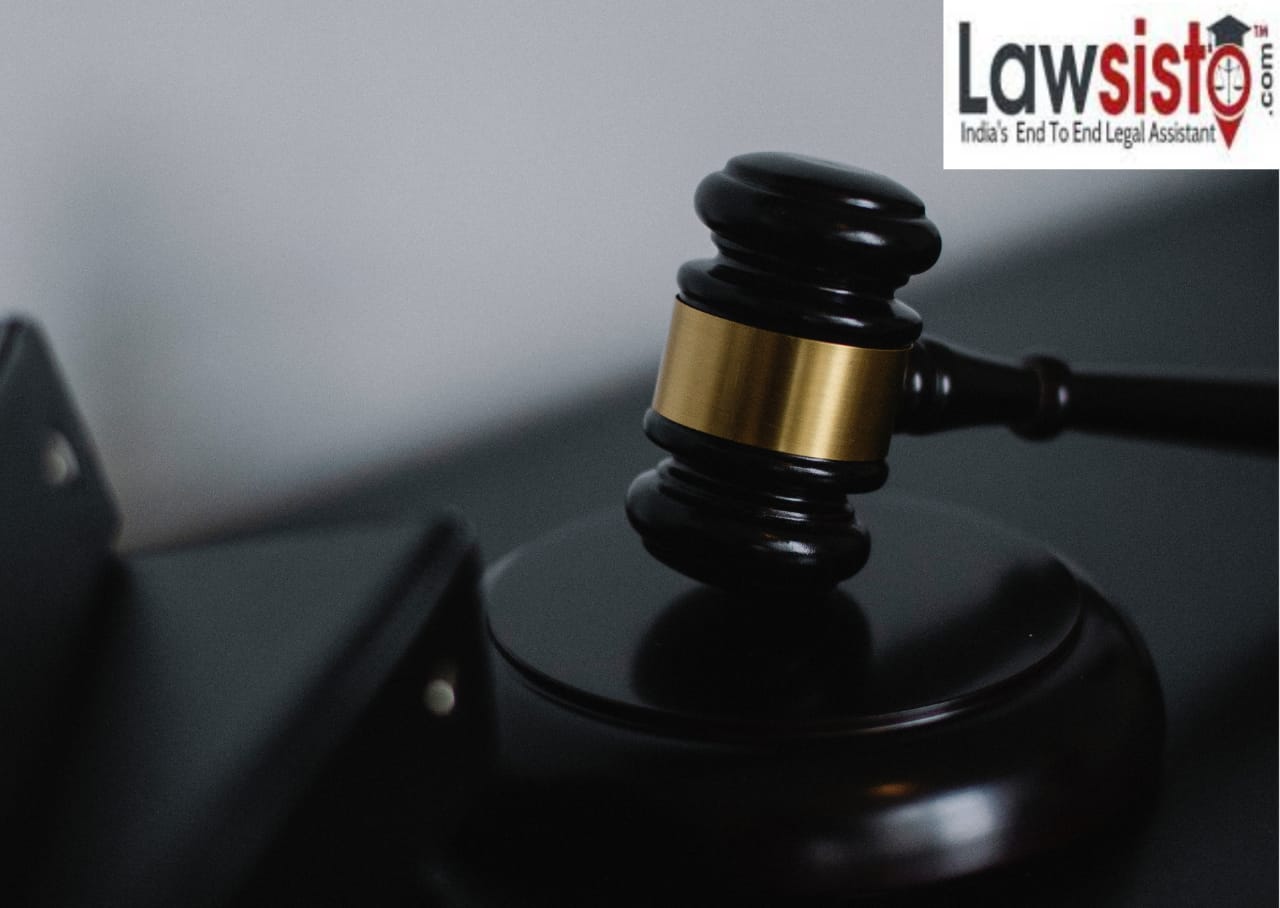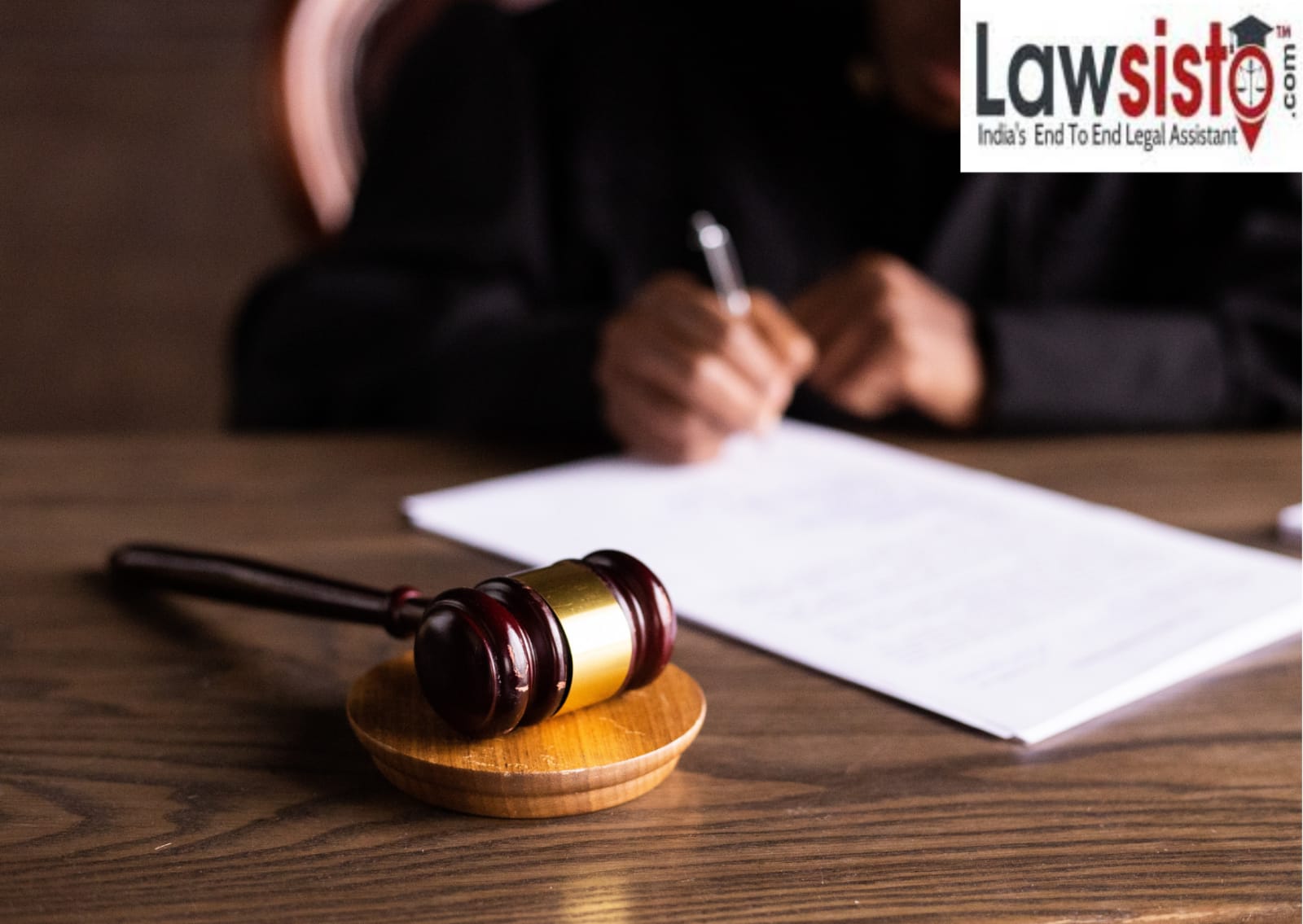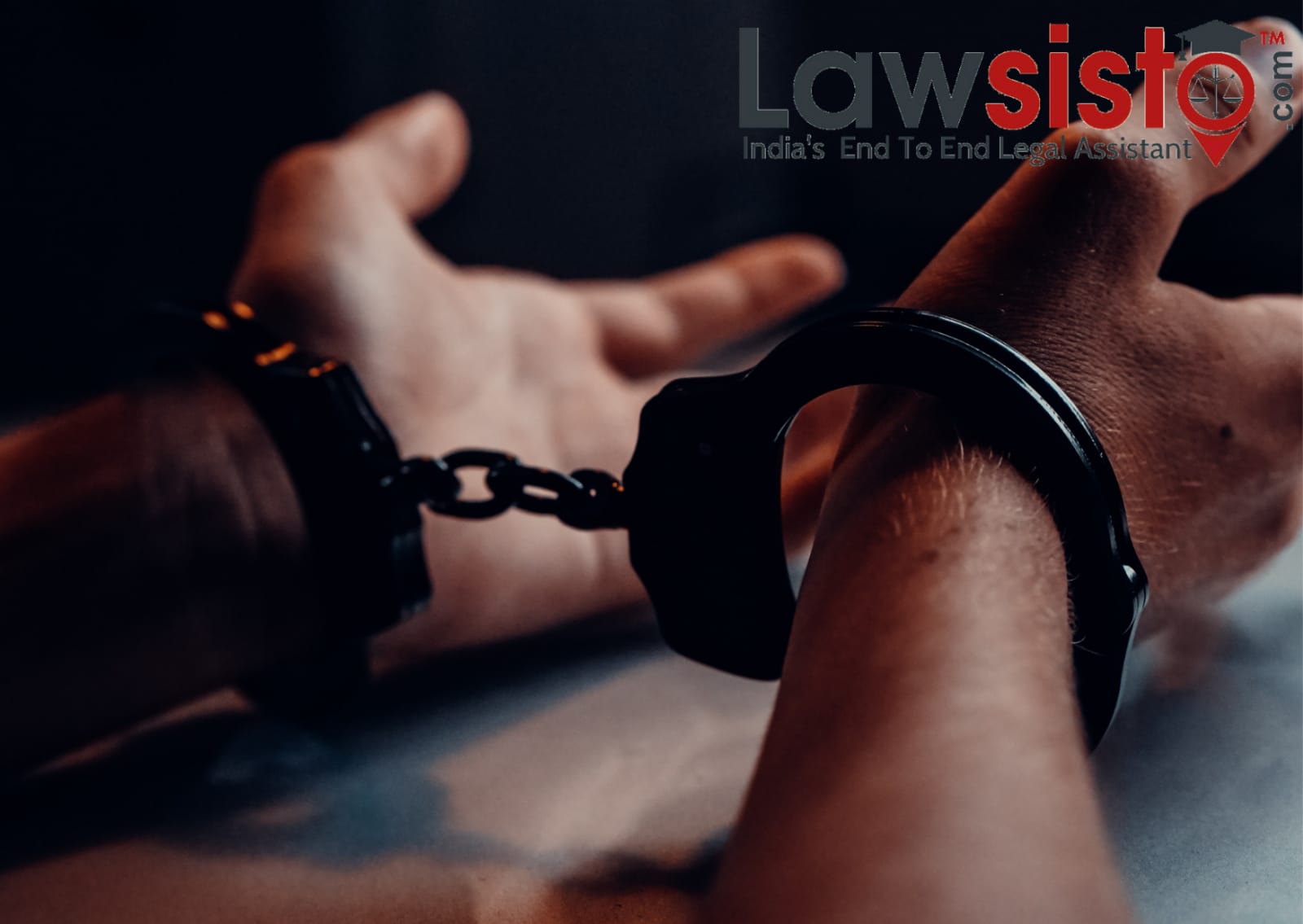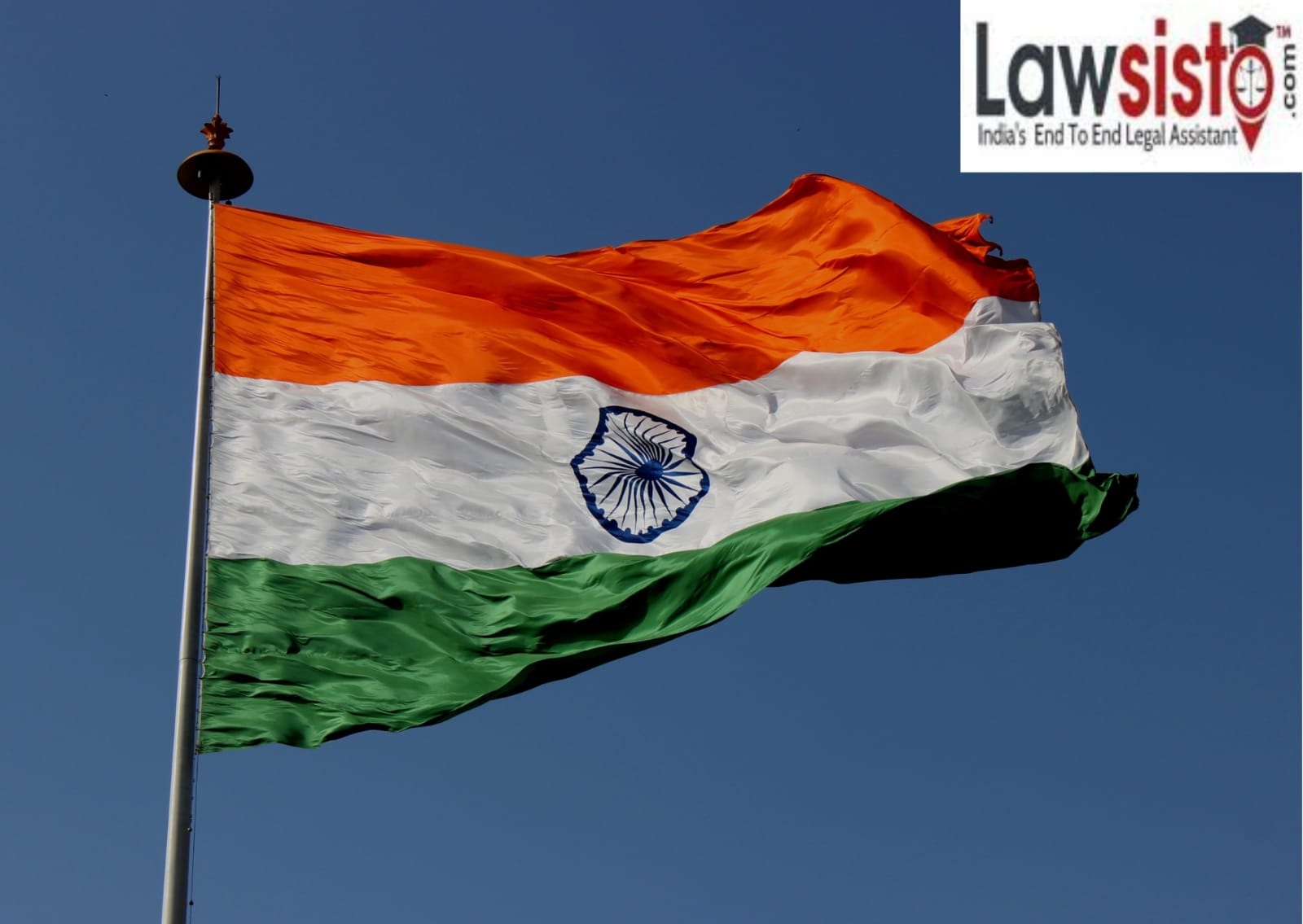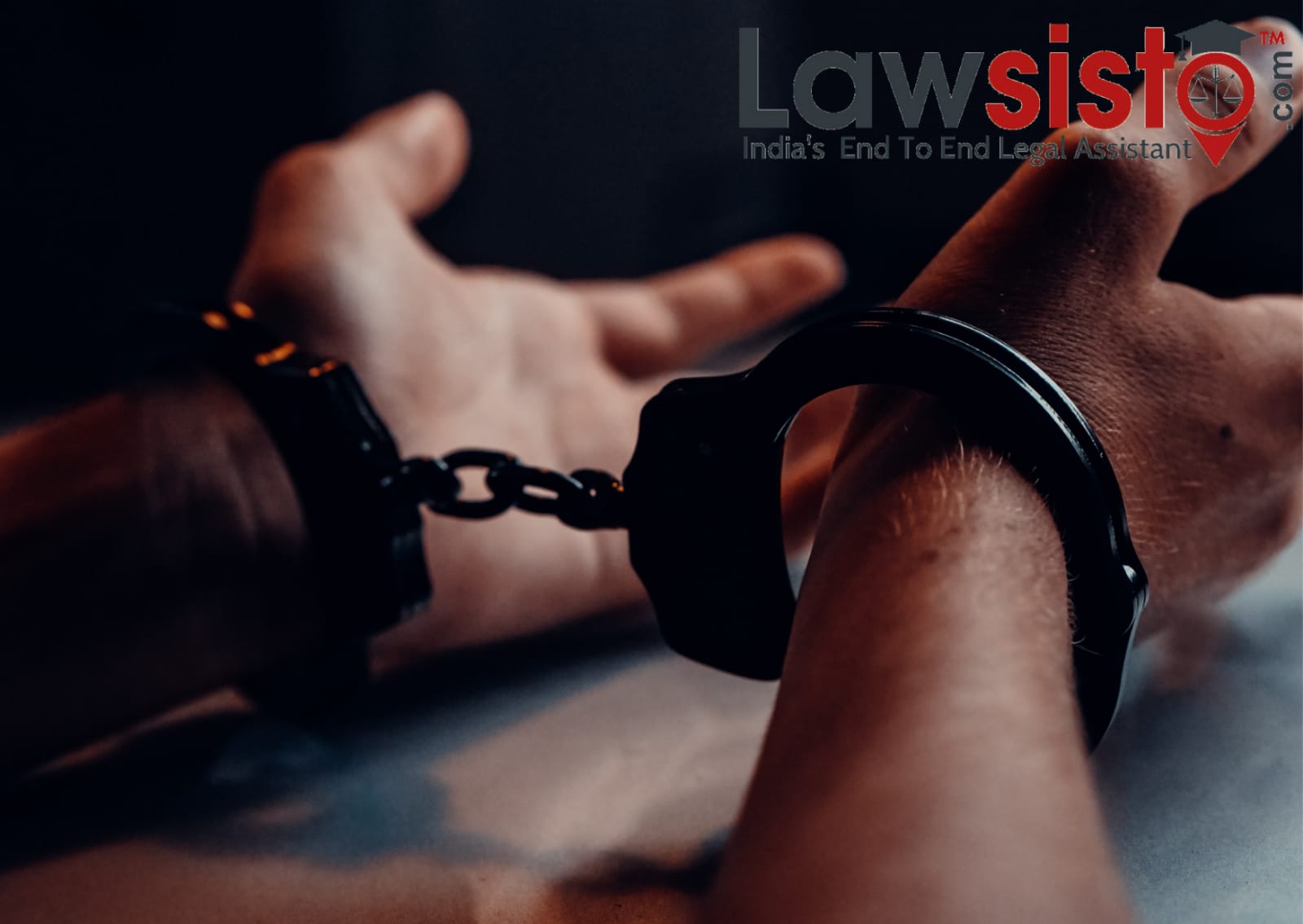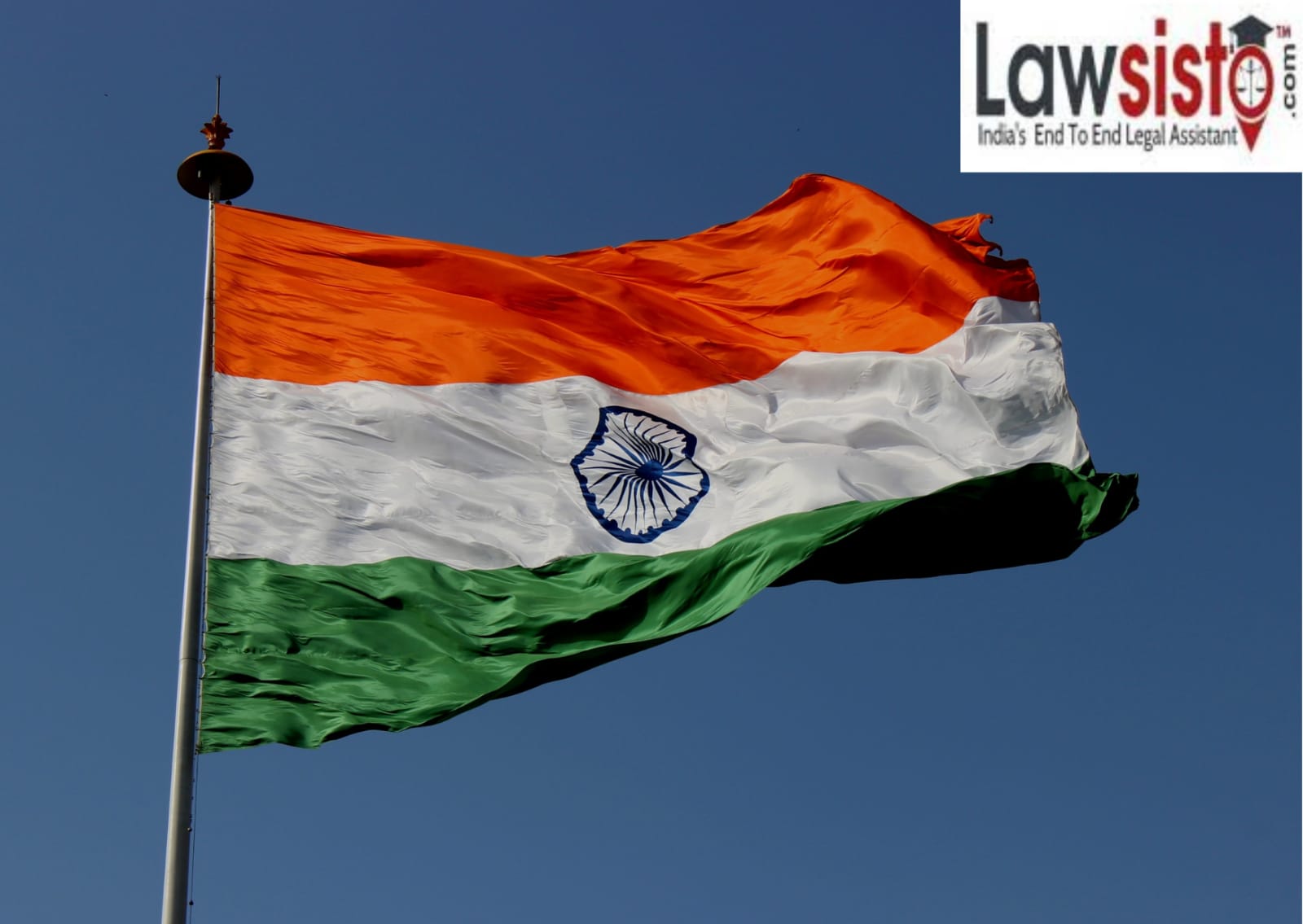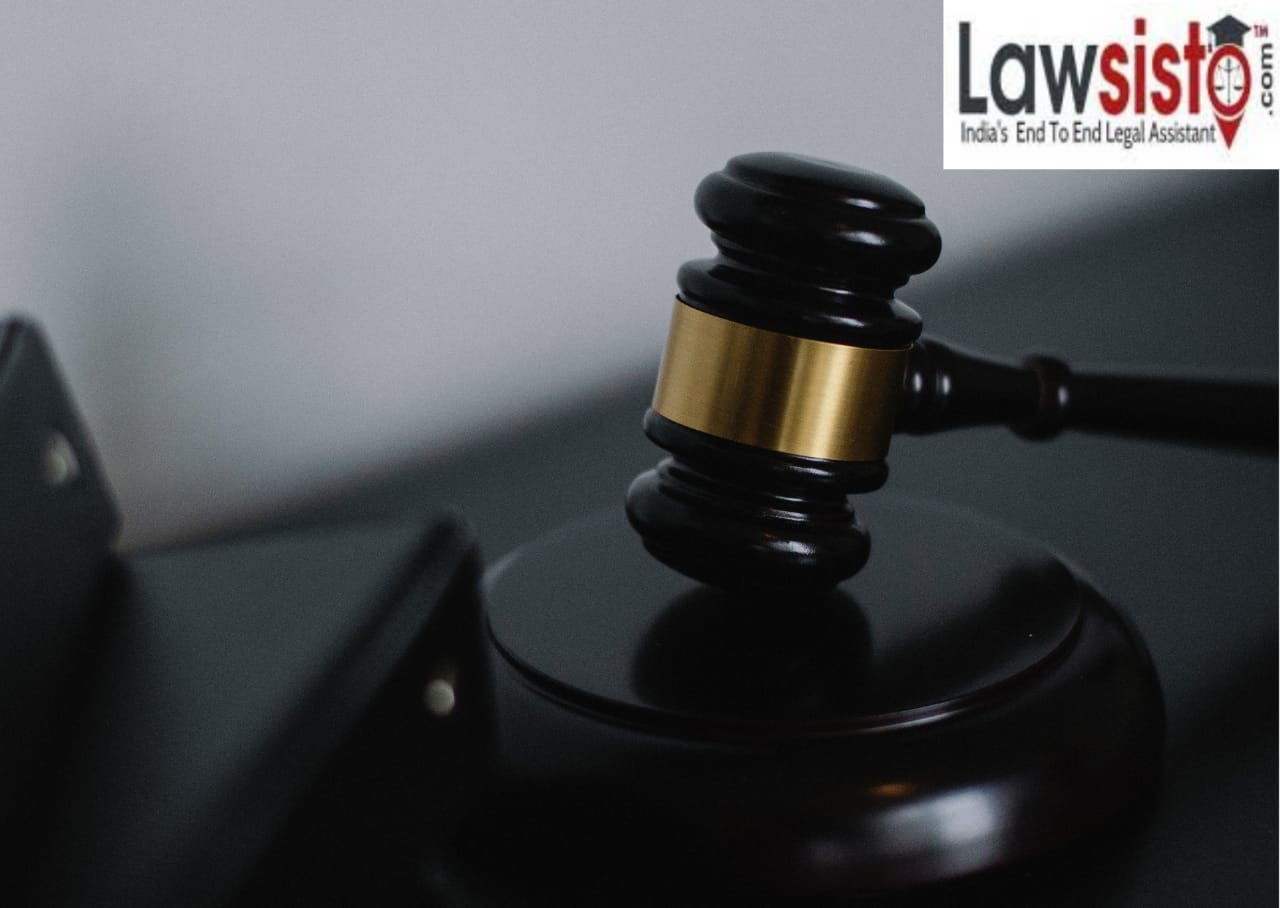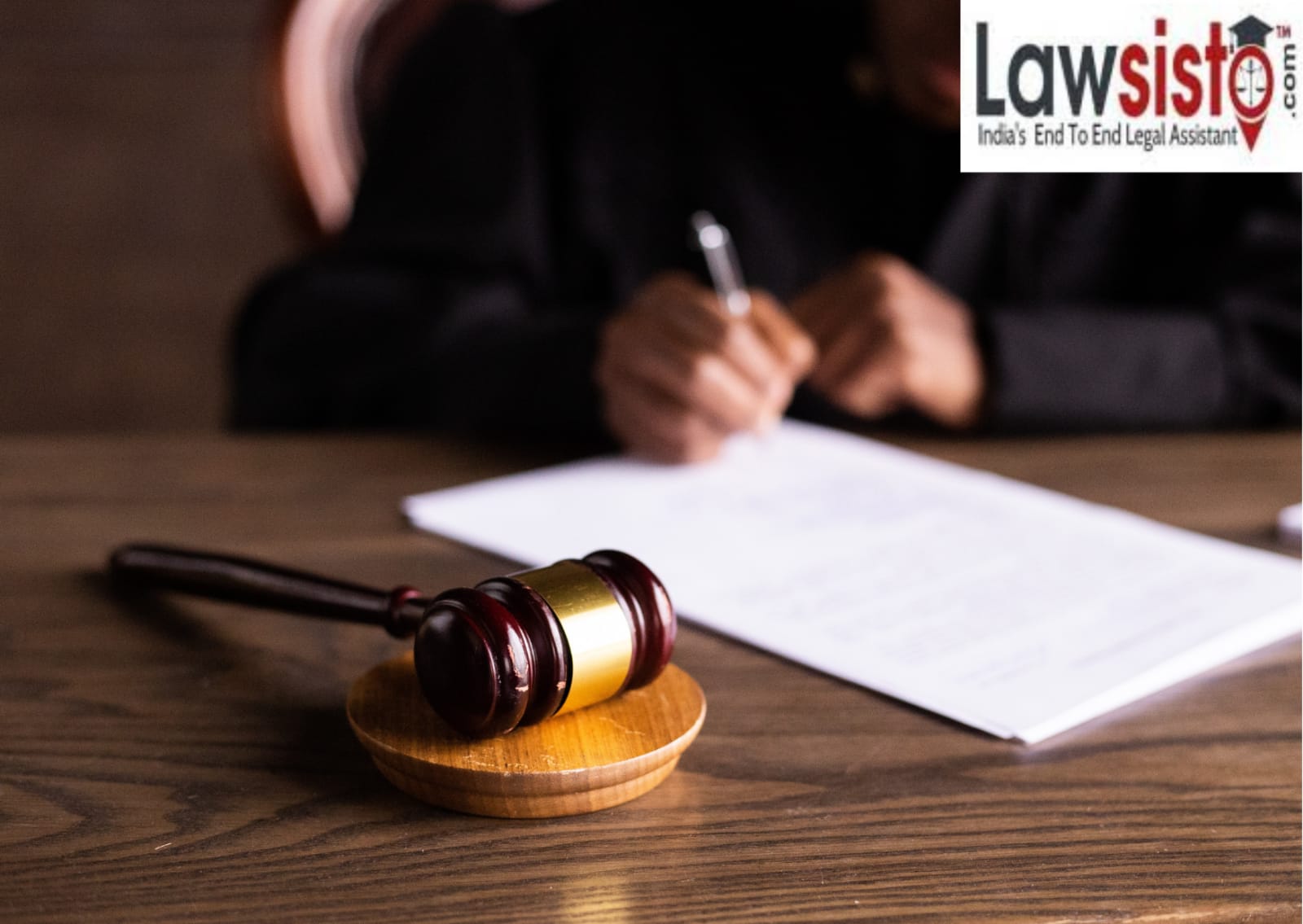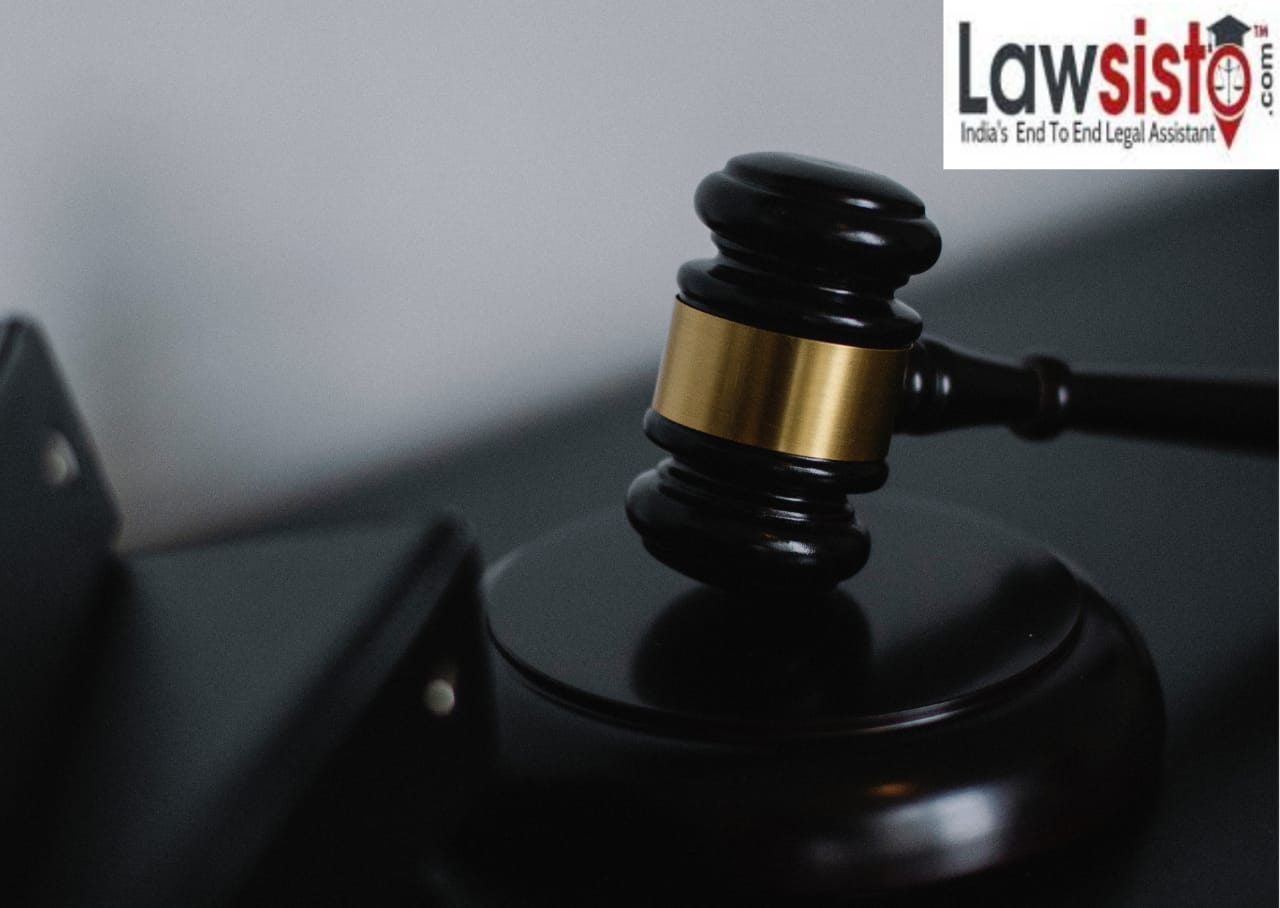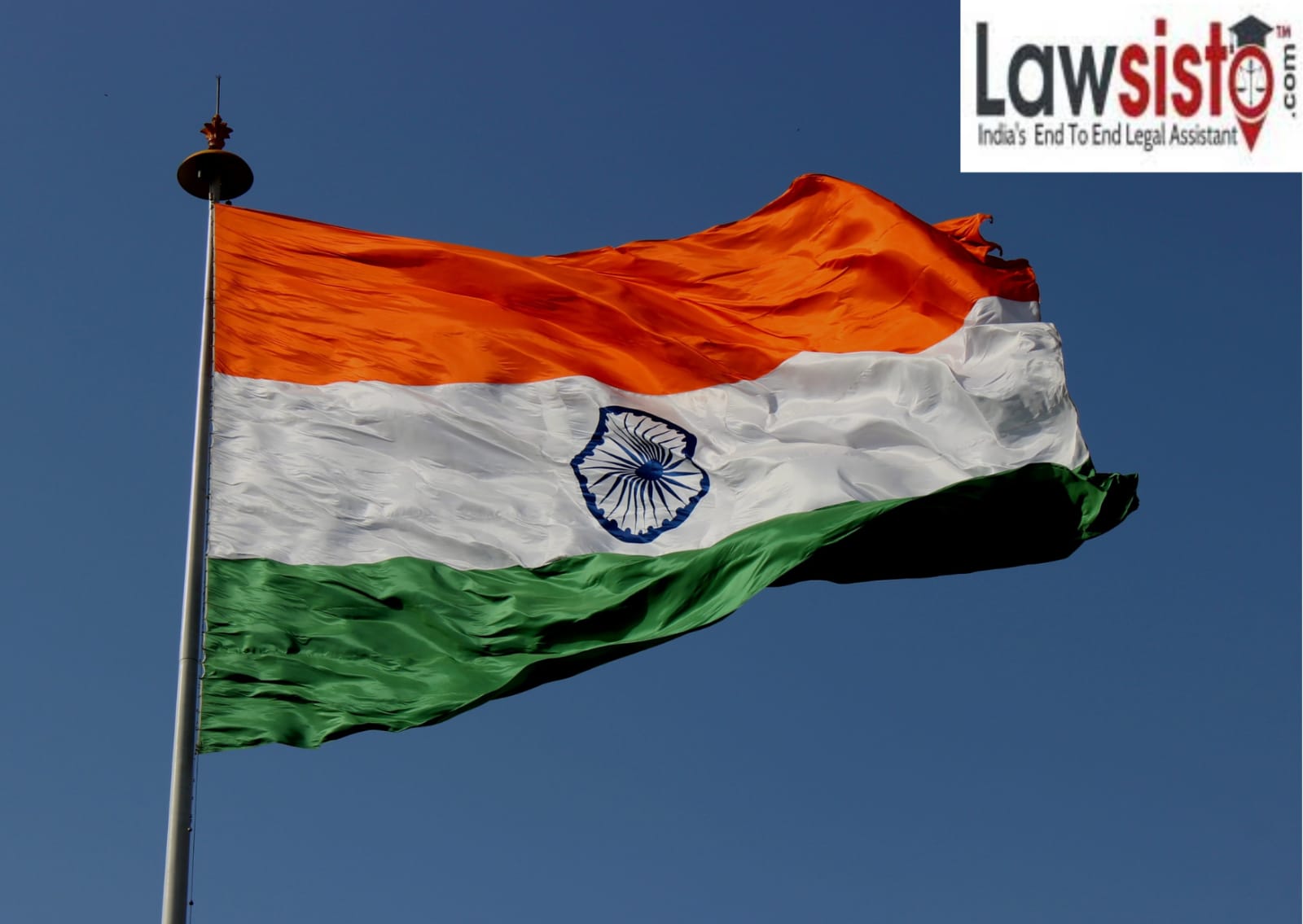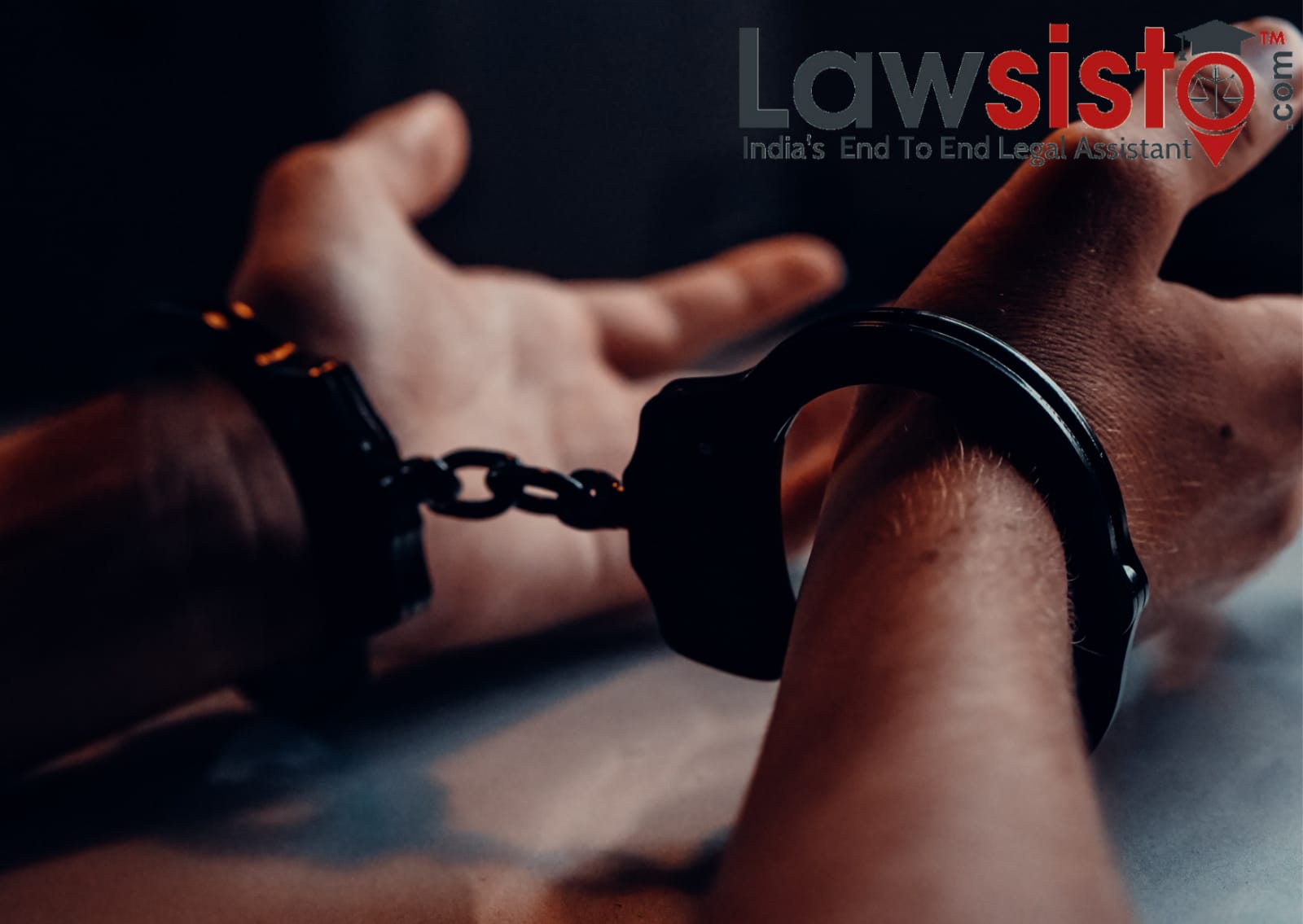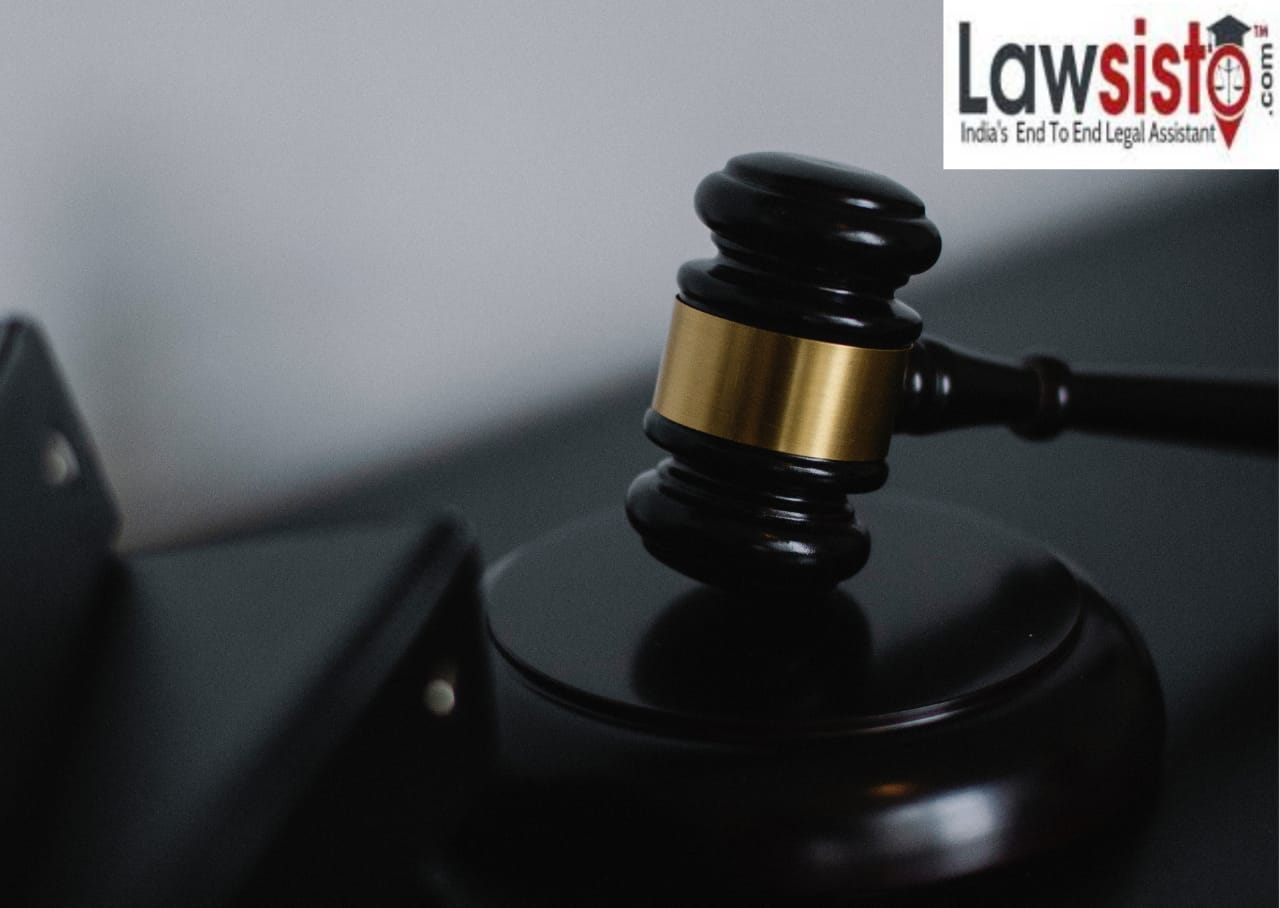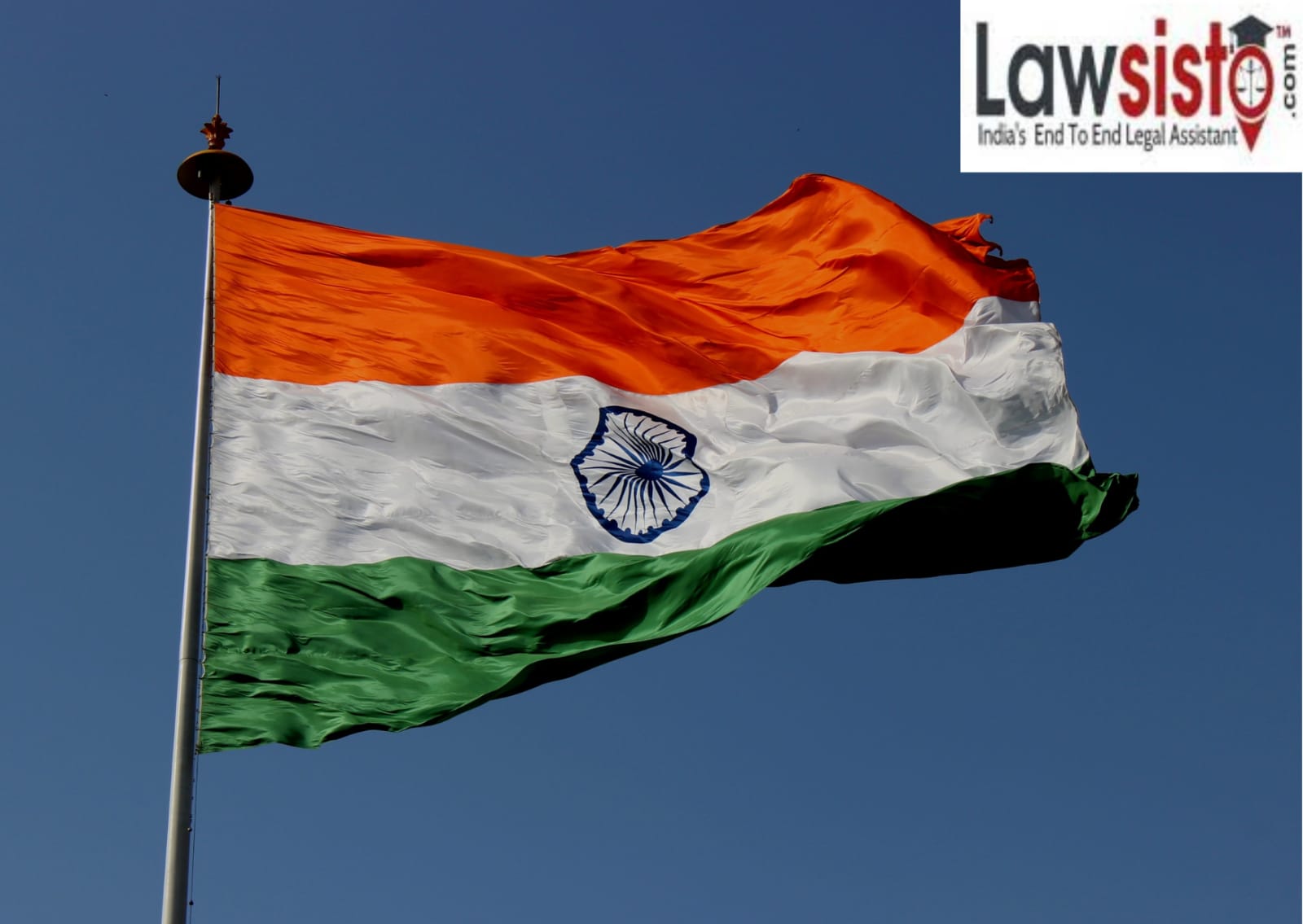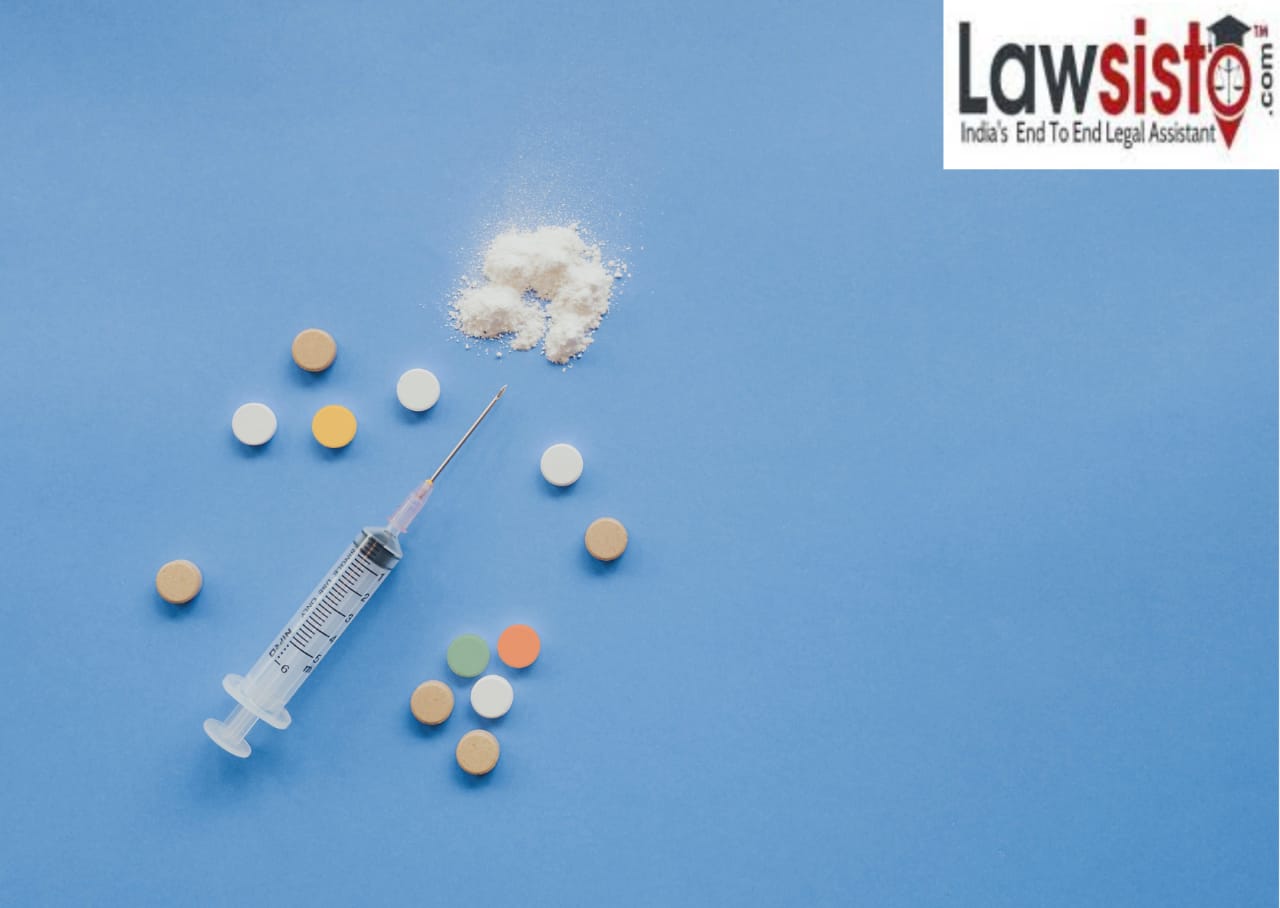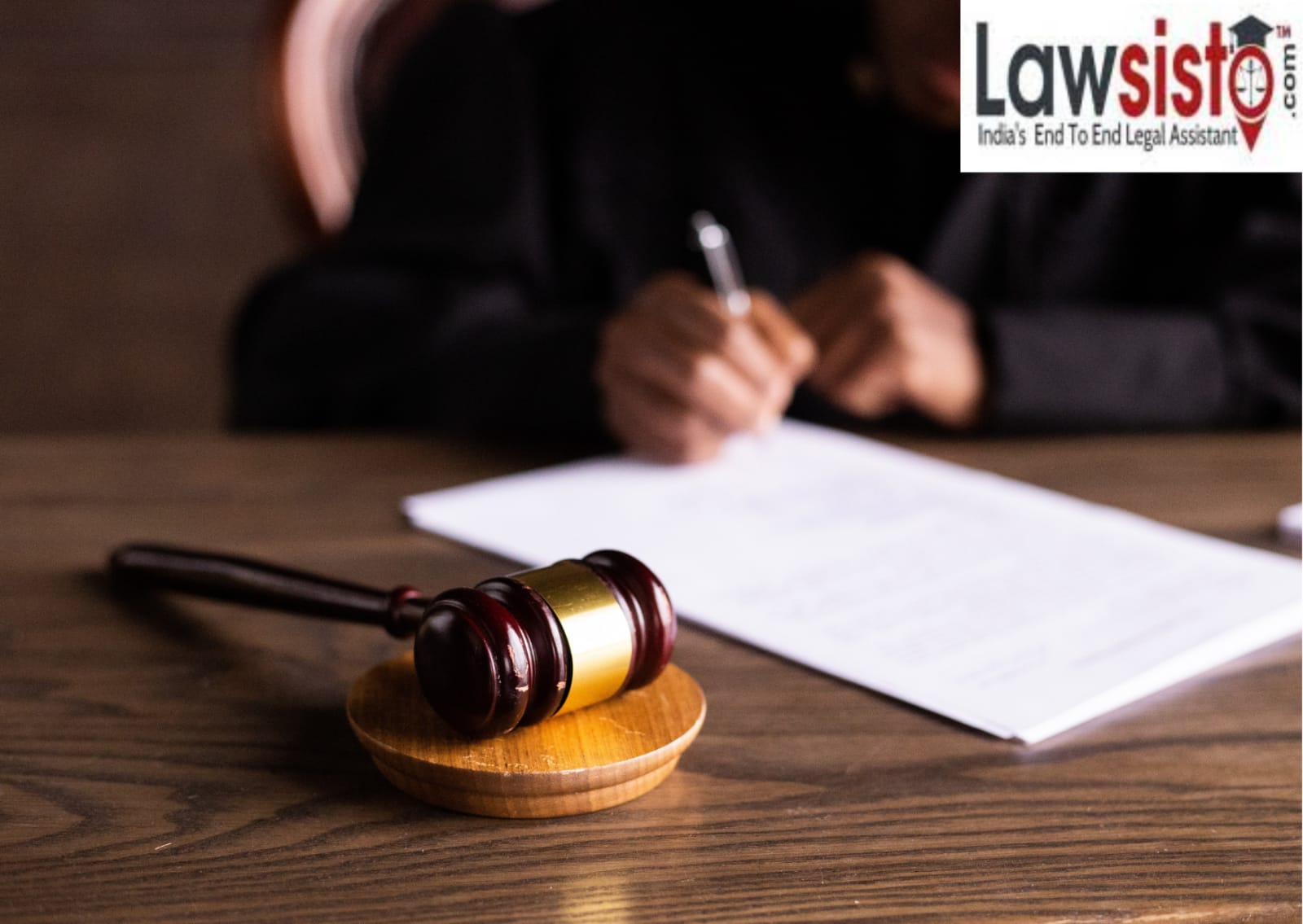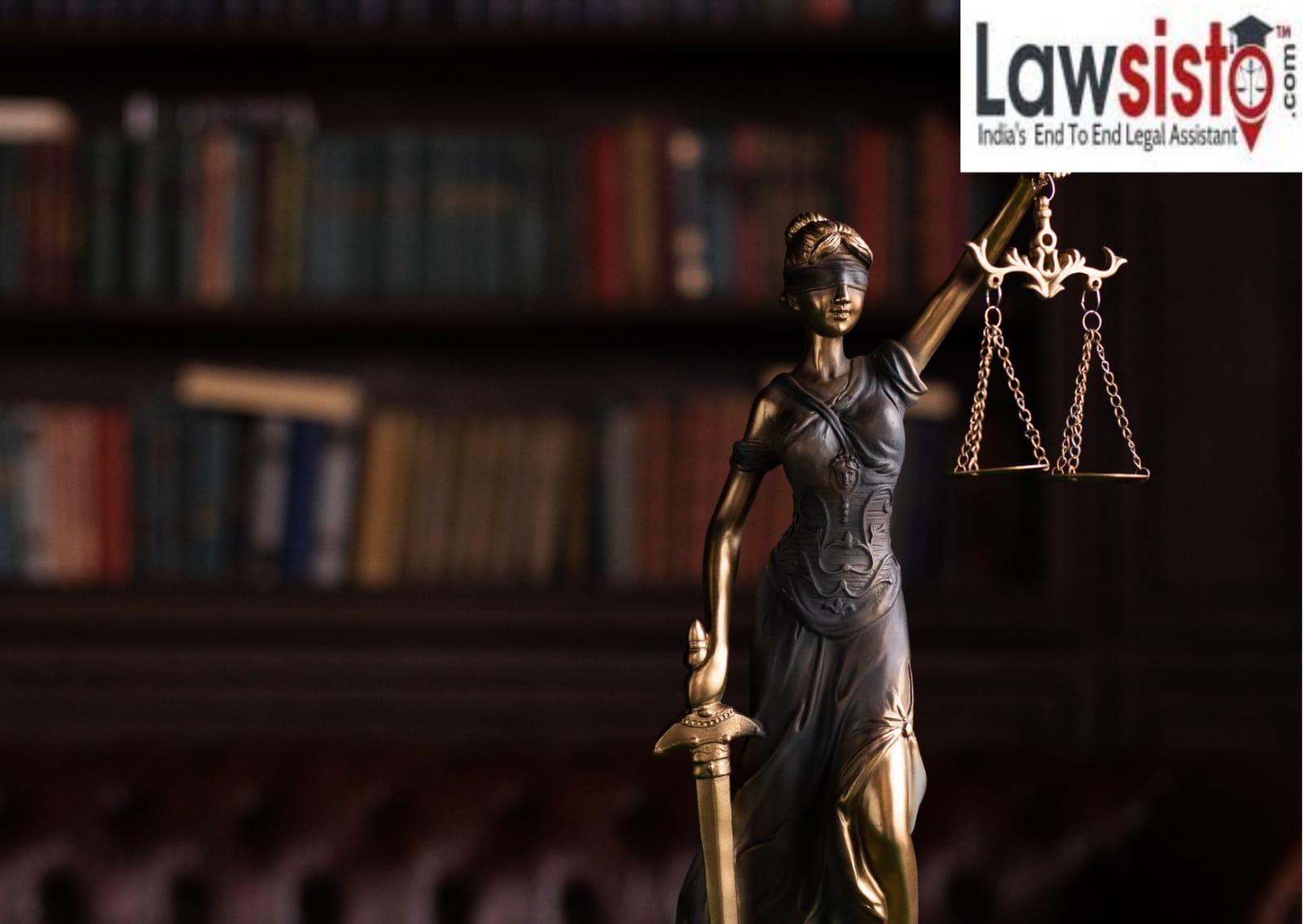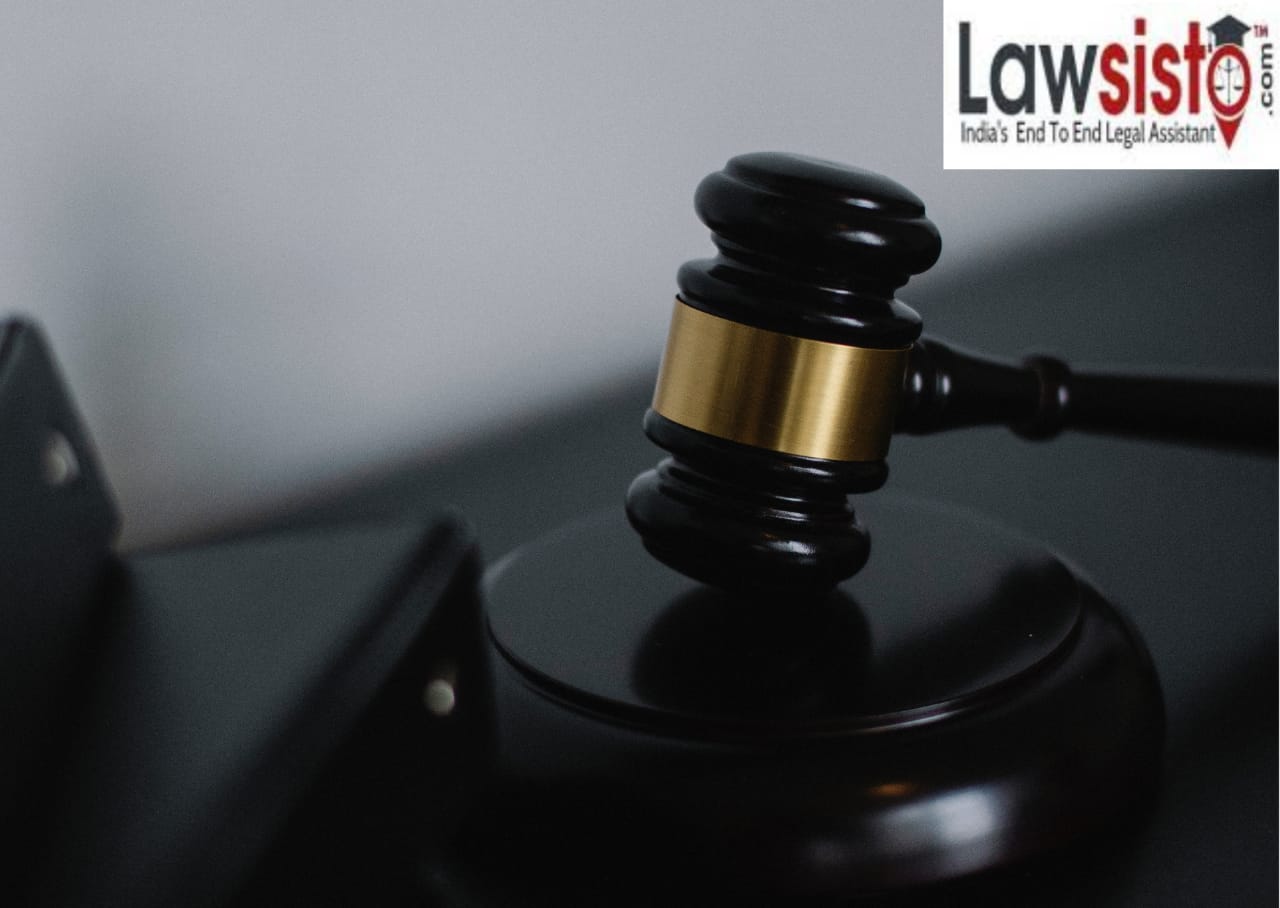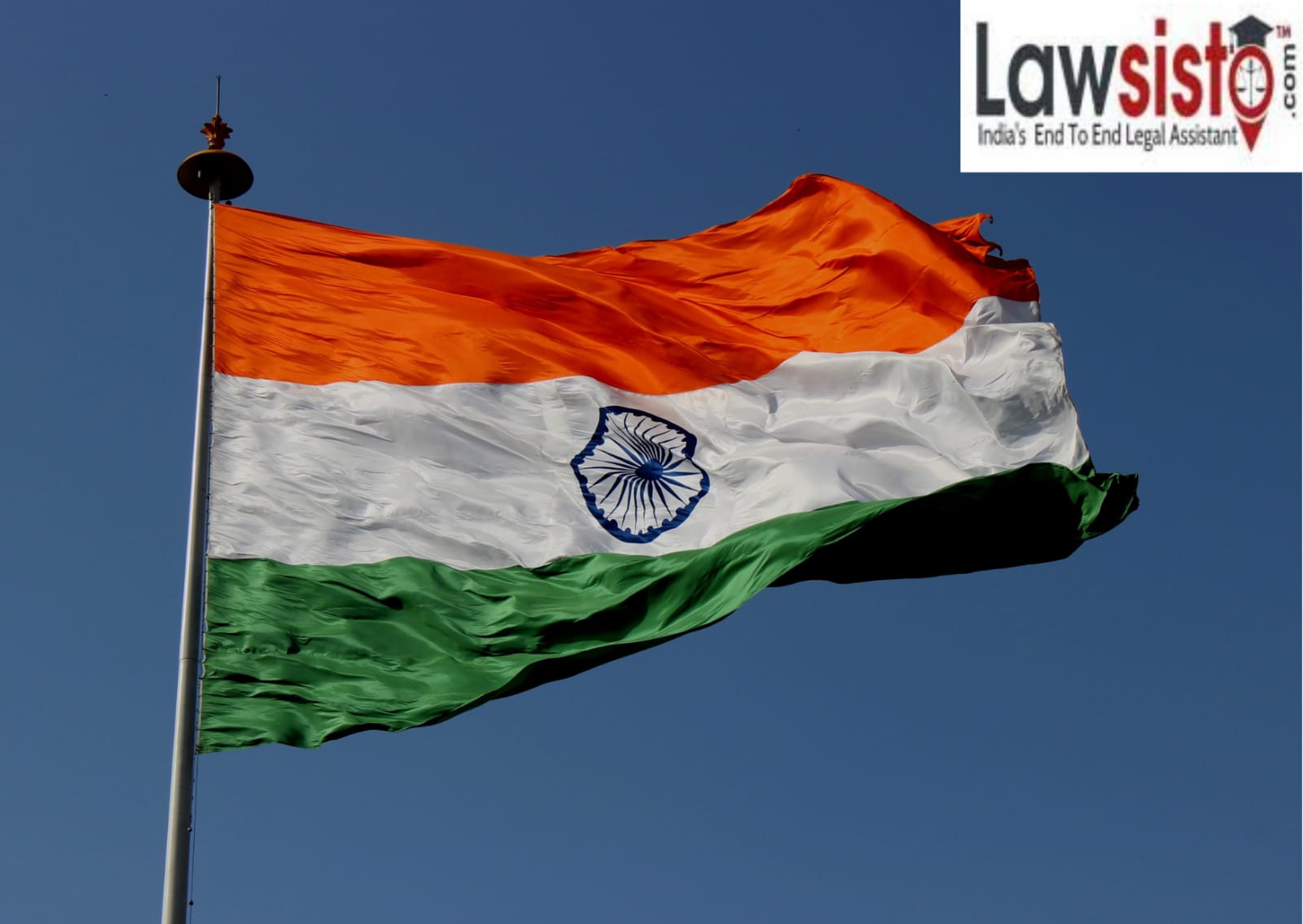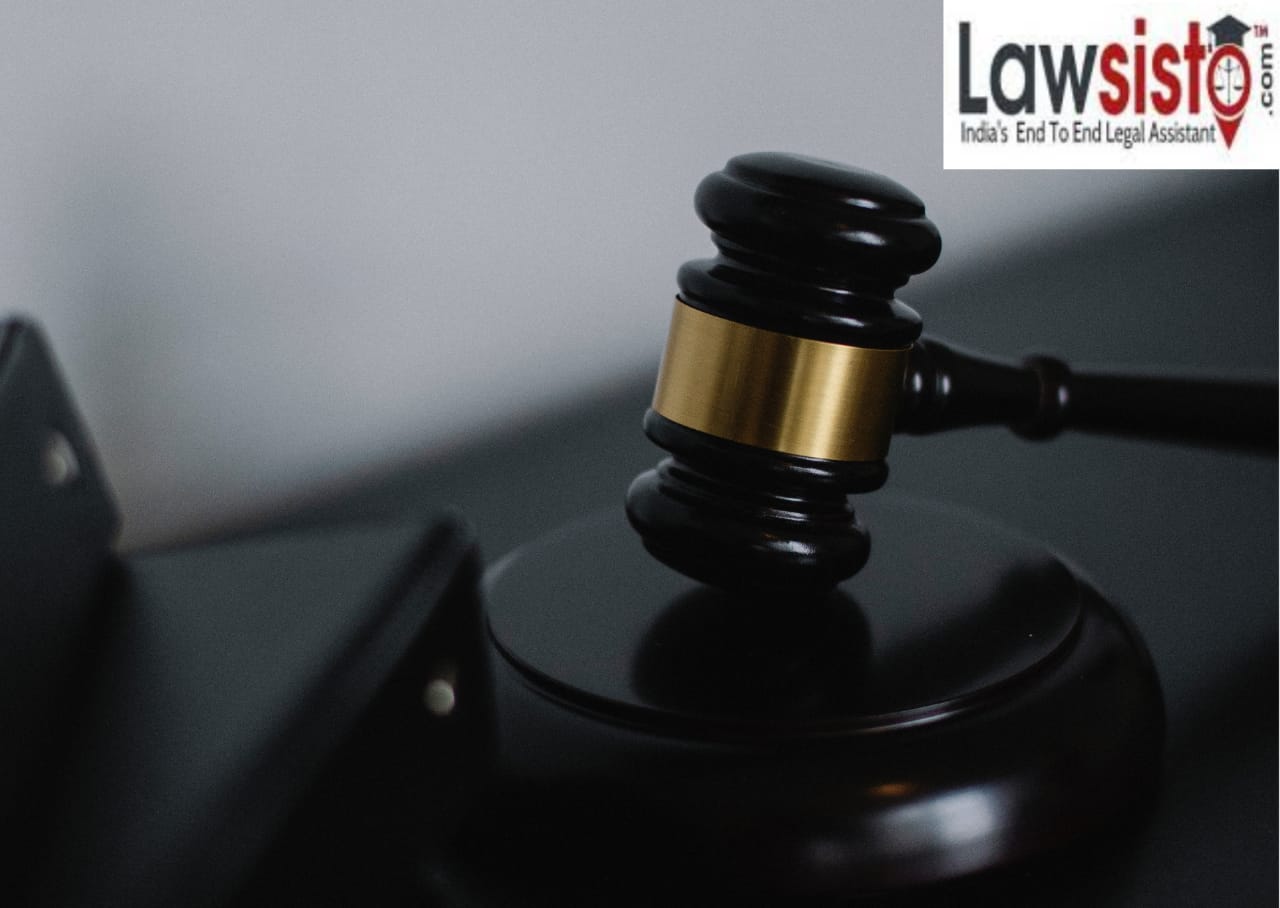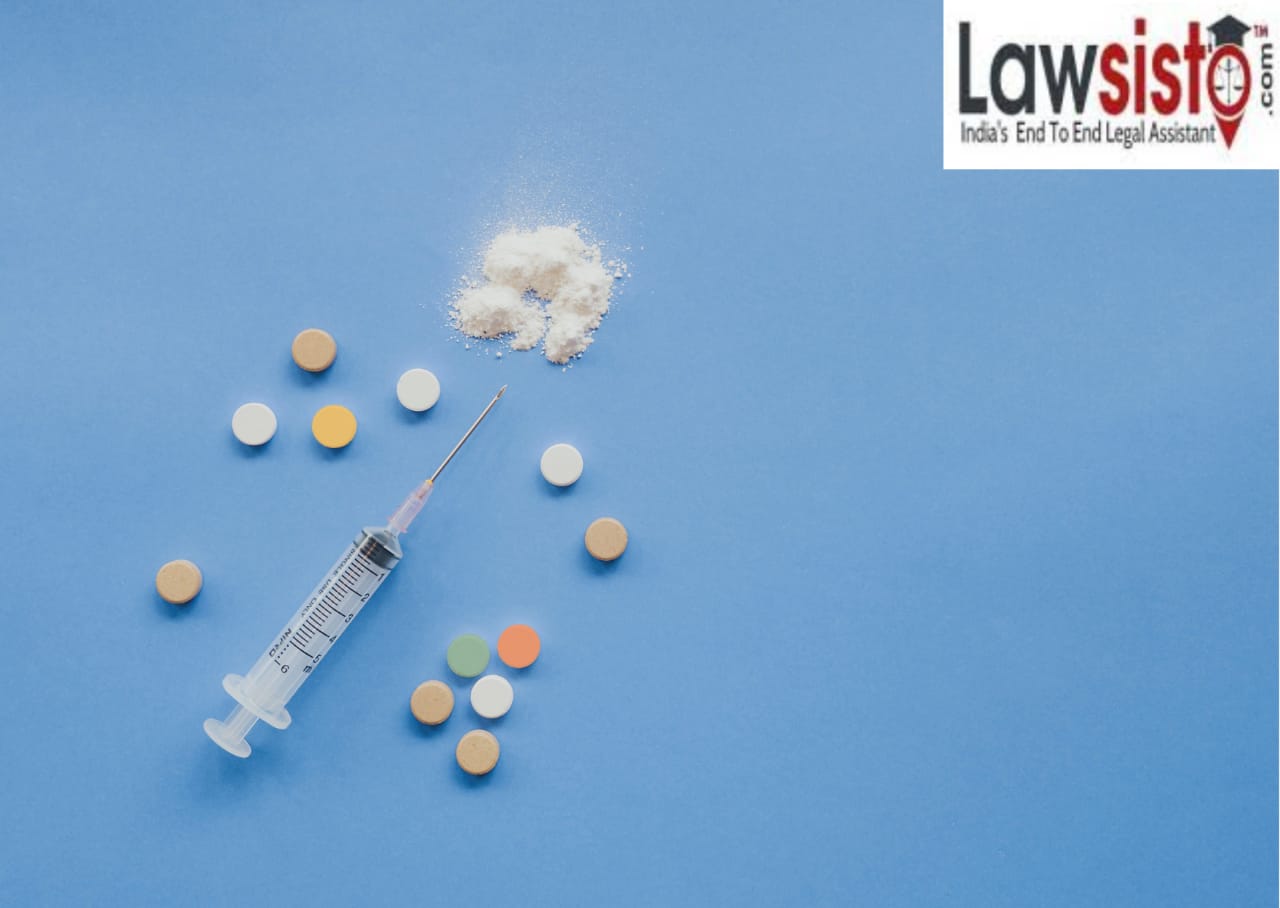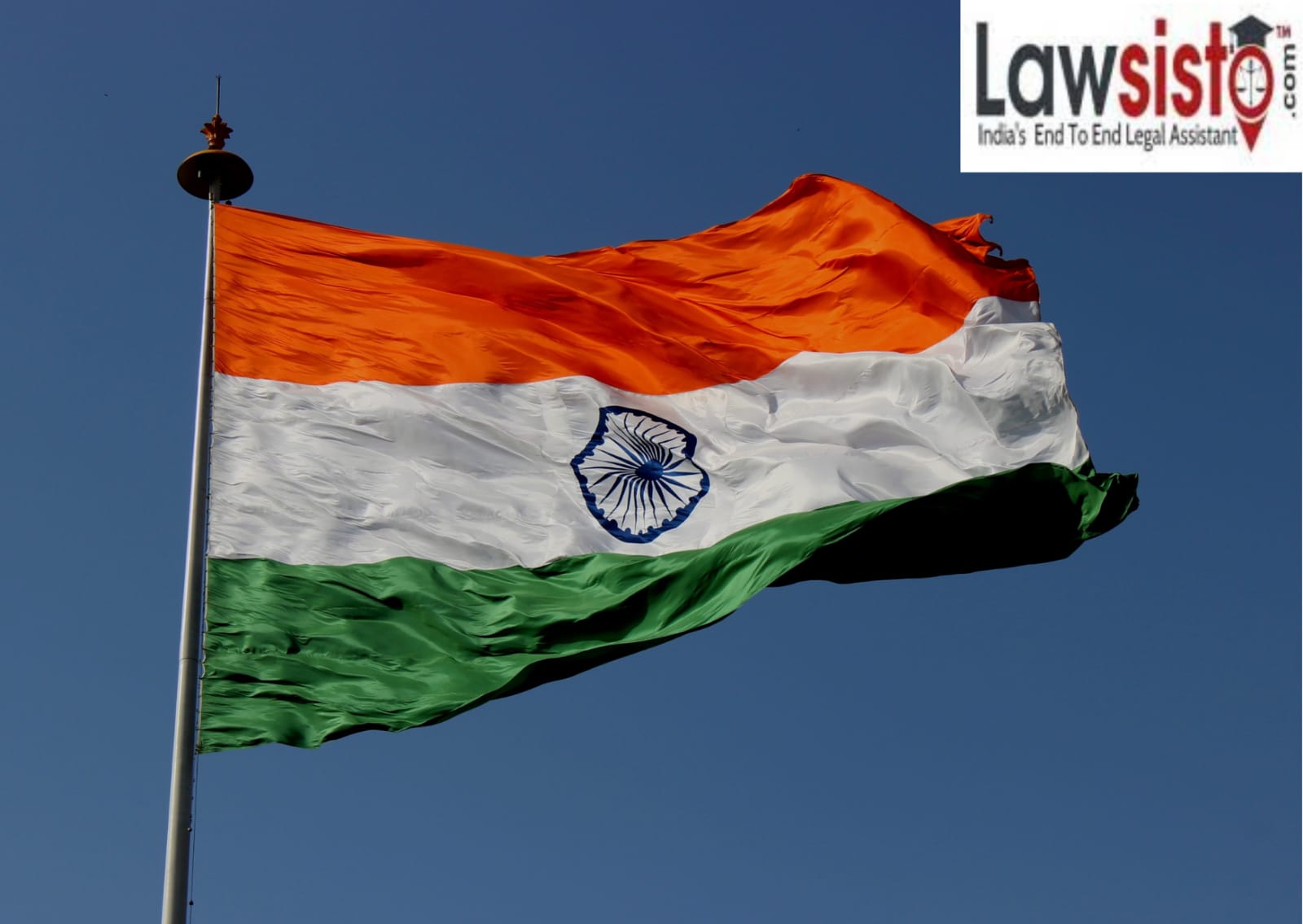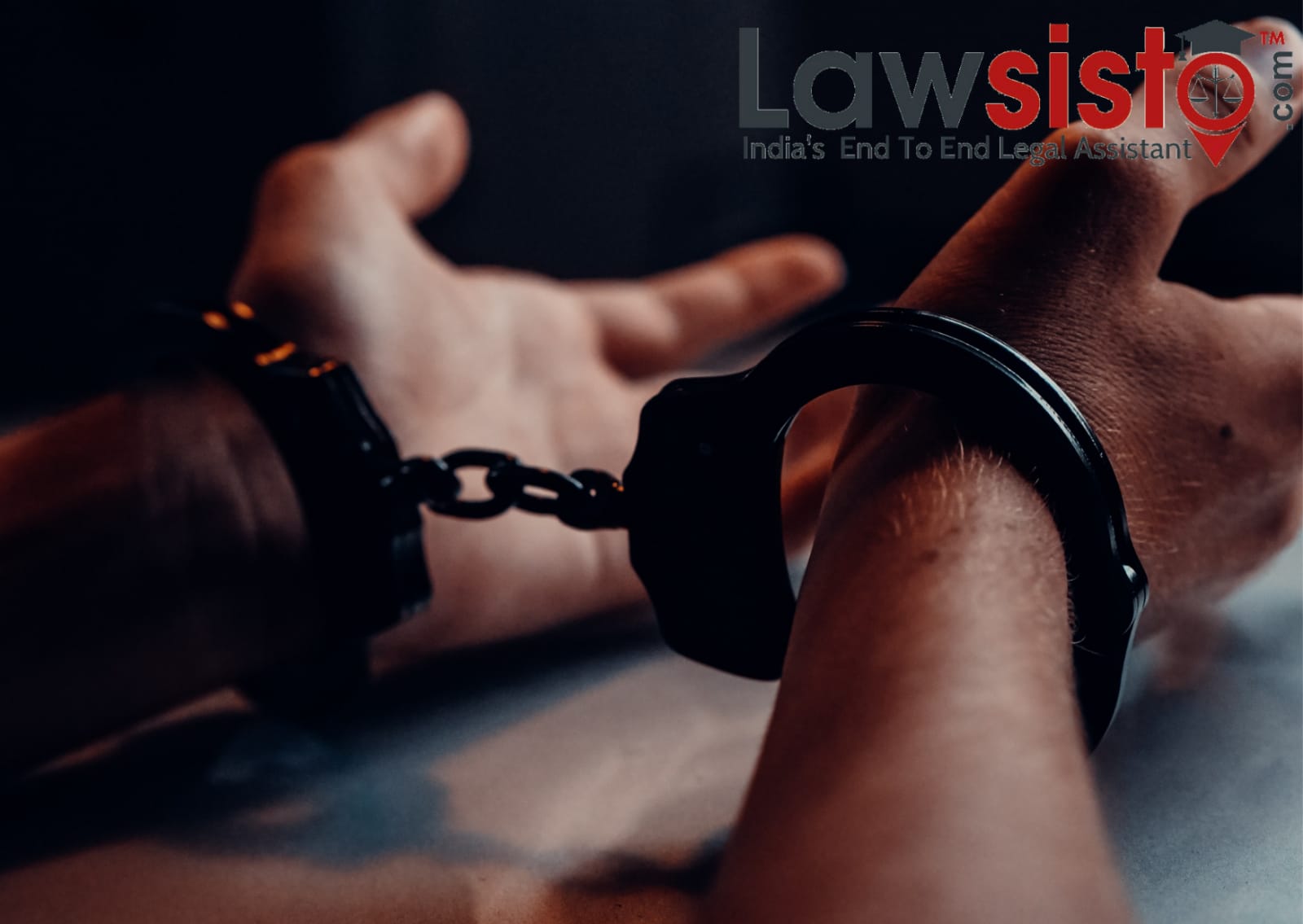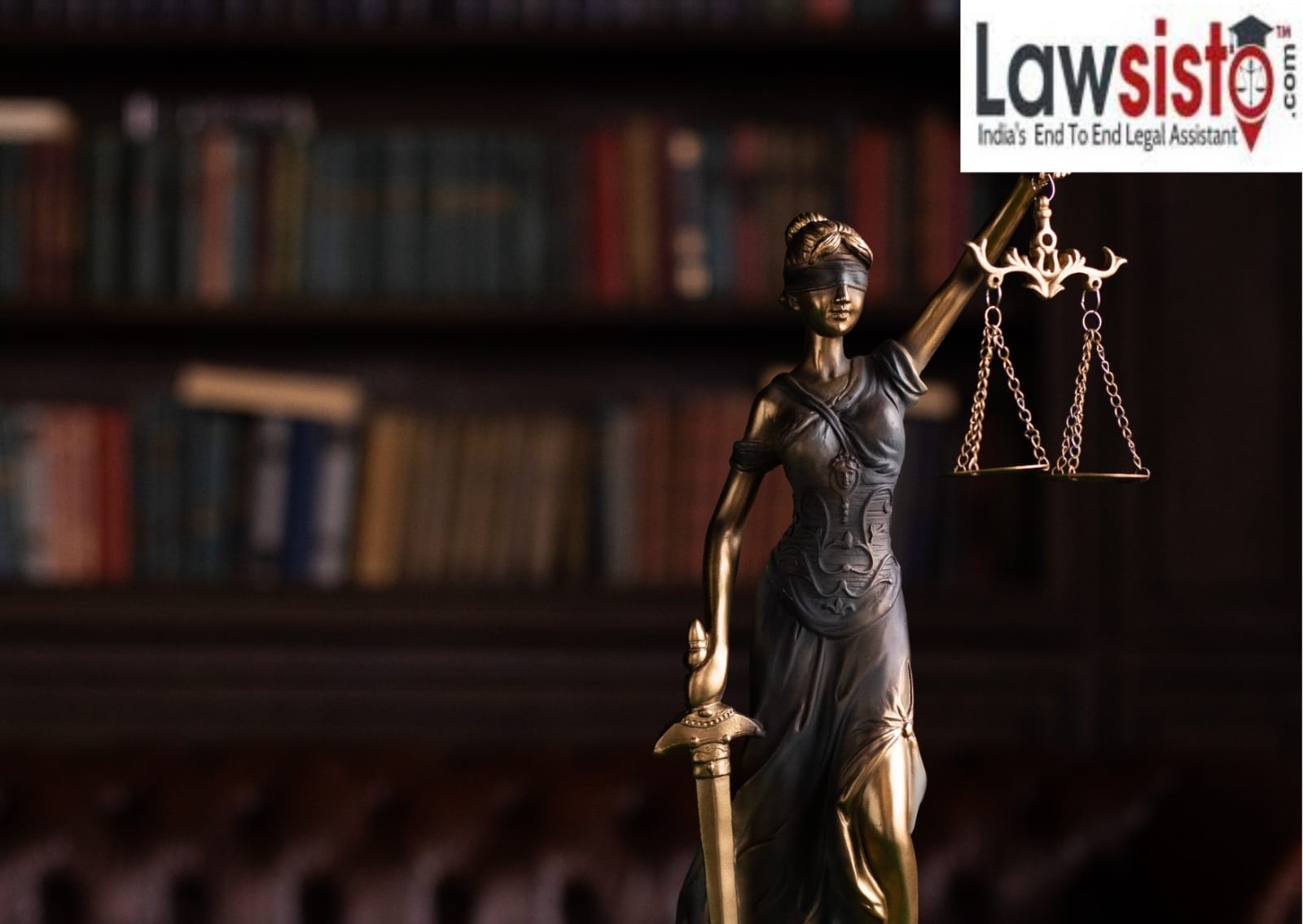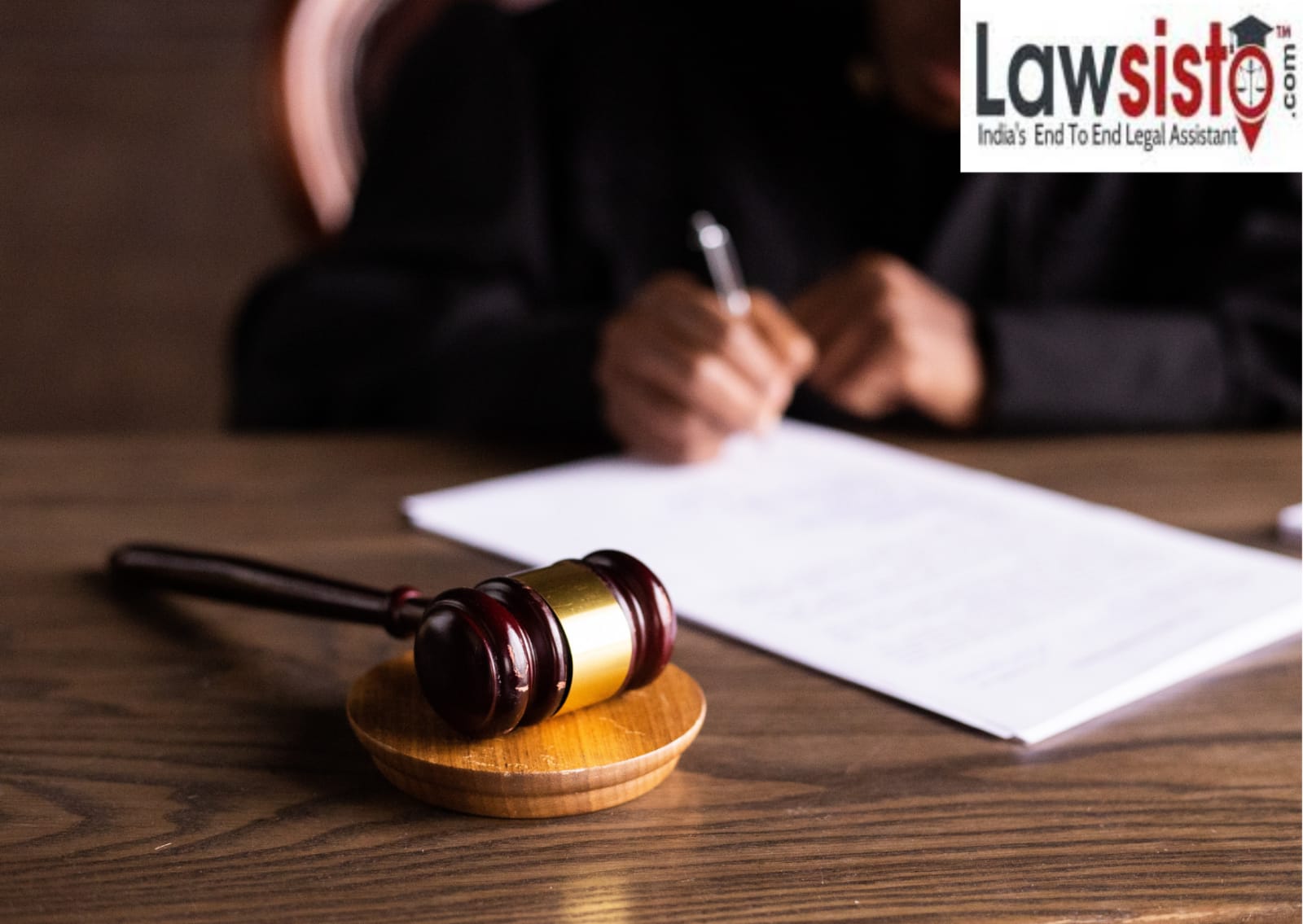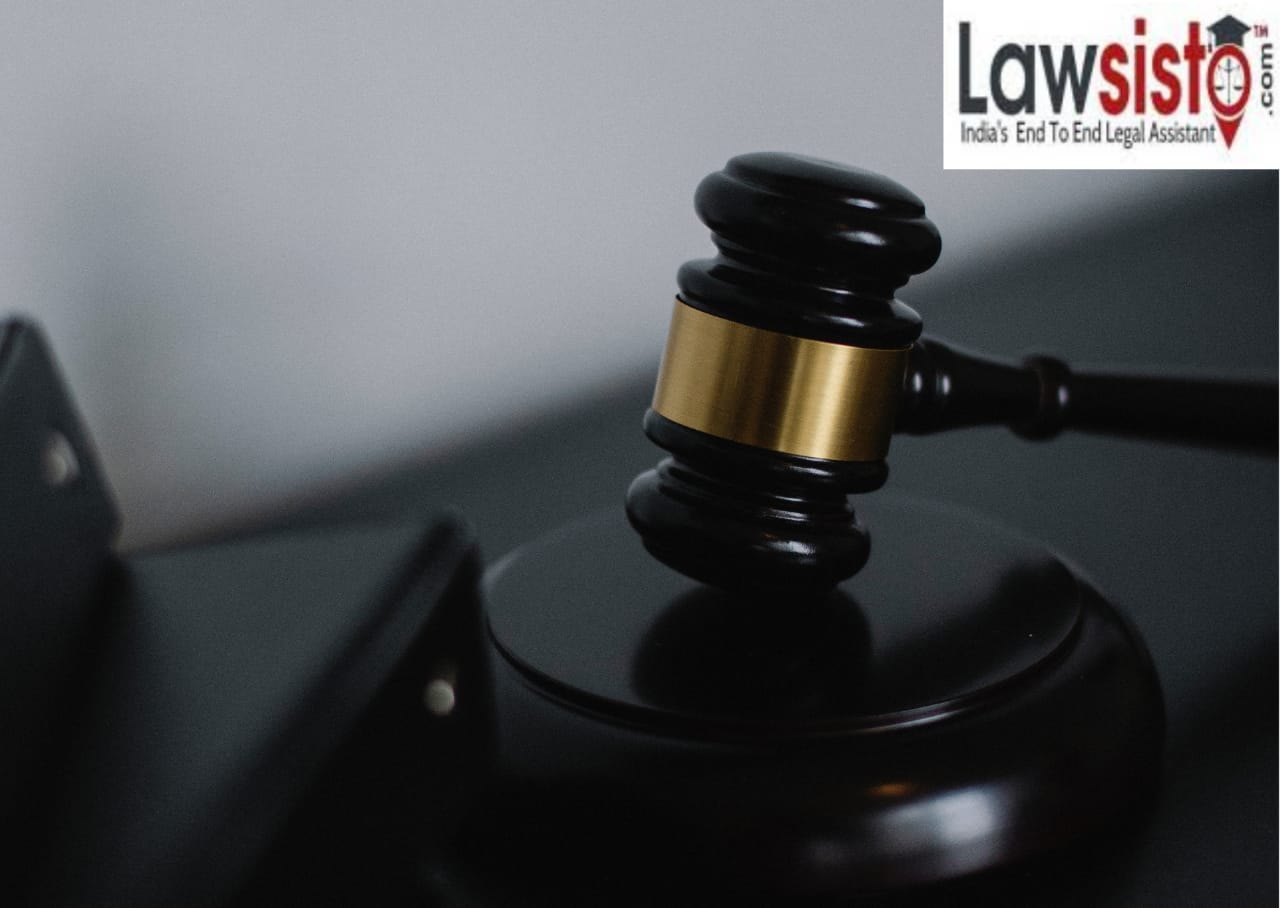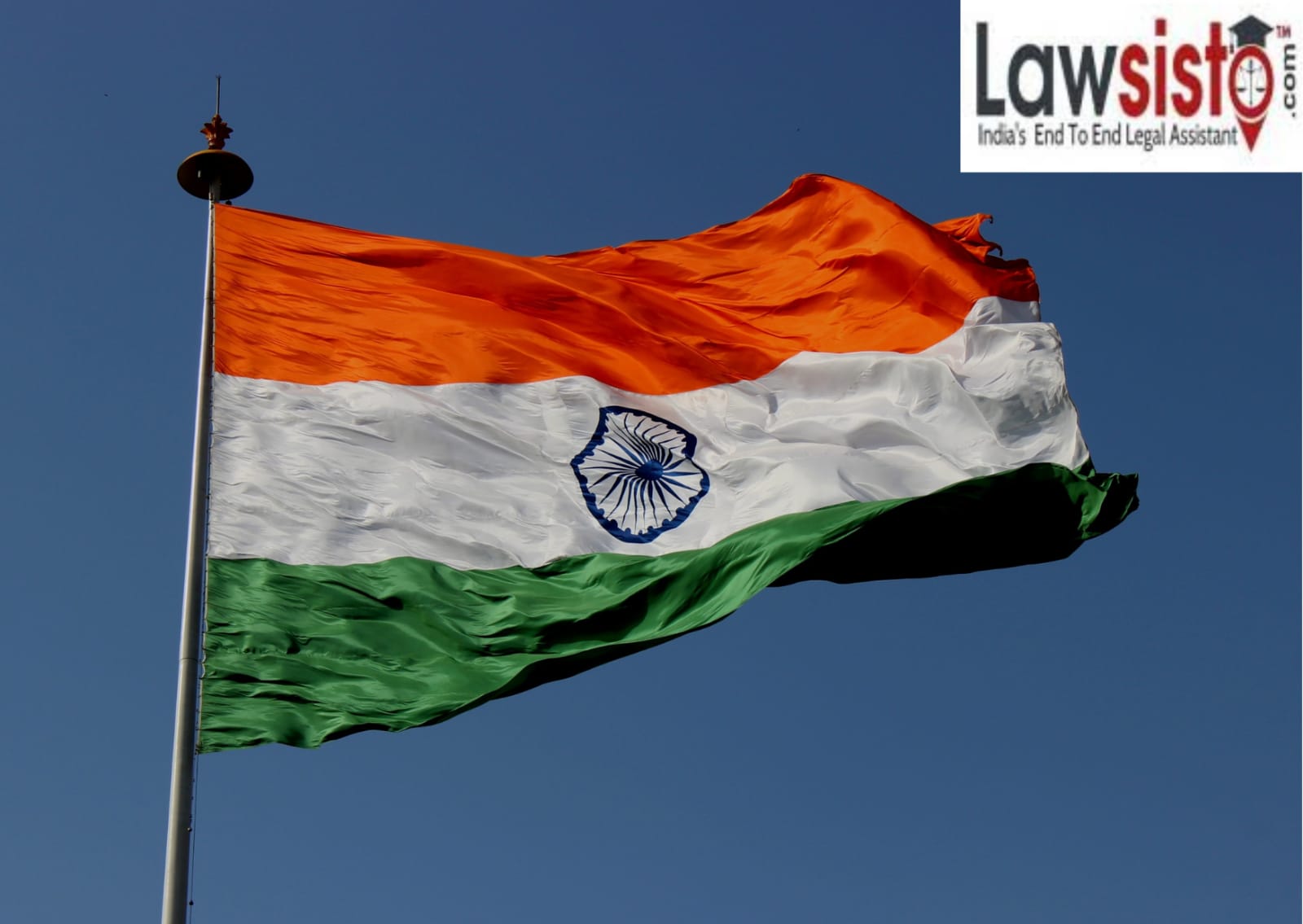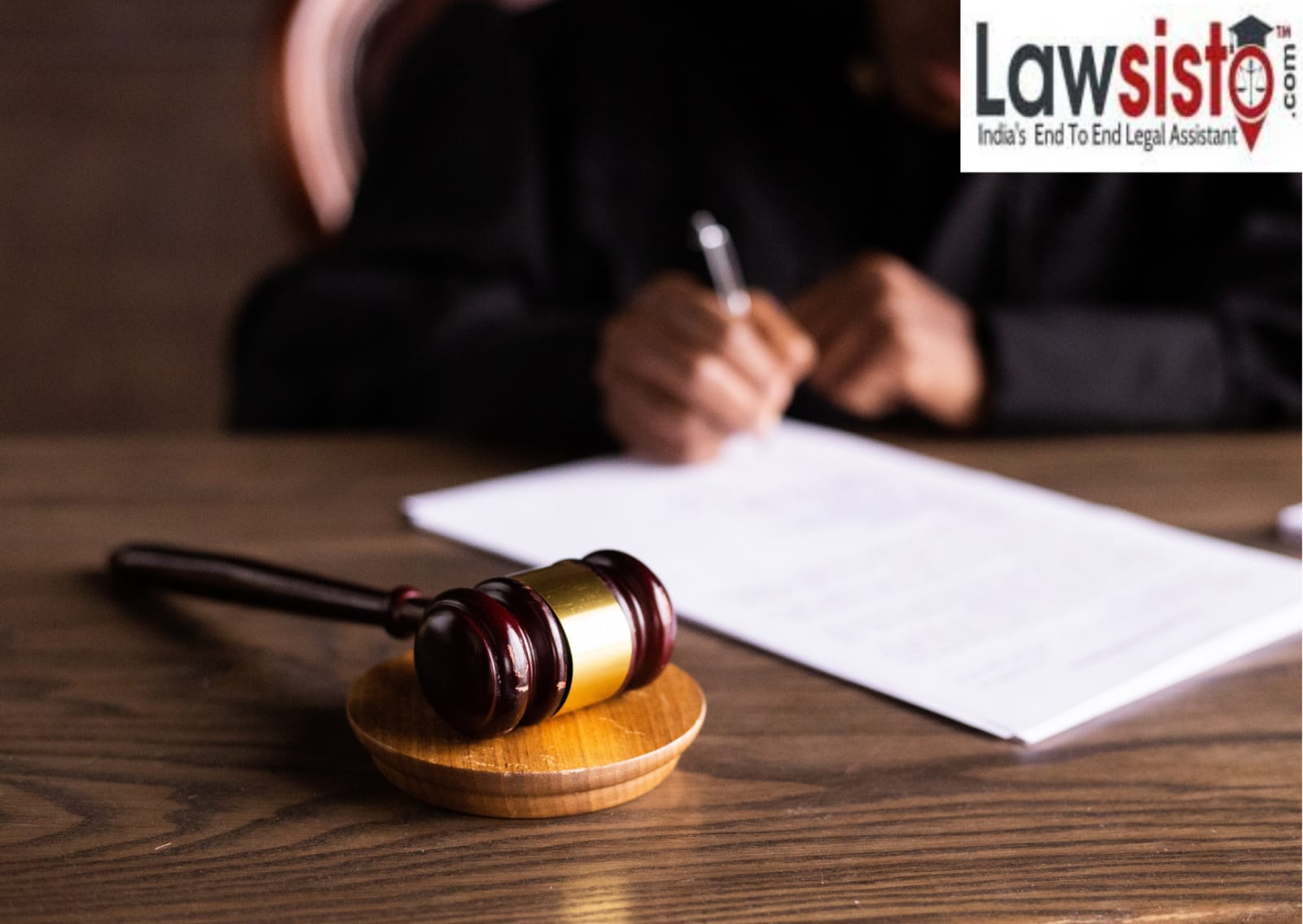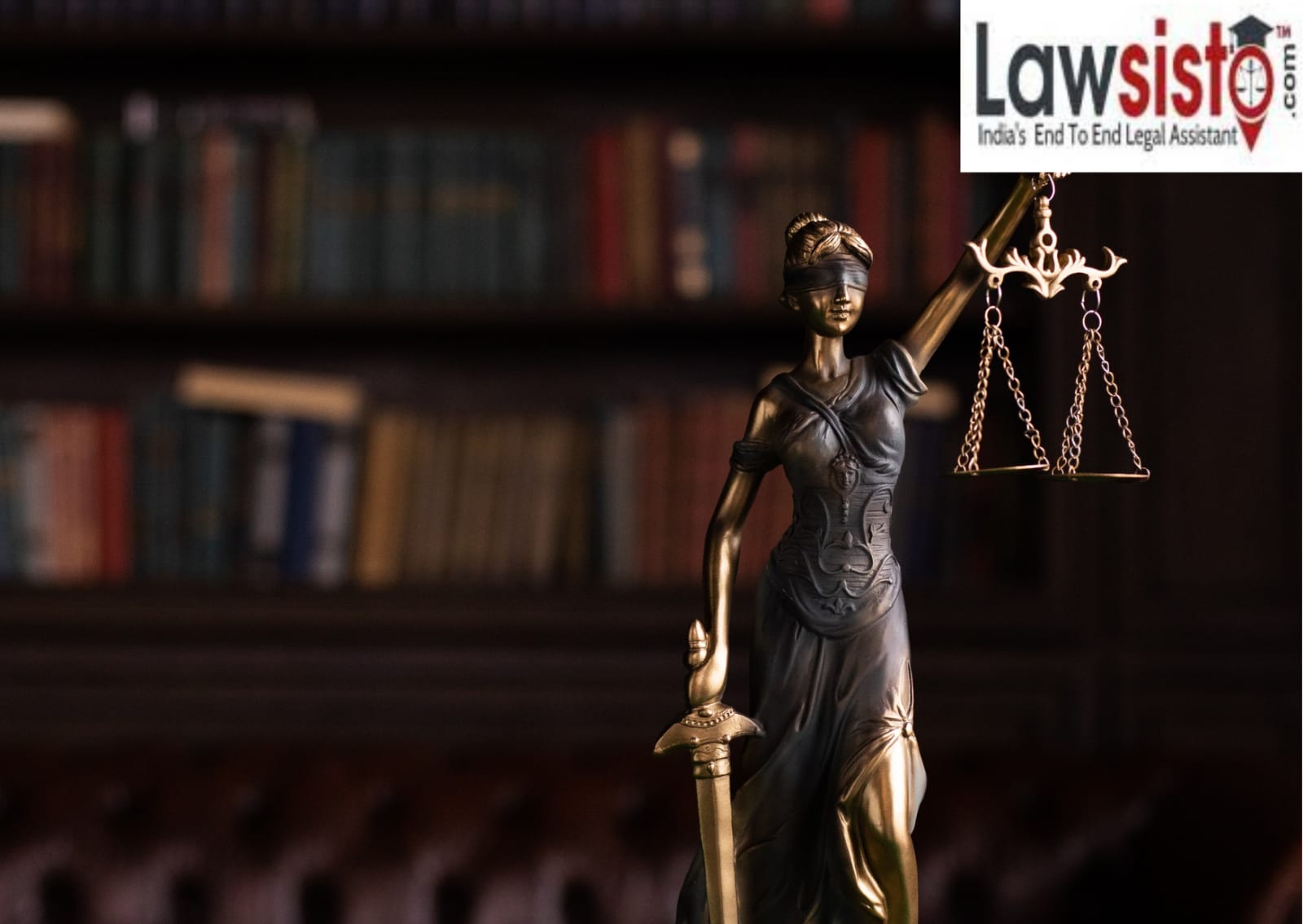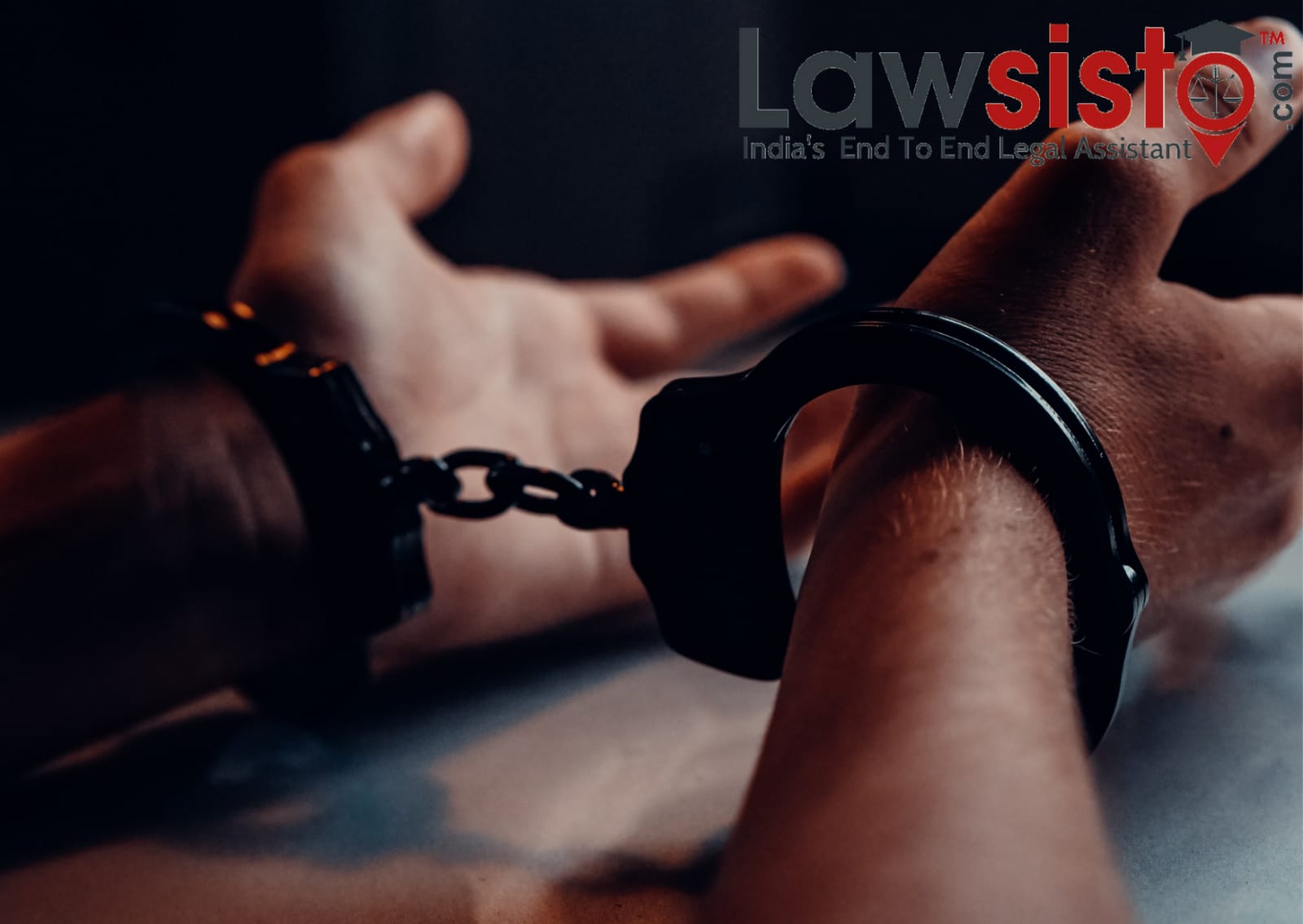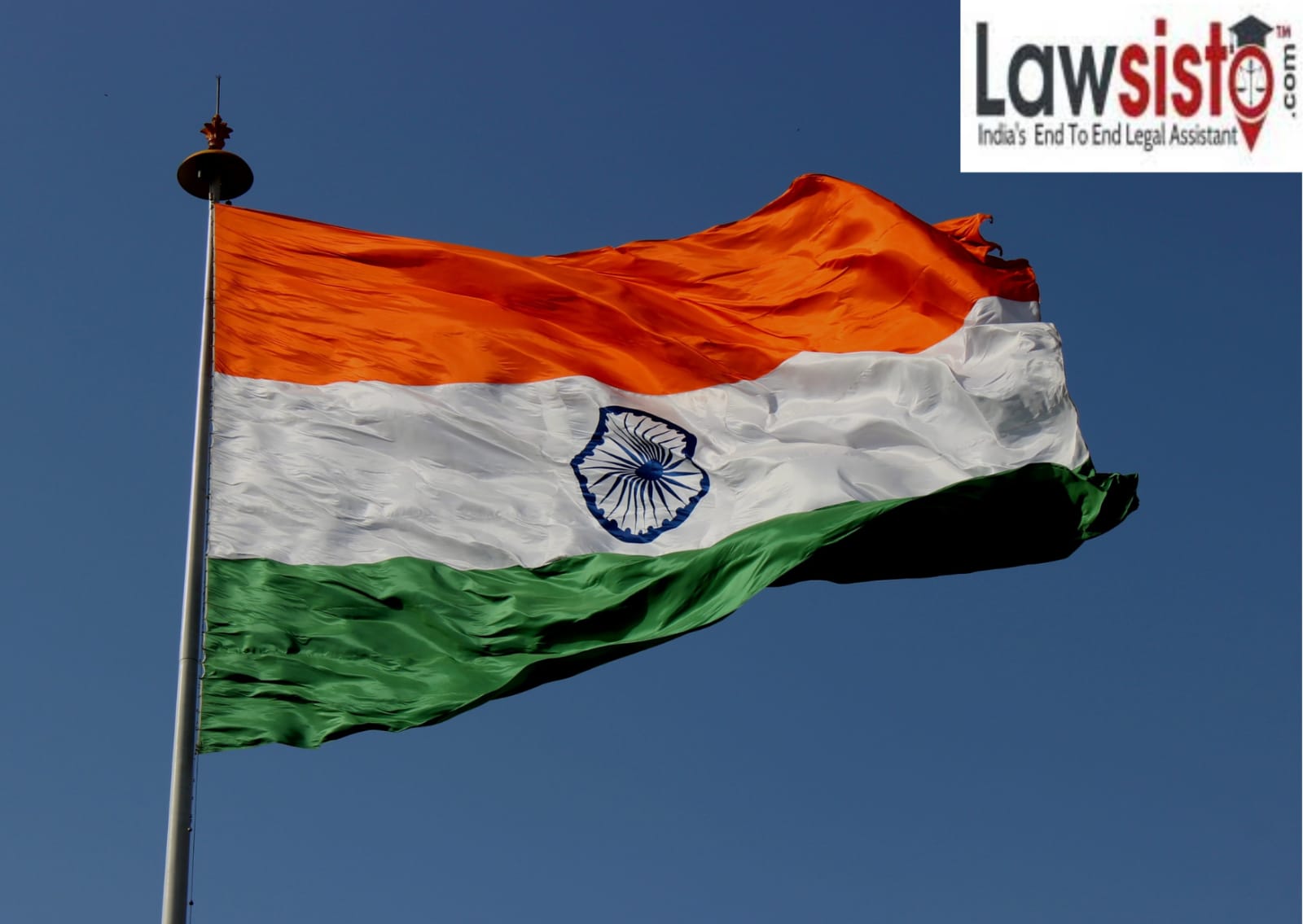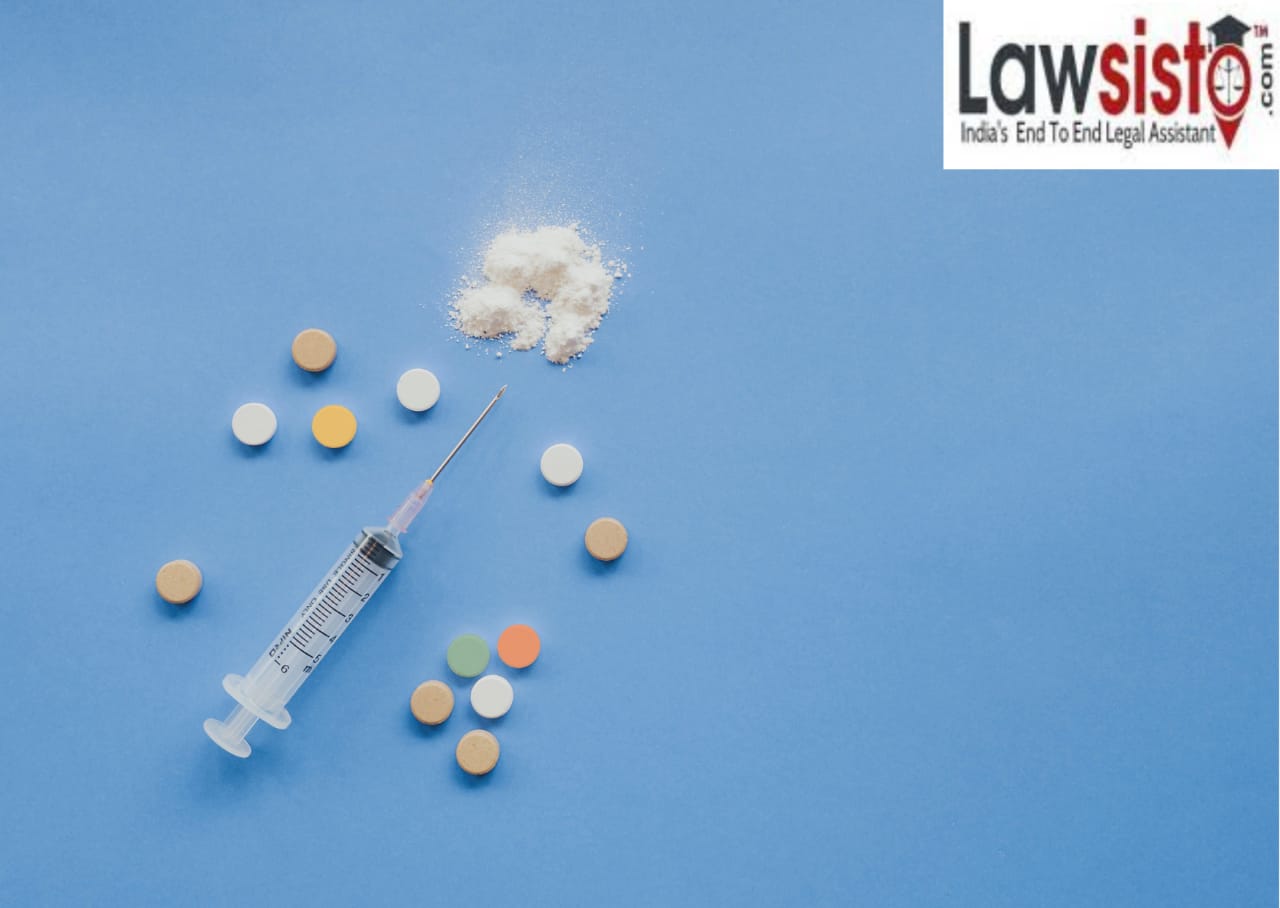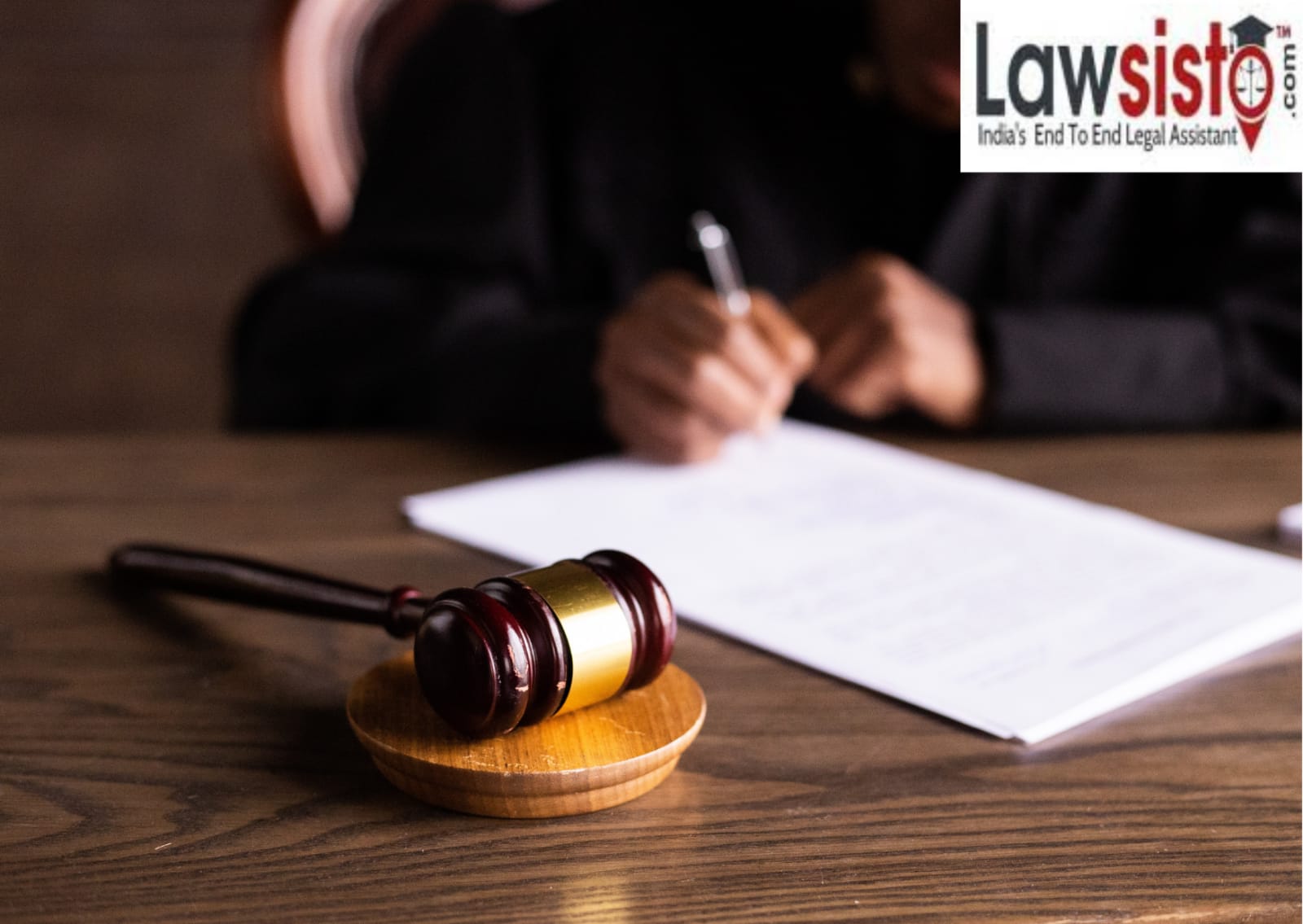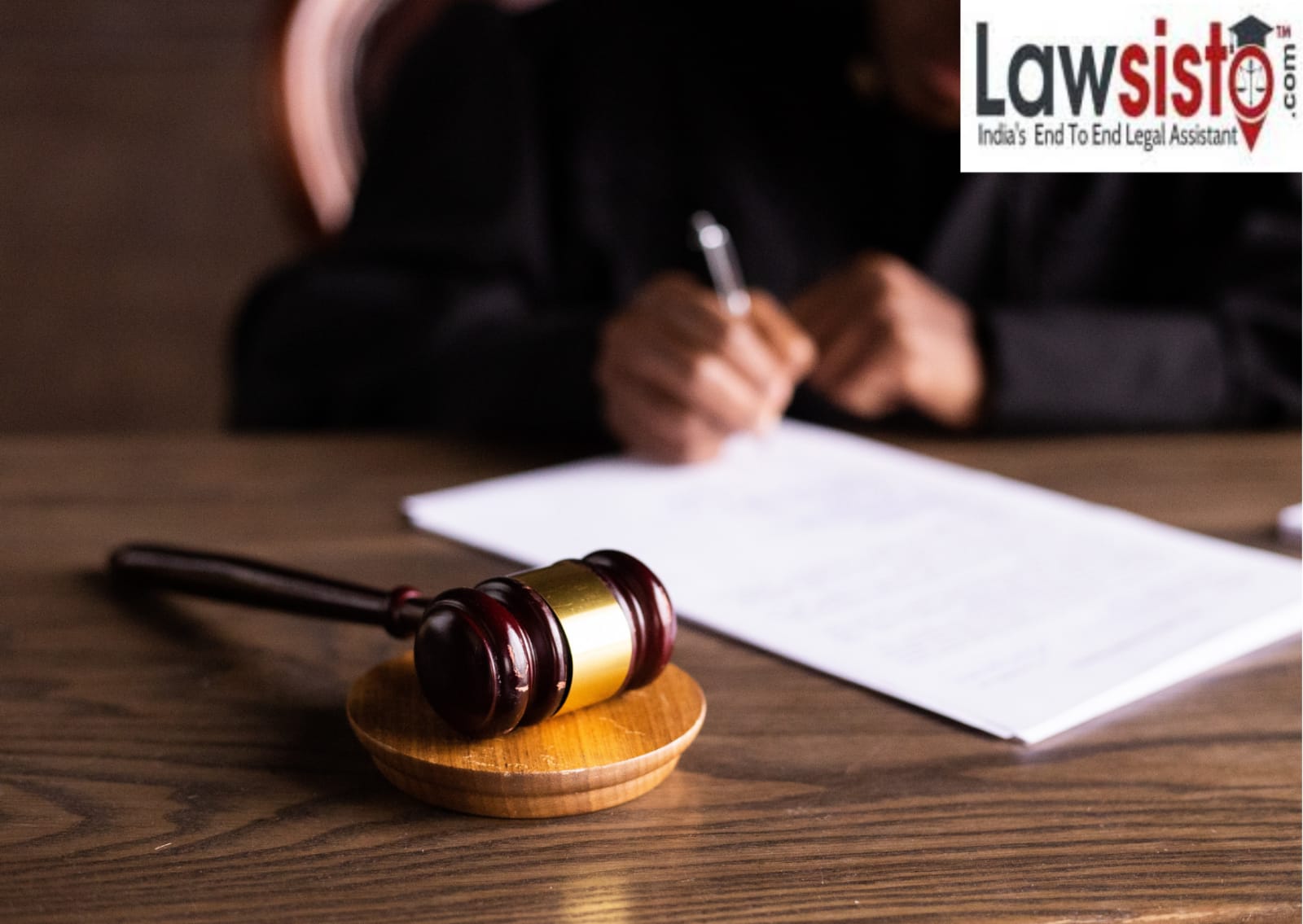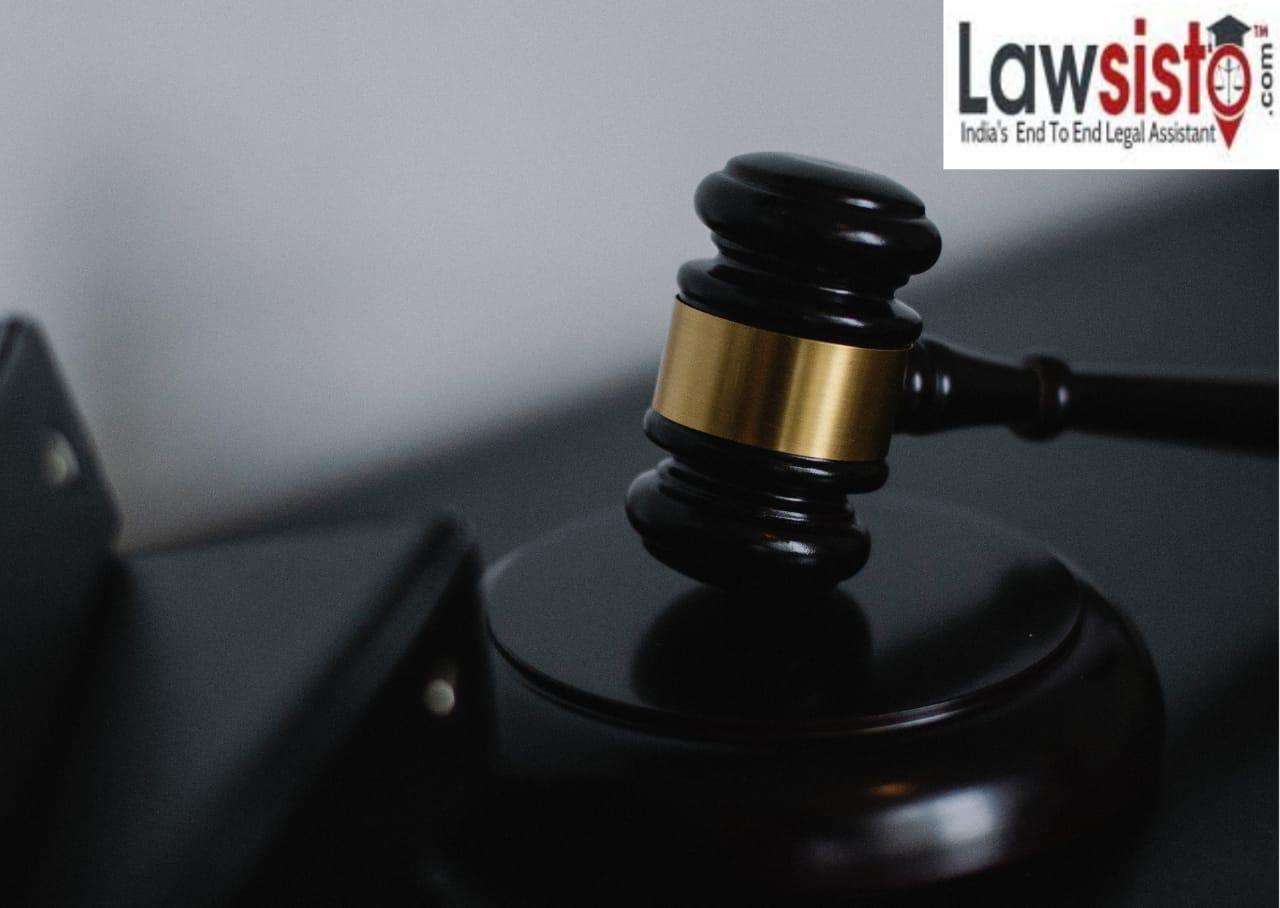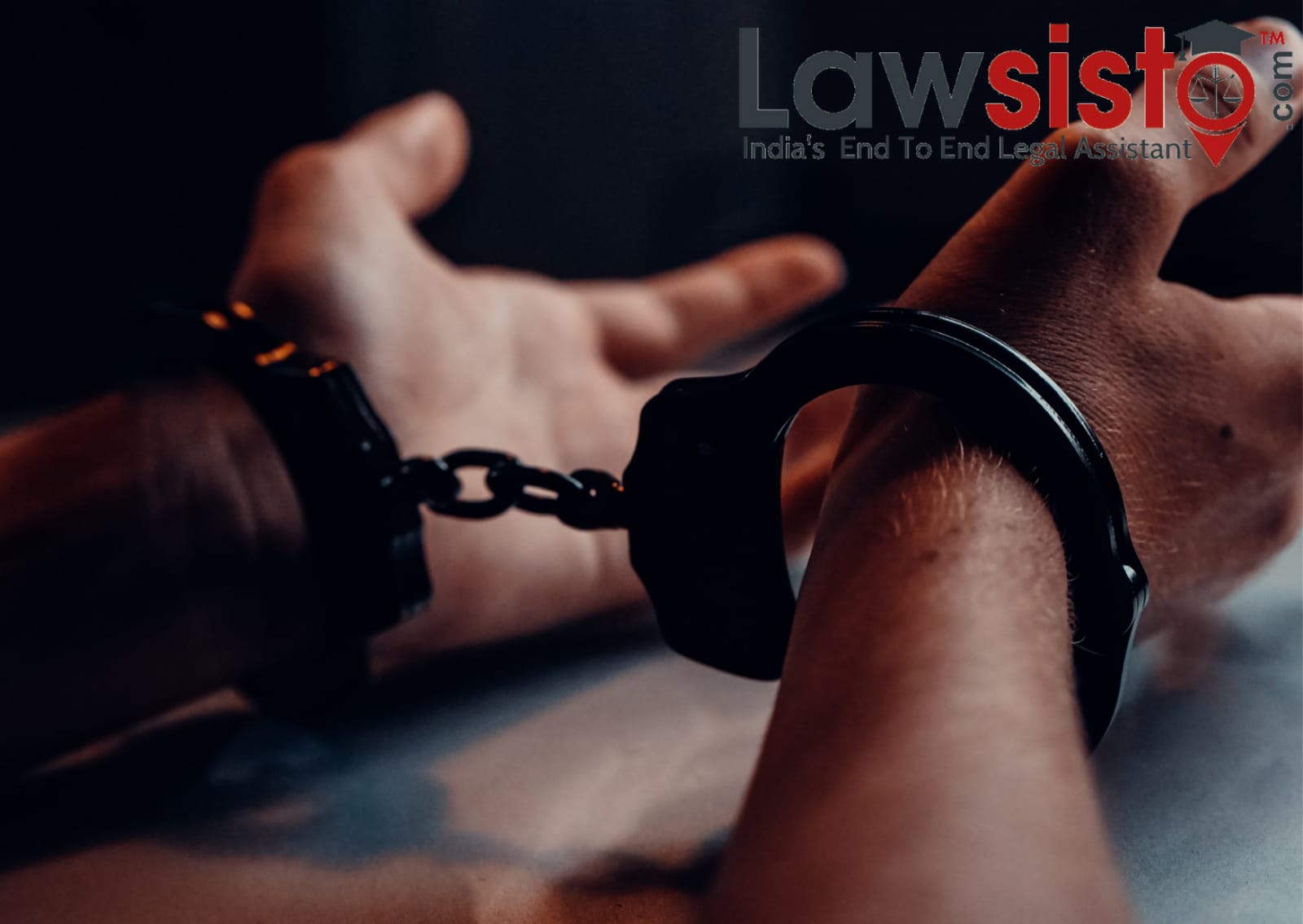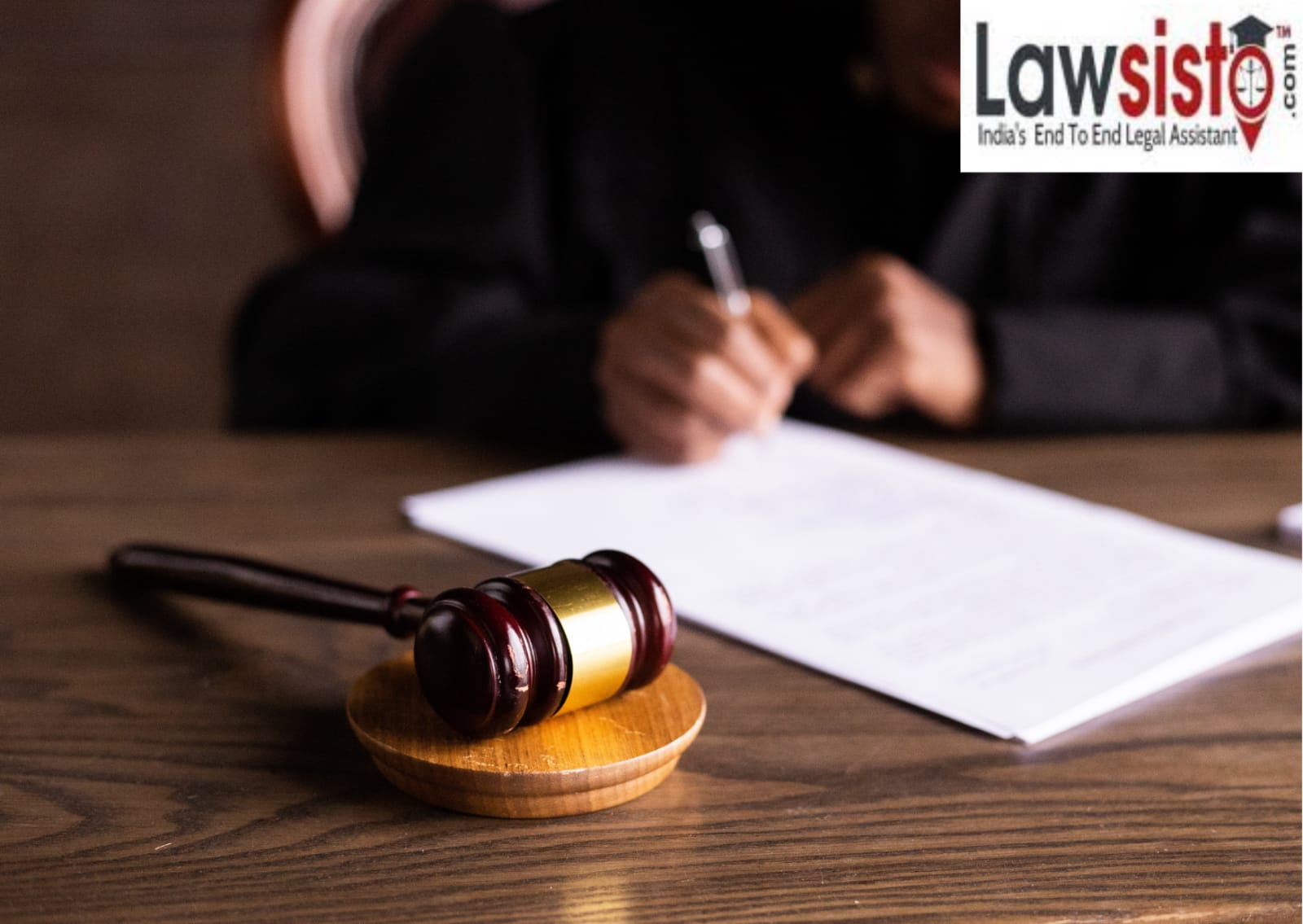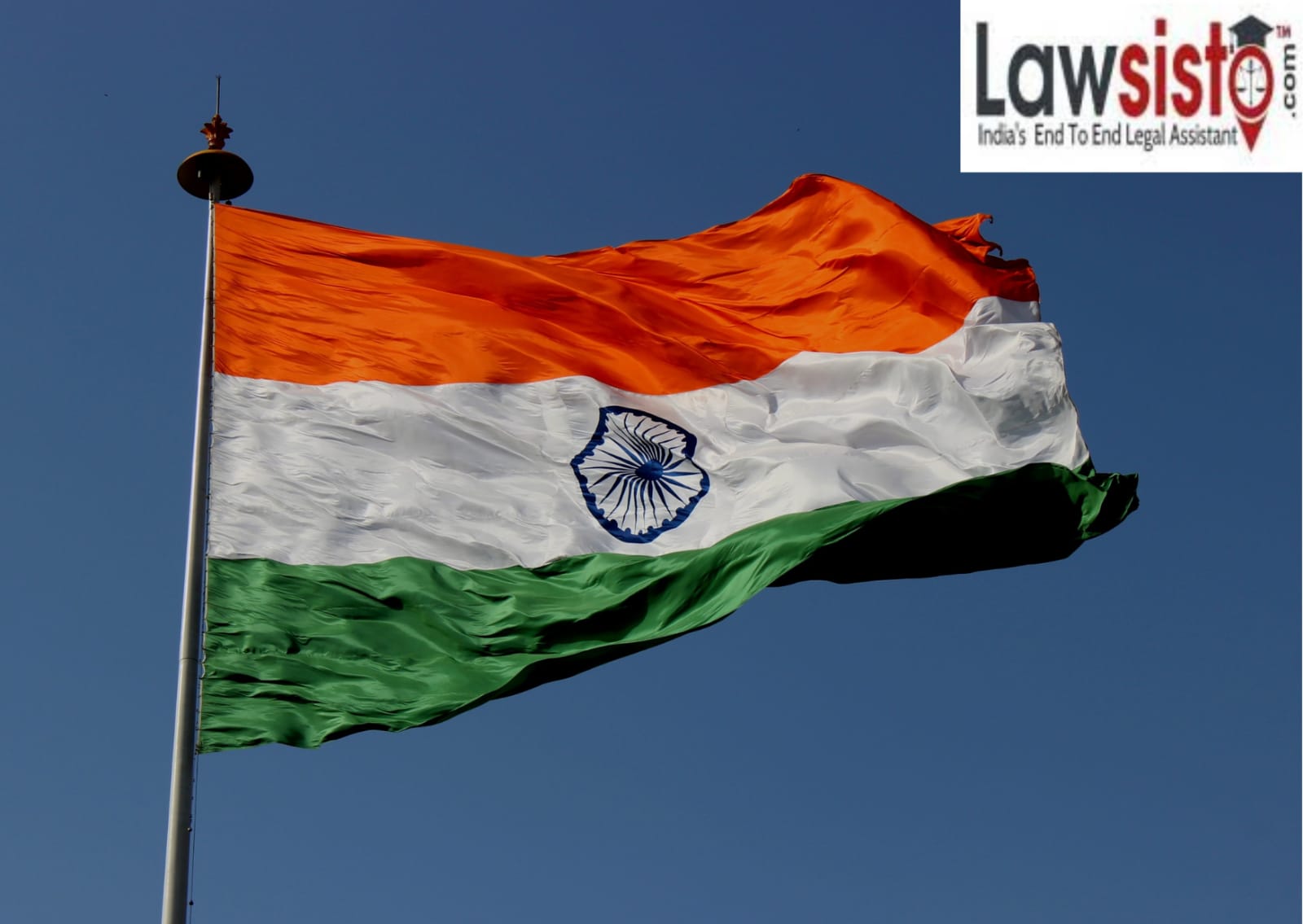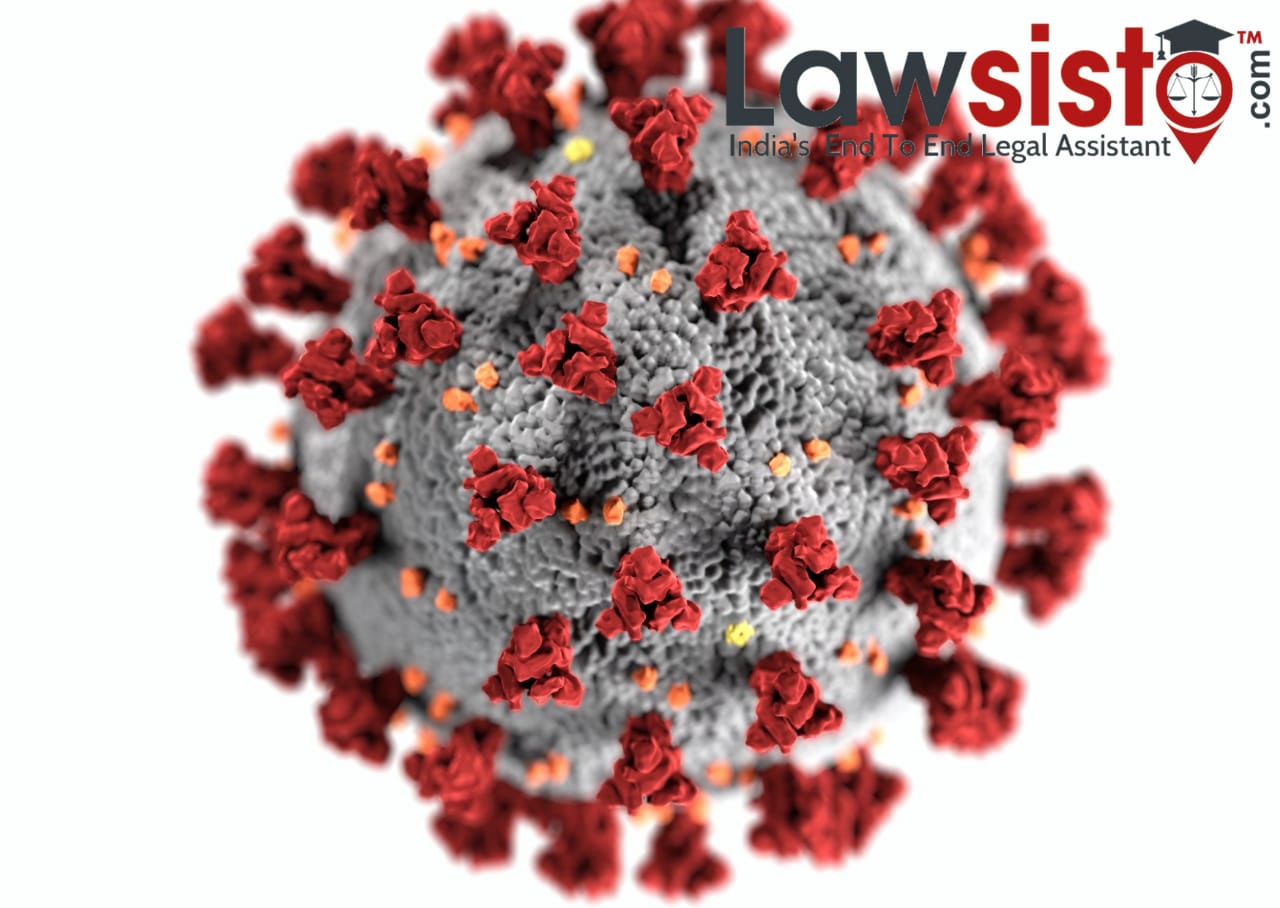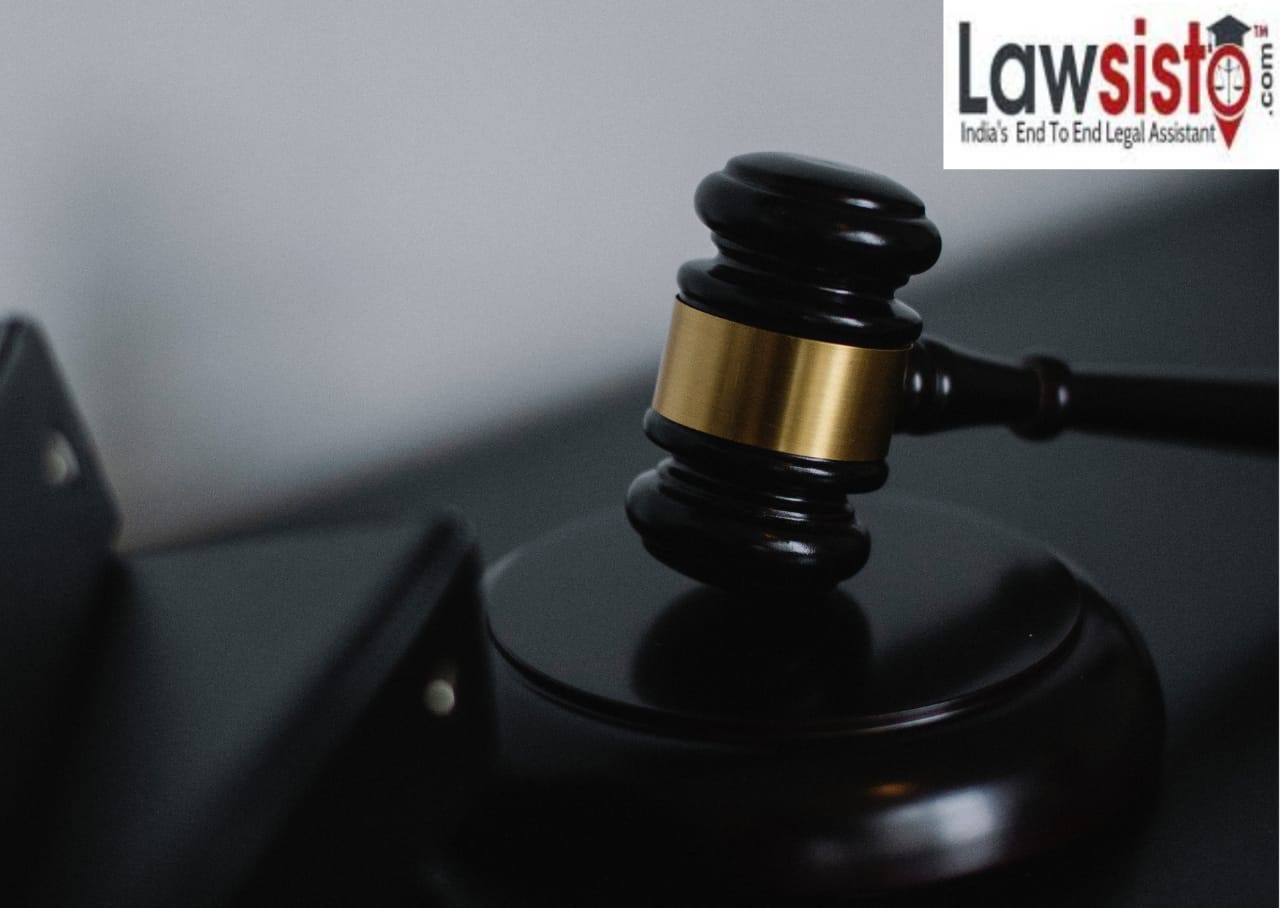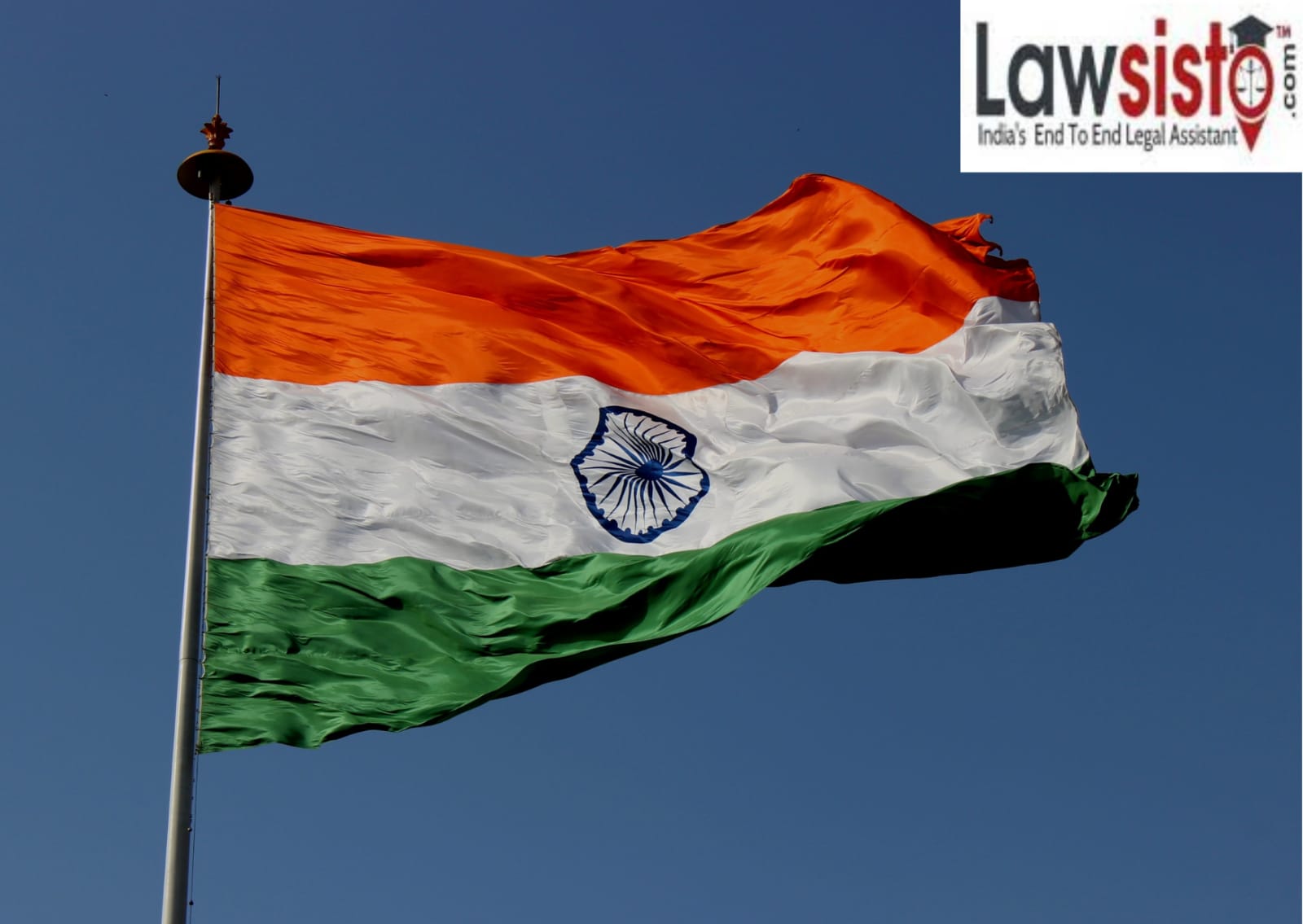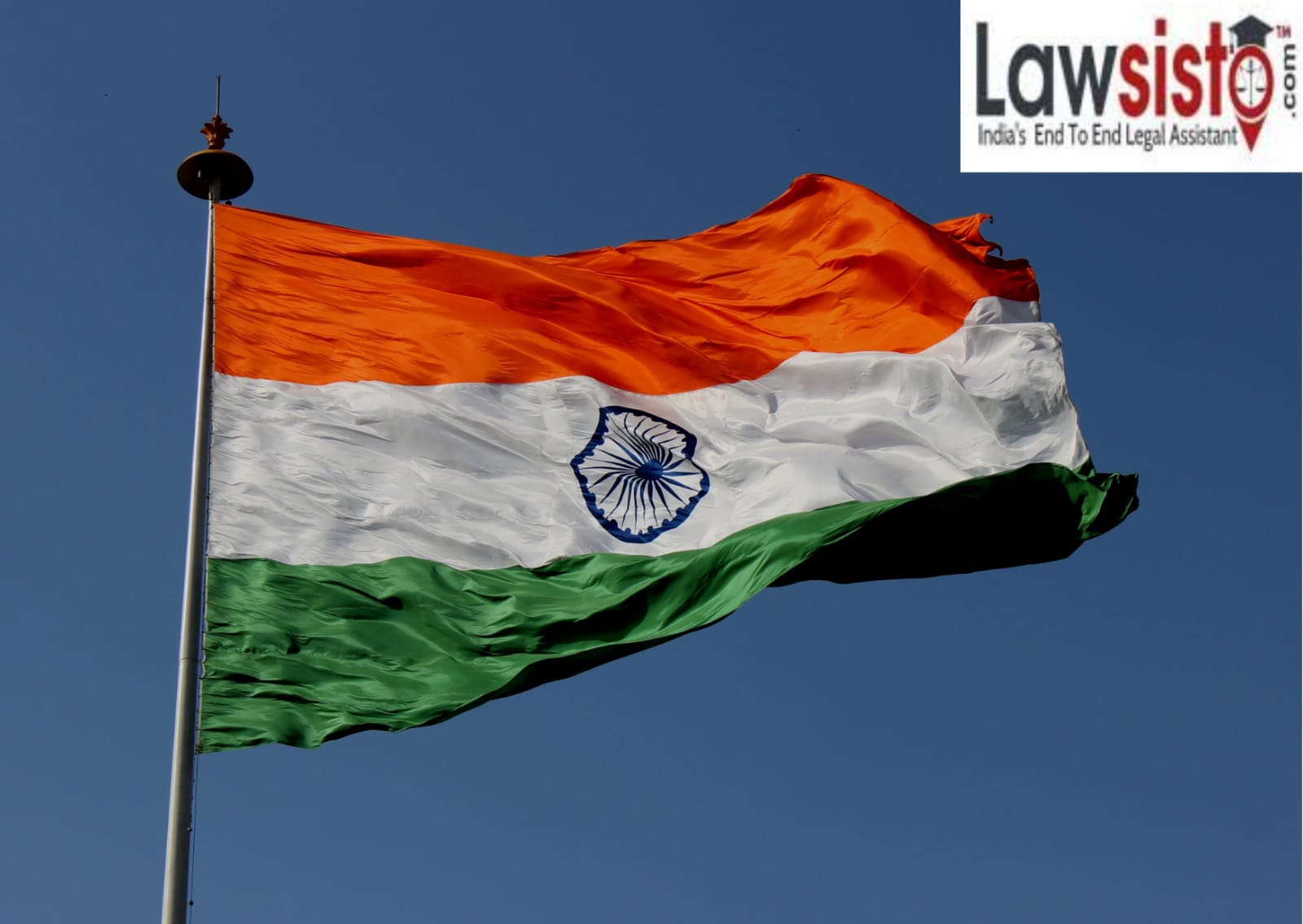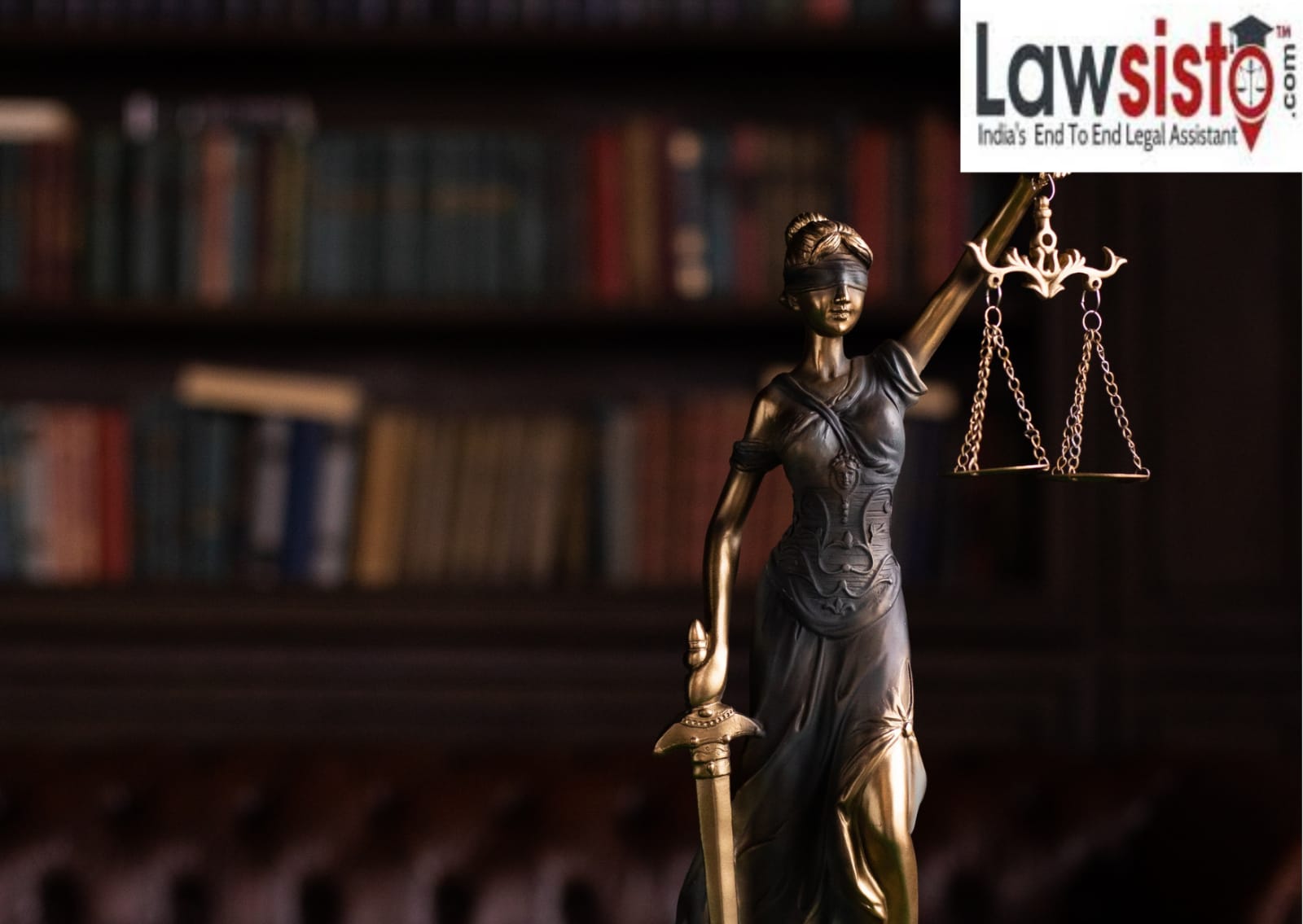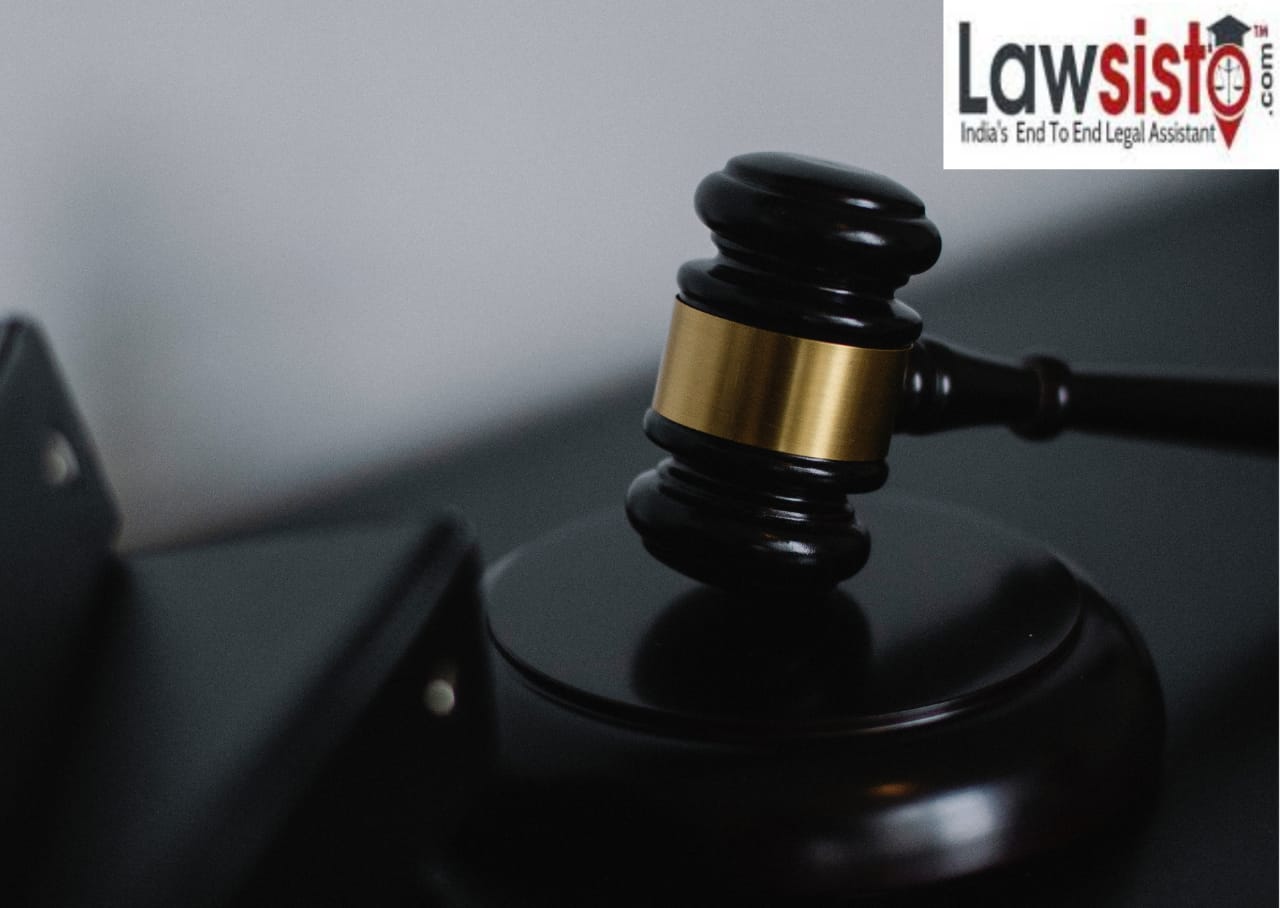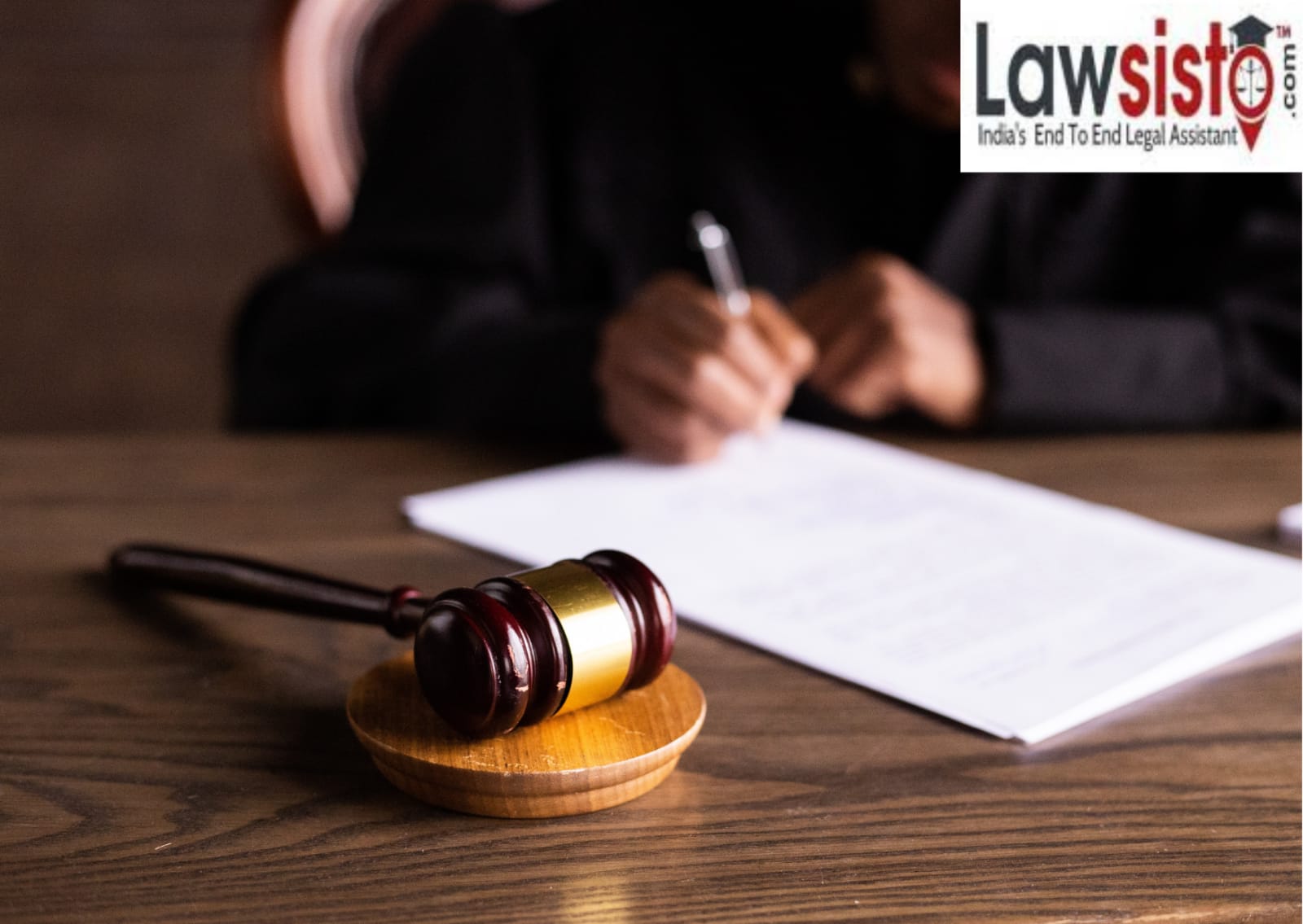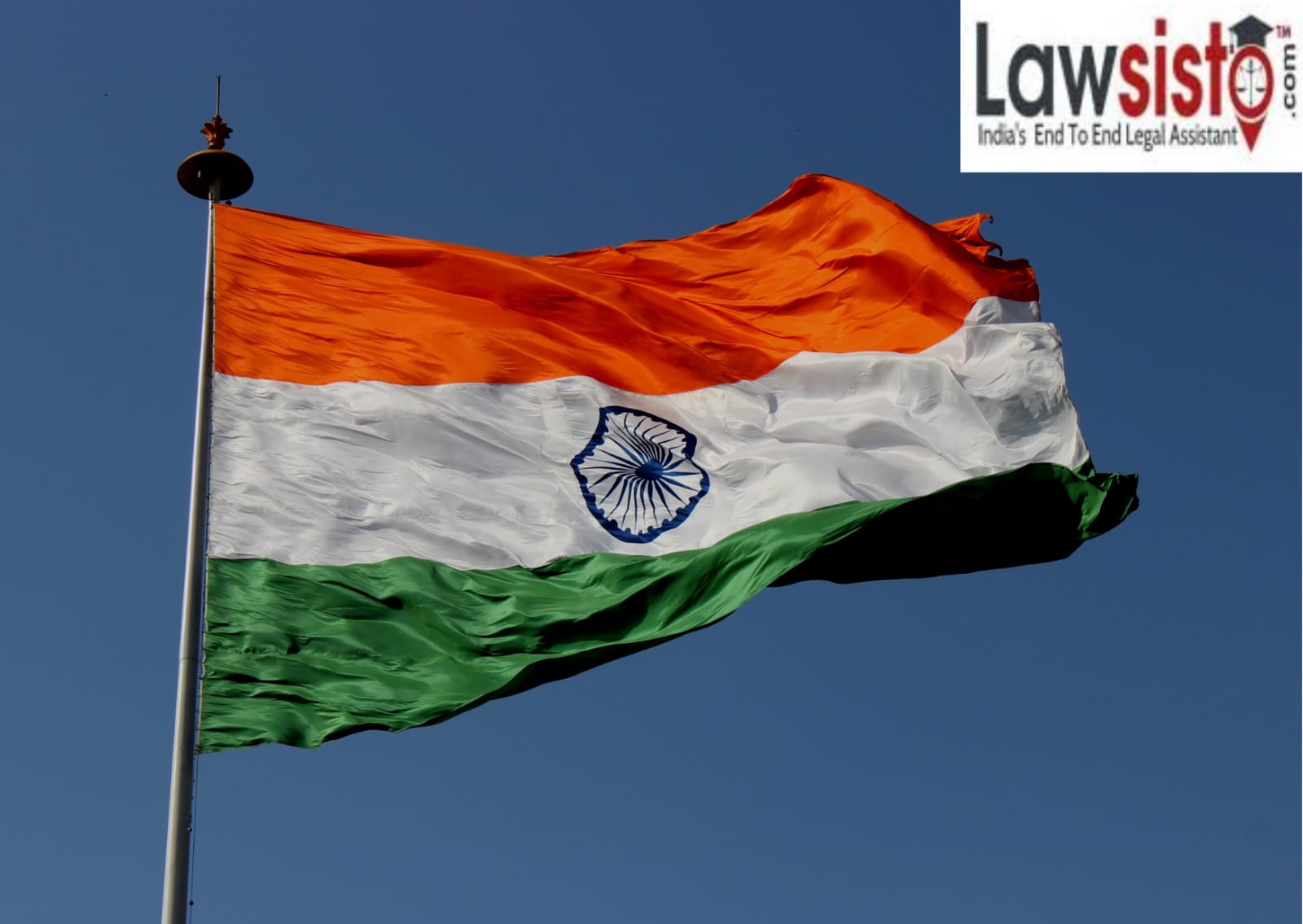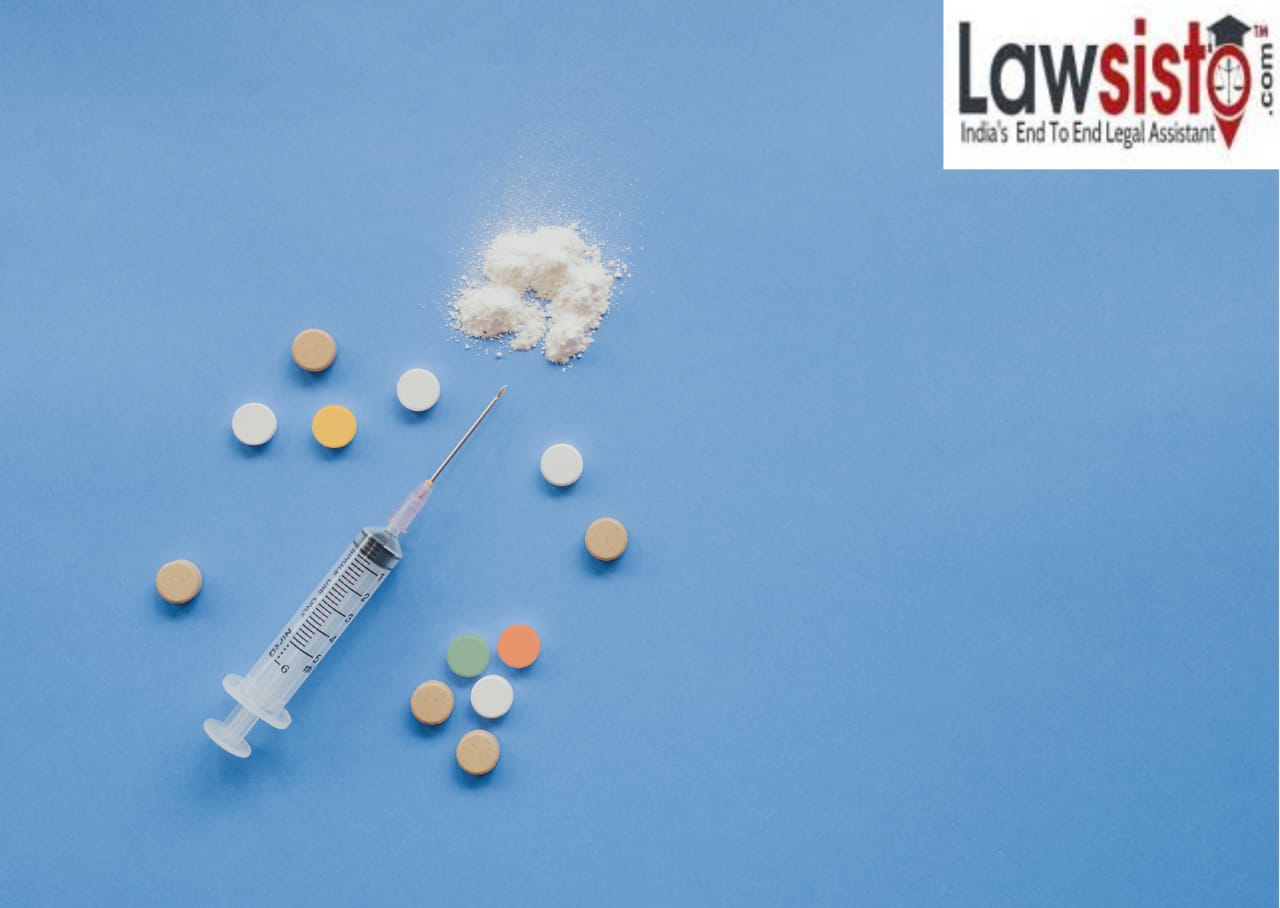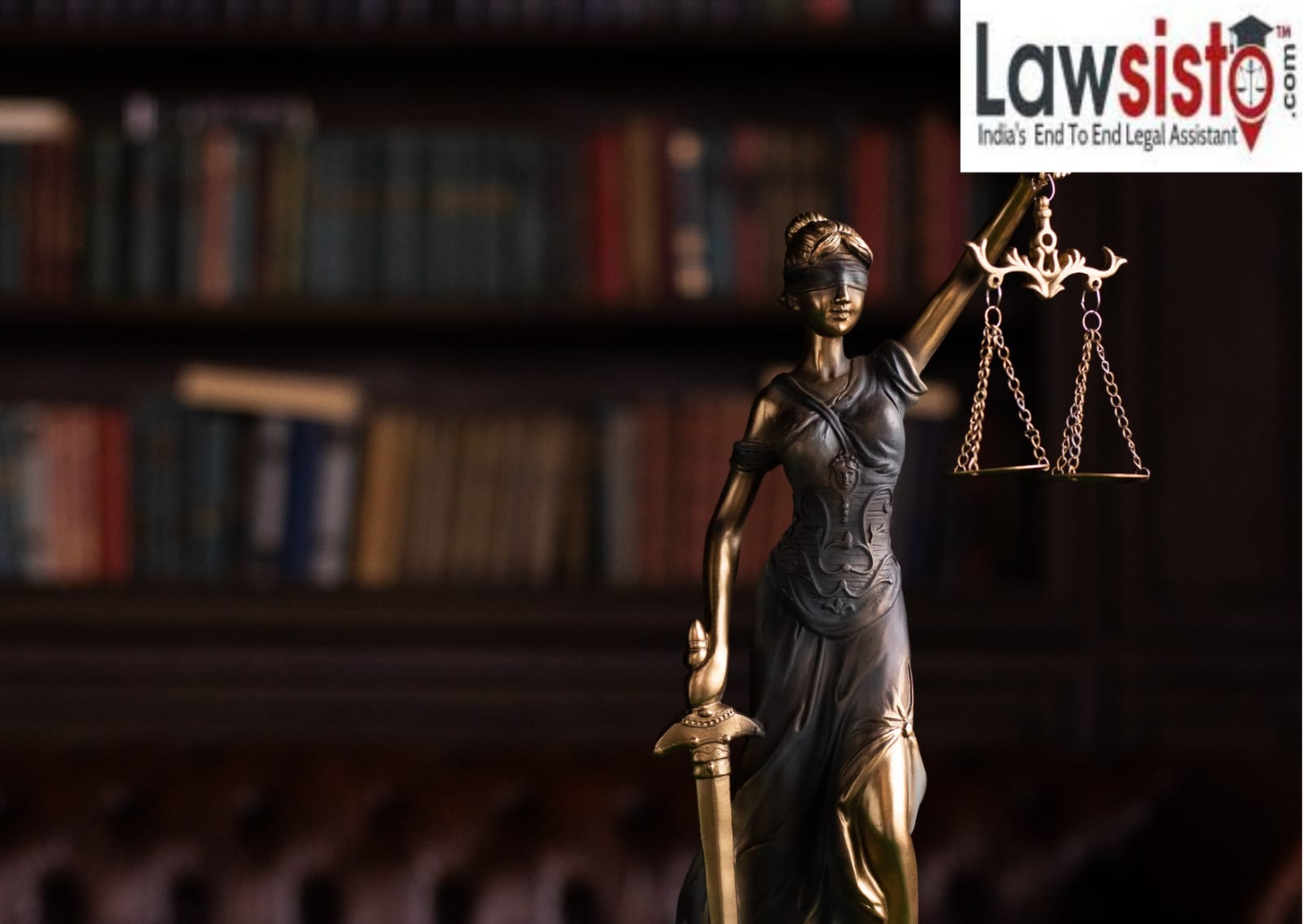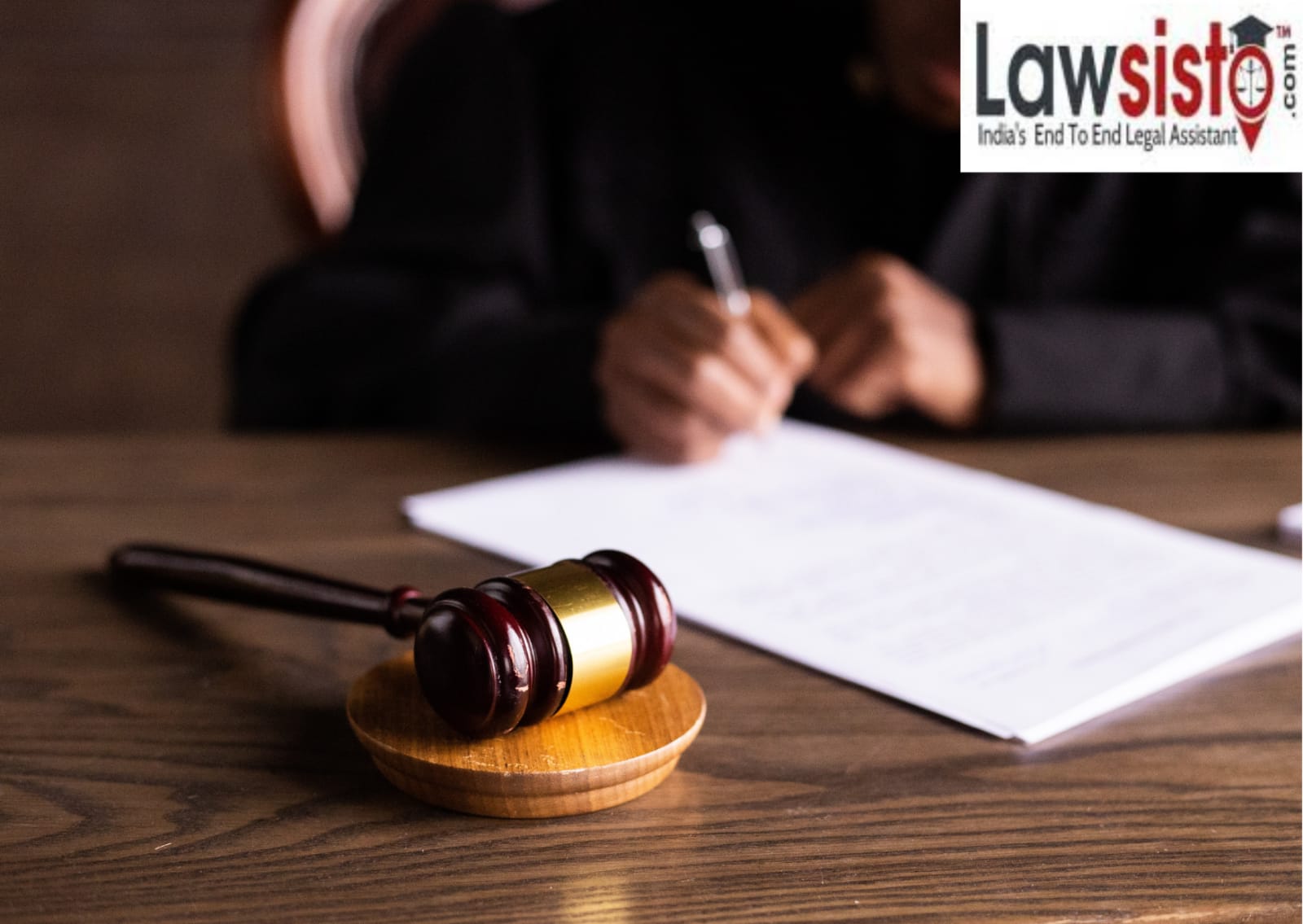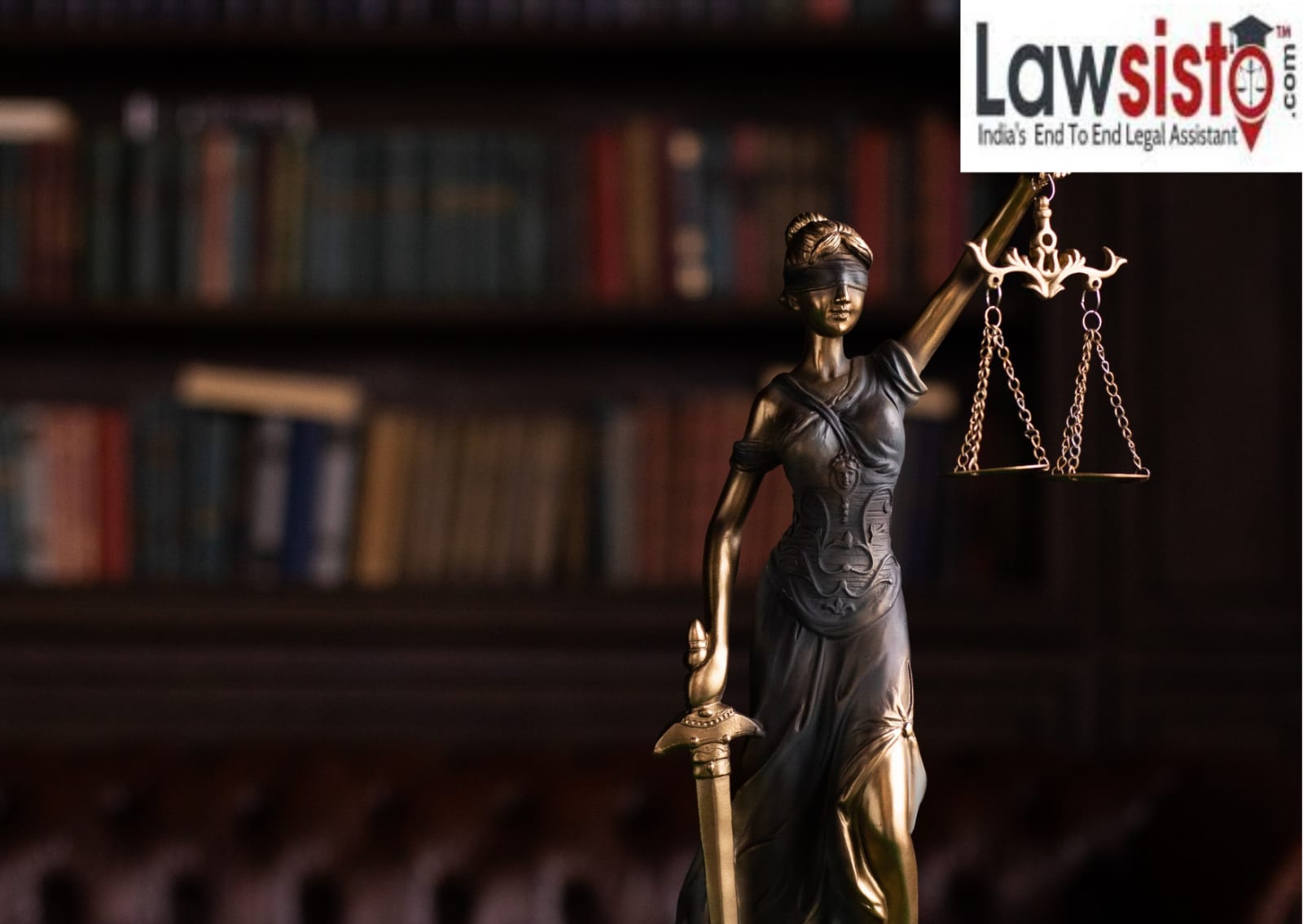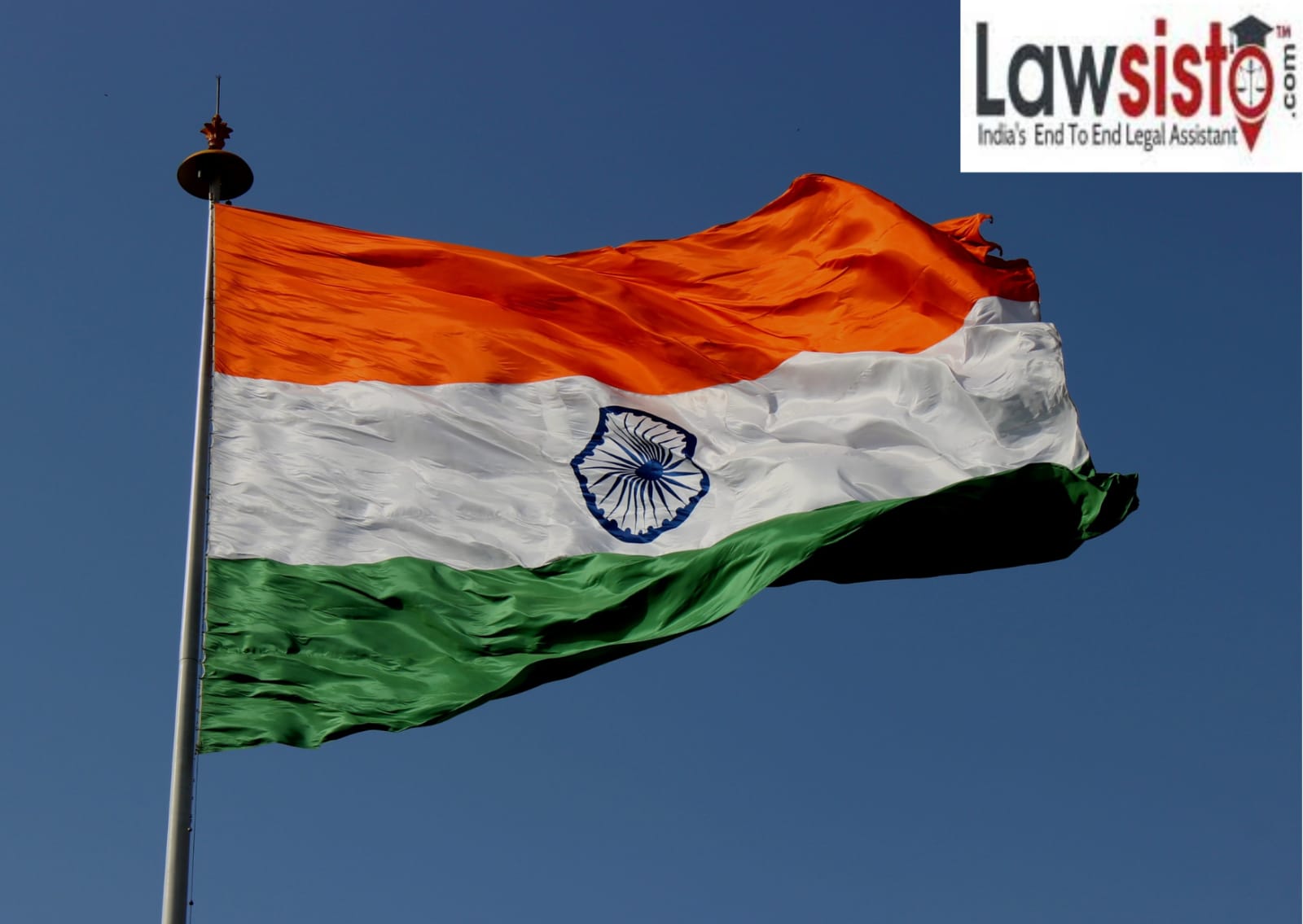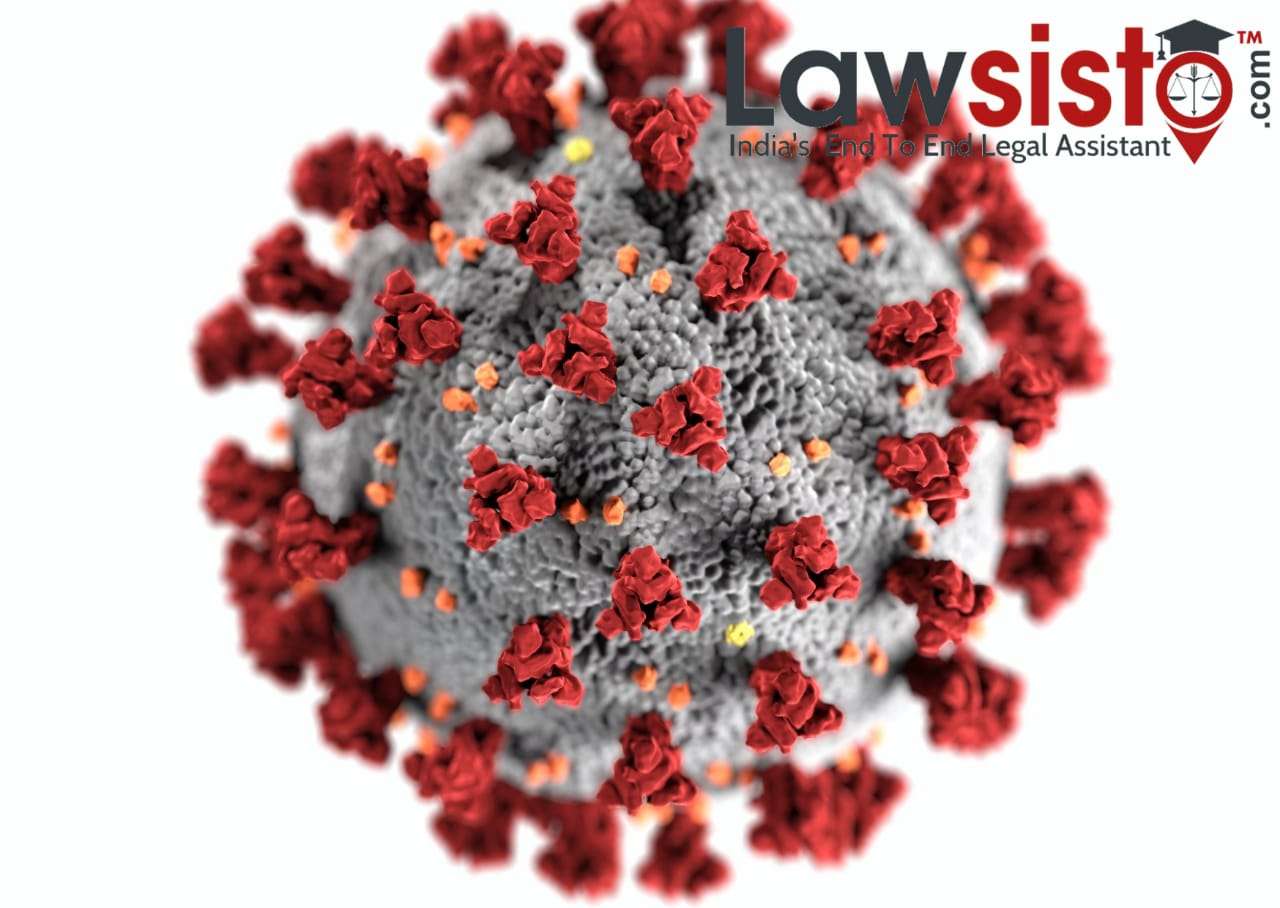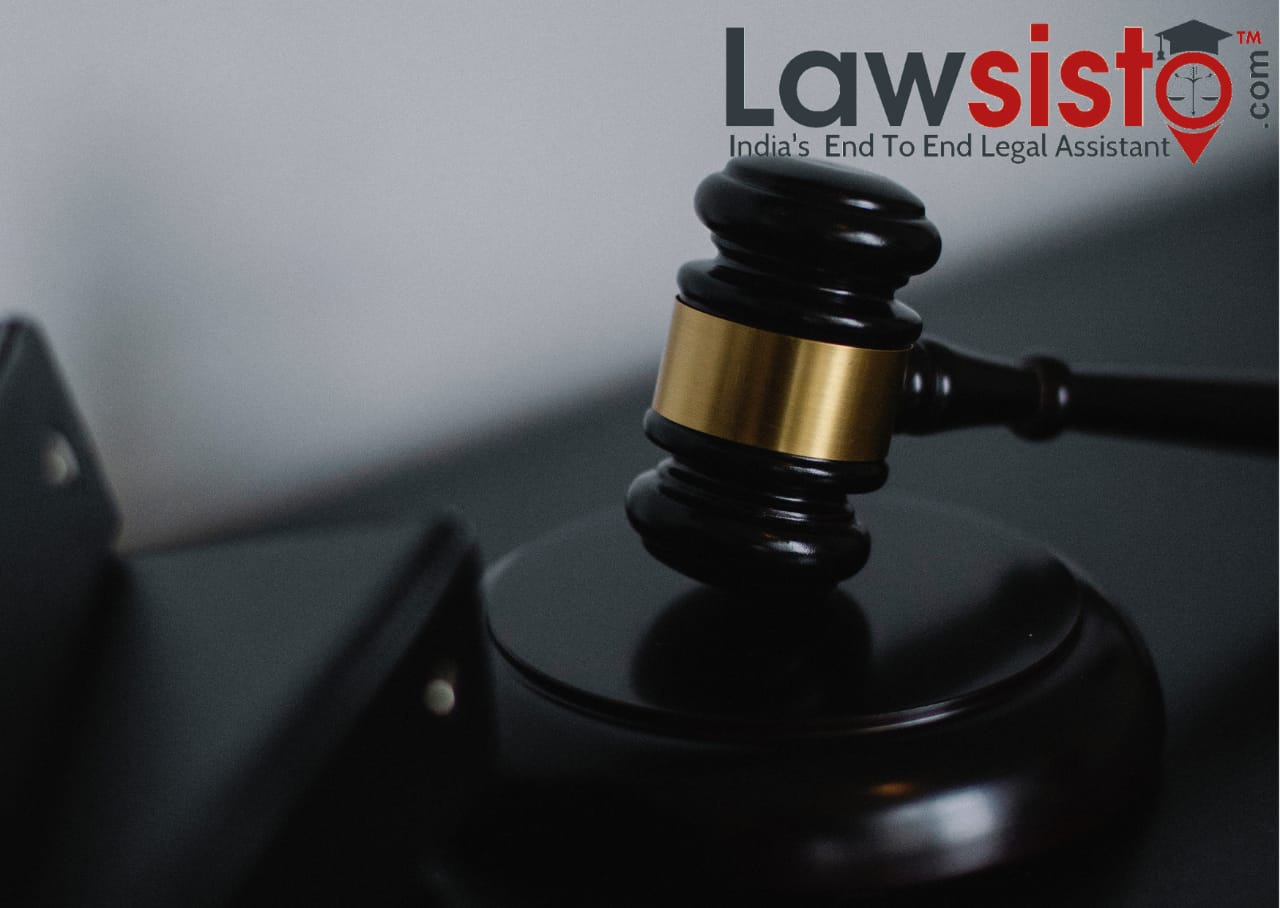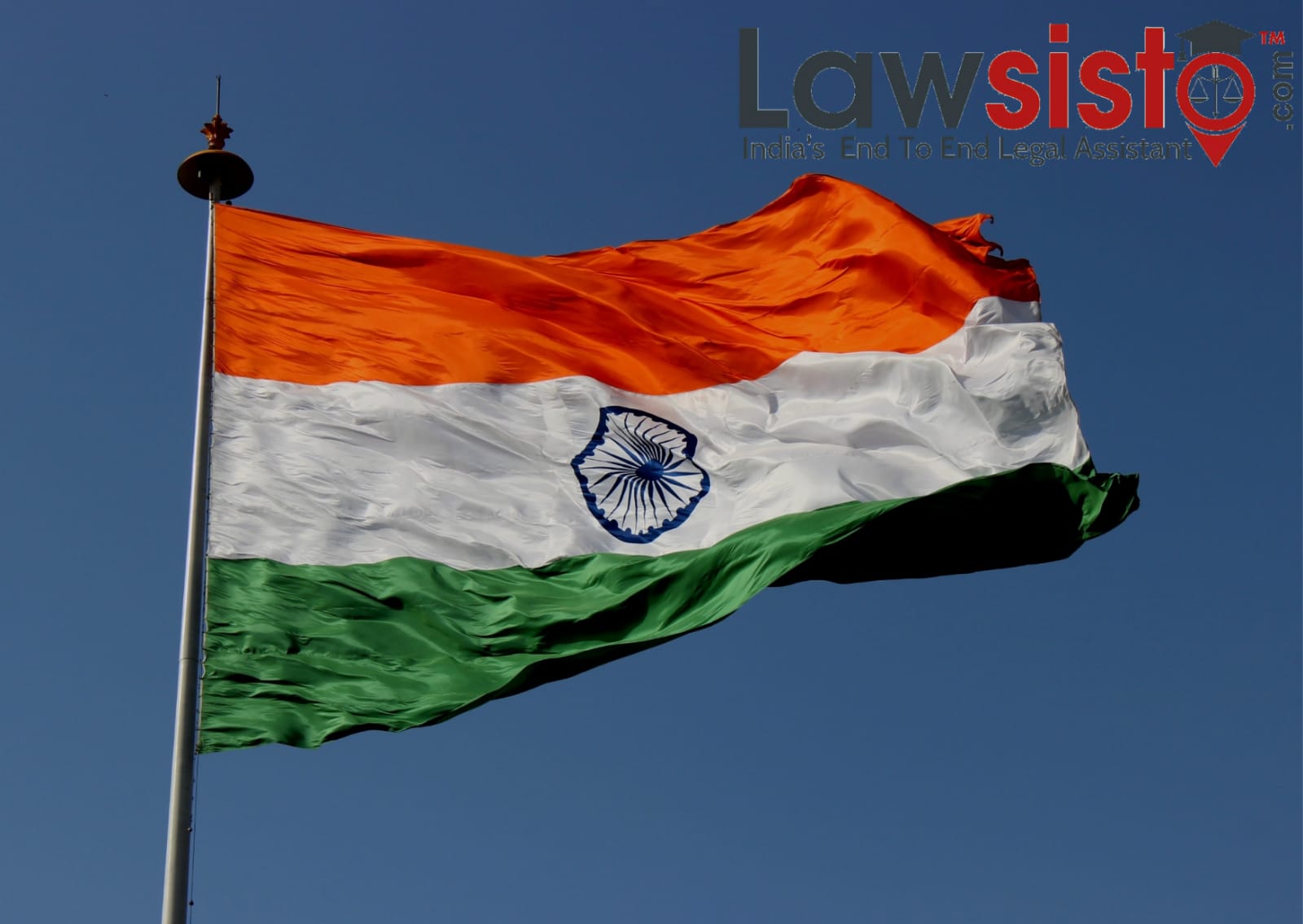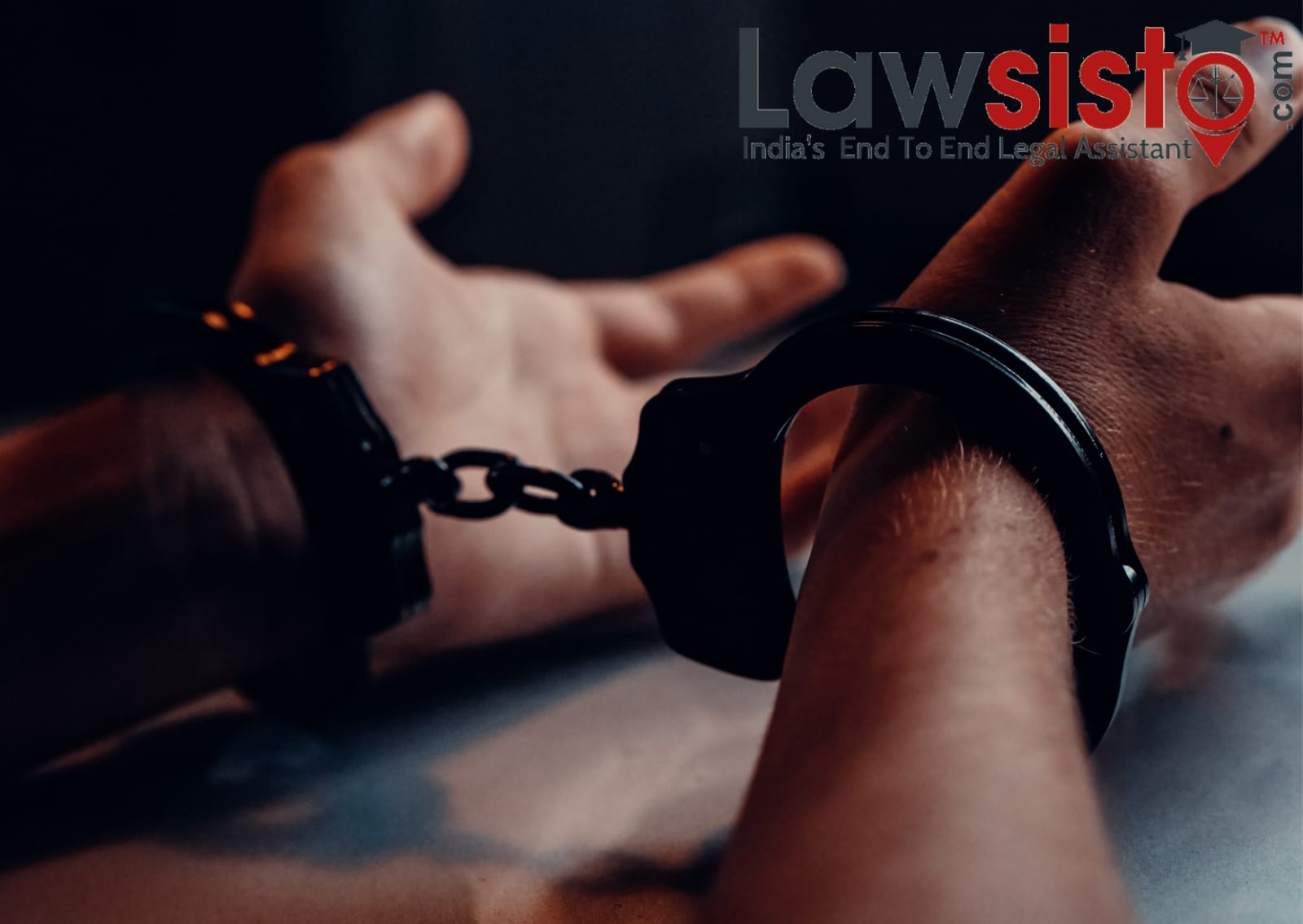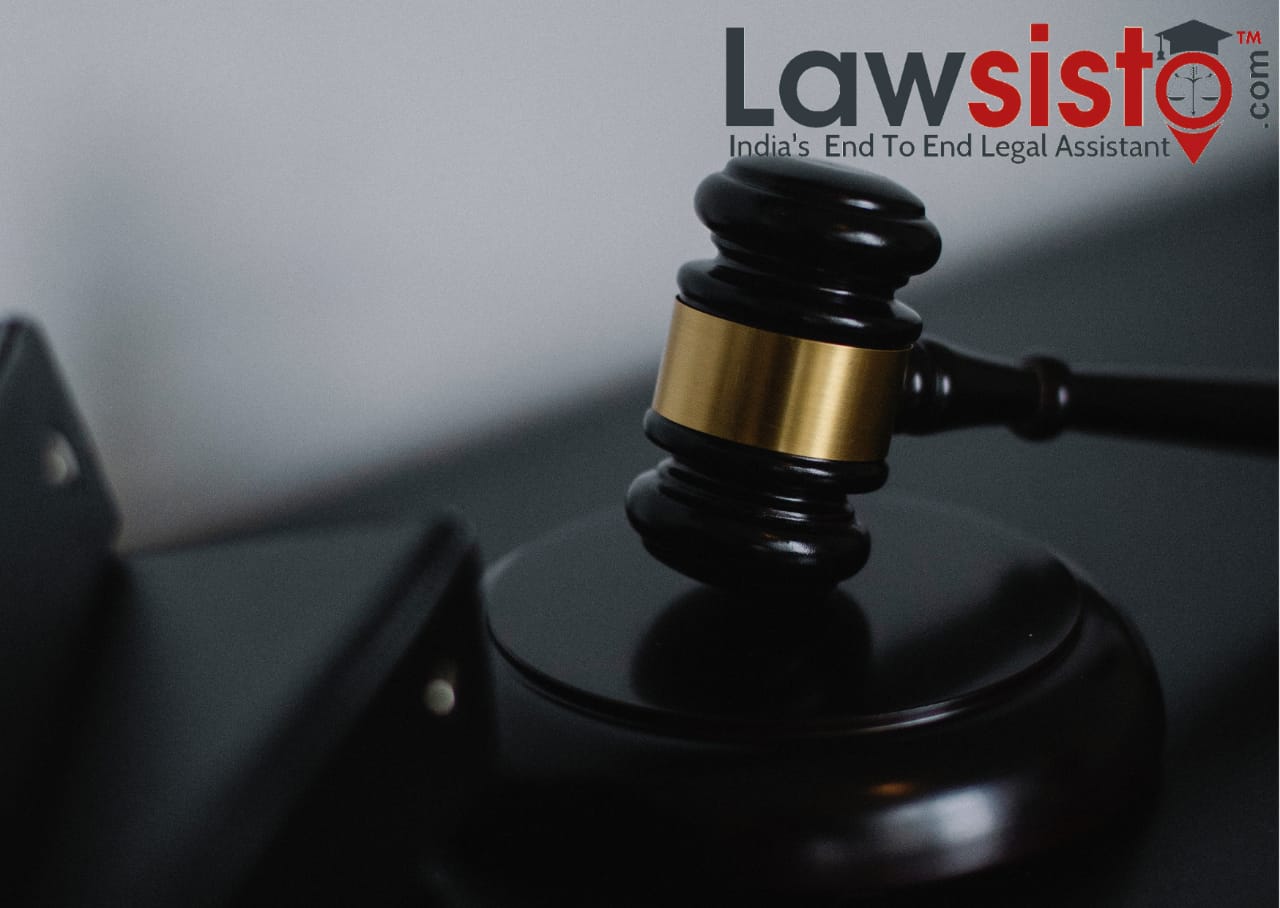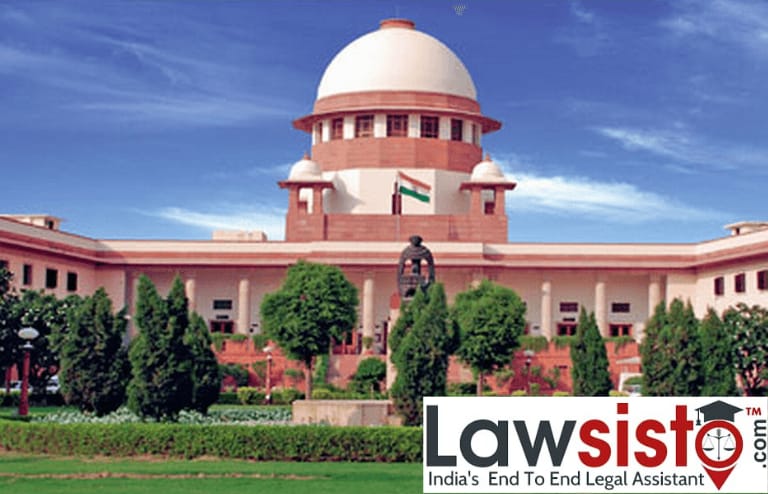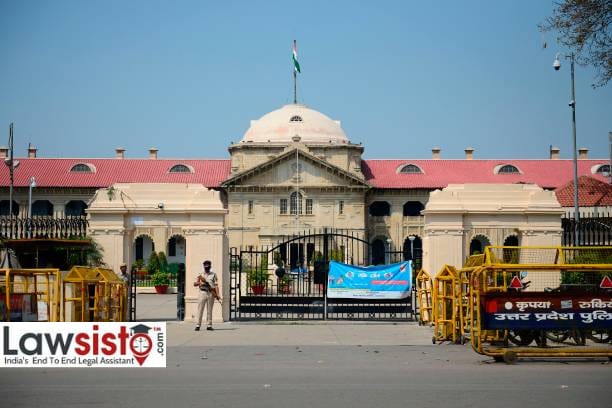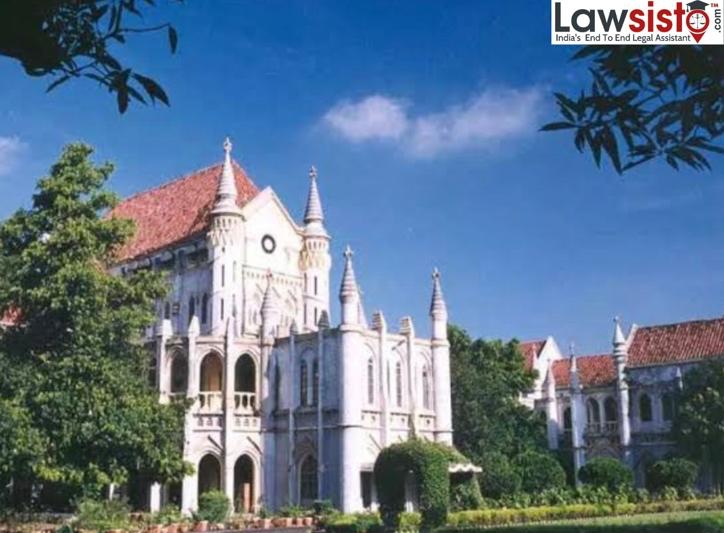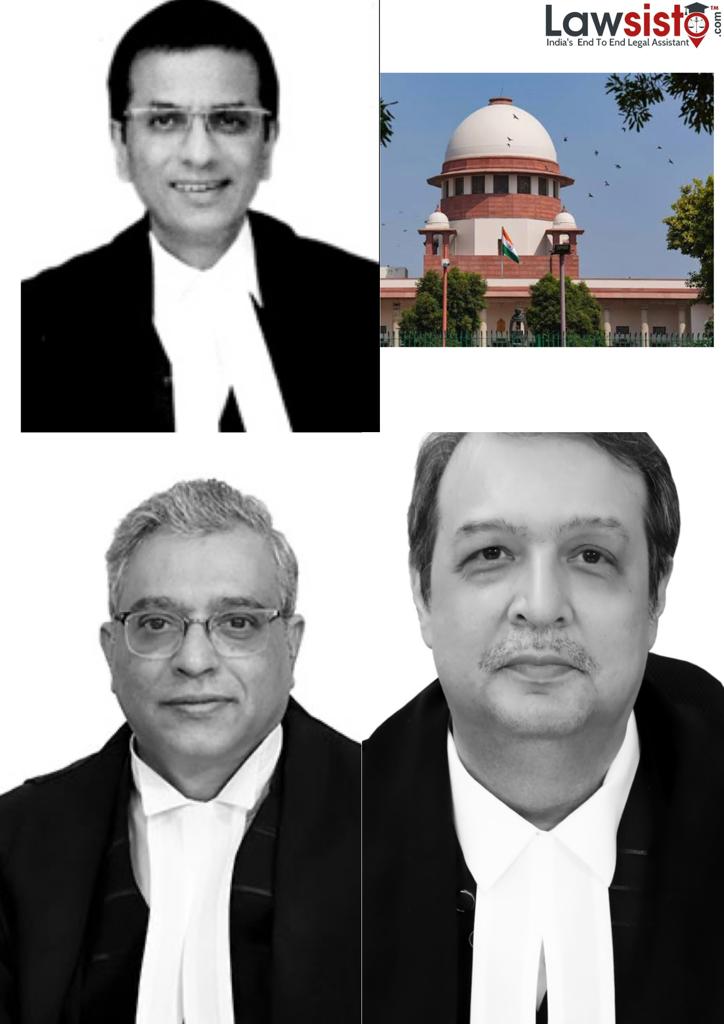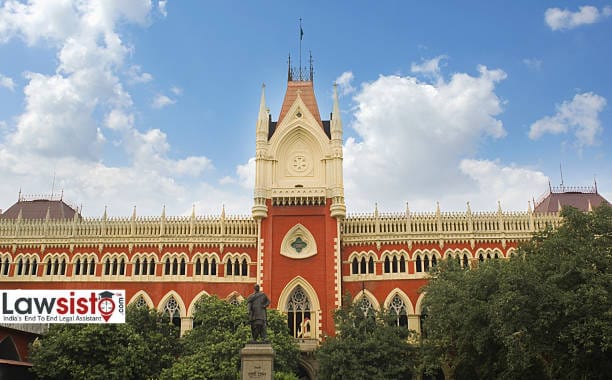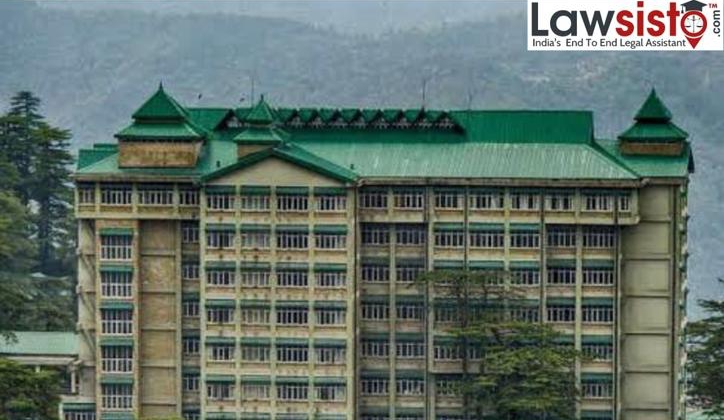Latest News
POORNA PRAJNA PUBLIC SCHOOL VS CIC (Whether Right To Information Application can be maintainable against a private university? )
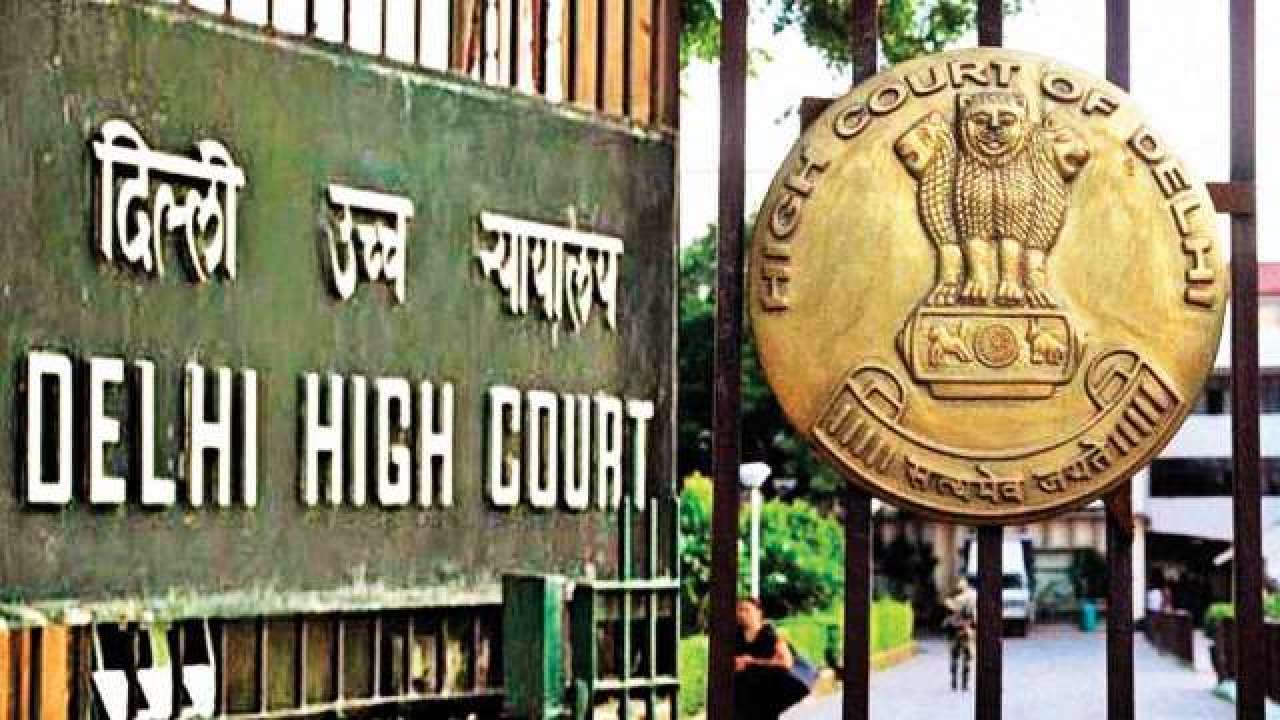
Private Schools are not covered under the Right To Information Act, 2005 but still, there is a ray of hope as the information which is available with the government is accessible under this act. The main objective of the Right to Information Act, 2005 is that it mandates timely response to citizen requests for government information.
Section 2 (j) defines “right to information” to mean the right to information accessible under this Act which is held by or under the control of any public authority and includes the right to-
(i) inspection of work, documents, records;
(ii) taking notes, extracts, or certified copies of documents or records;
(iii) taking certified samples of material;
(iv) obtaining information in the form of diskettes, floppies, tapes, video cassettes or in any other electronic mode or through printouts where such information is stored in a computer or in any other device;
These two terms which are of utmost importance are also defined under the RTI, 2005.
- 2 (f) “information” means any material in any form, including records, documents, memos, e-mails, opinions, advice, press releases, circulars, orders, logbooks, contracts, reports, papers, samples, models, data material held in any electronic form and information relating to any private body which can be accessed by a public authority under any other law for the time being in force;
- 2(h) “public authority” means any authority or body or institution of self-government established or constituted—
(a) by or under the Constitution;
(b) by any other law made by Parliament;
(c) by any other law made by State Legislature;
(d) by a notification issued or order made by the appropriate Government, and includes any—
(i) body owned, controlled, or substantially financed;
(ii) non-Government organization substantially financed, directly or indirectly by funds provided by the appropriate Government;
Words “means” and “includes” used in Section 2(h) indicate that ambit of “public authority” in Section 2(h) is exhaustive and does not warrant any other interpretation. The question at hand is whether the RTI Application can be maintainable against a private university. Taking a look at the objective of RTI, it was enforced to ensure a transparent flow of information to the citizens from a public authority. Thus, it becomes imperative that the application be filed against a public authority.
For instance: A private university, ‘X’ is required to furnish certain information to UGC, which is the public authority that holds information pertaining to Universities. Therefore, the application for seeking any information should be filed against the UGC and not the University ‘X’. Following this, the UGC shall supply all the information which comes within the domain of RTI to the applicant.
A public authority can provide information to the applicant, which can be accessed by it in the exercise of its statutory powers. The words accessible shall mean the information being readily available or reachable or which can be obtained from the document, file, etc.
In the present case, the respondent first filed an application to the public information officer but was not satisfied with the order filed against CIC. The CIC by their Order held that the petitioner School was indirectly funded by the Government as it enjoyed income tax concessions; was provided with land at subsidized rates etc. Further, the petitioner school was a public authority‘ as defined in Section 2(h) of the RTI Act. Lastly, the Information Commissioner has held that the public authority i.e. GNCTD can ask for information from the petitioner School and therefore the public information officer should have collected the information with regard to the minutes of the managing committee from the petitioner School and furnished the same to the respondent no.4. It was noted that all aided and unaided schools perform the governmental function of promoting high-quality education and further an officer of the GNCTD was nominated by the Directorate of Education as a member of the managing committee. GNCTD has control over the functioning of private schools and has access to the information required to be furnished.
Therefore it was held in the case “ Poorna Prajna Public School VS CIC that it is mandatory for the public authority to dispense the information available to them. Thus the information which the public authority is entitled to access is considered as the information mentioned in Section 2(f) of the Right to Information Act, 2005. Here public authority is referred to as the framework or the body under which the institution is governed.
It was further held by the Hon’ble High Court that the term ‘third party’ includes not only the public authority but also any private body or person other than the citizen making a request for the information. The school is a private body or a third party under Section 2(n) of the Right To Information Act, 2005. It was also held that a private body need not be a public authority and the said erm ‘private body’ has been distinguished and in the contradistinction to the term ‘public authority’ as defined in Section 2(h) of Right To Information Act.
Under Rule 50(xviii) of the DSE Rules, the Directorate of Education can issue instructions and can call upon the school to furnish information required on conditions mentioned therein being satisfied. Rule 50 therefore authorizes the public authority to have access to information or records of a private body i.e. a private unaided school. And also the minutes once circulated to the officer of the Directorate of Education have to be regarded as information‘ accessible to the Directorate of Education, GNCTD and hence it cannot be said that information in the form of minutes of the meeting of the management committee are not covered under Section 2(f) of the RTI Act.
Hence the application is not maintained against the private body but the information shall be gathered through the public authority and the question of whether the petitioner school is a public authority is left open and not decided.
Document:

